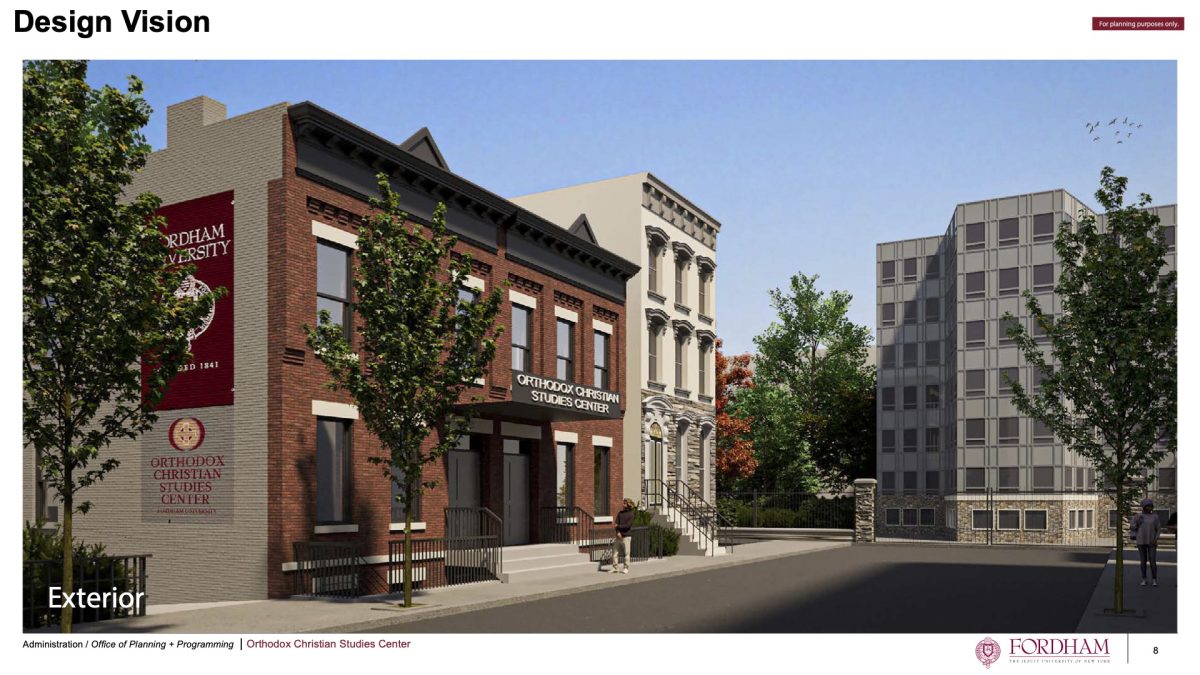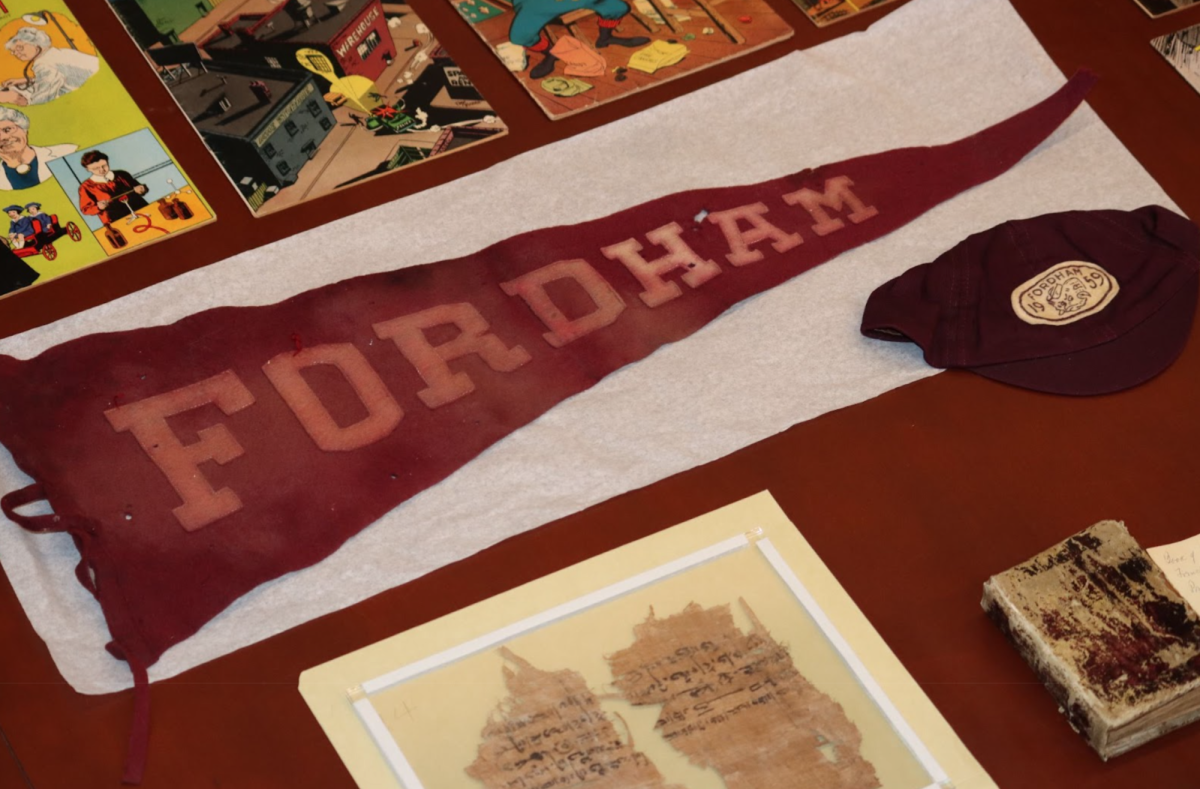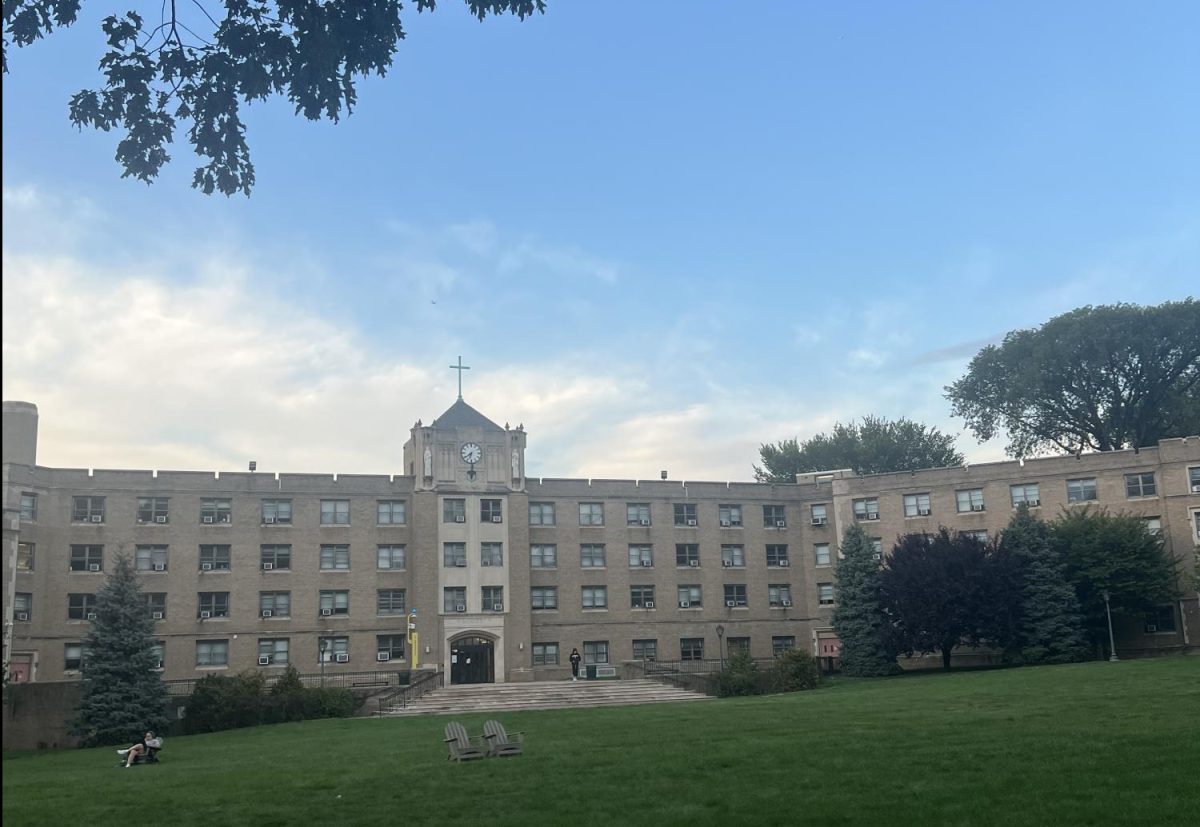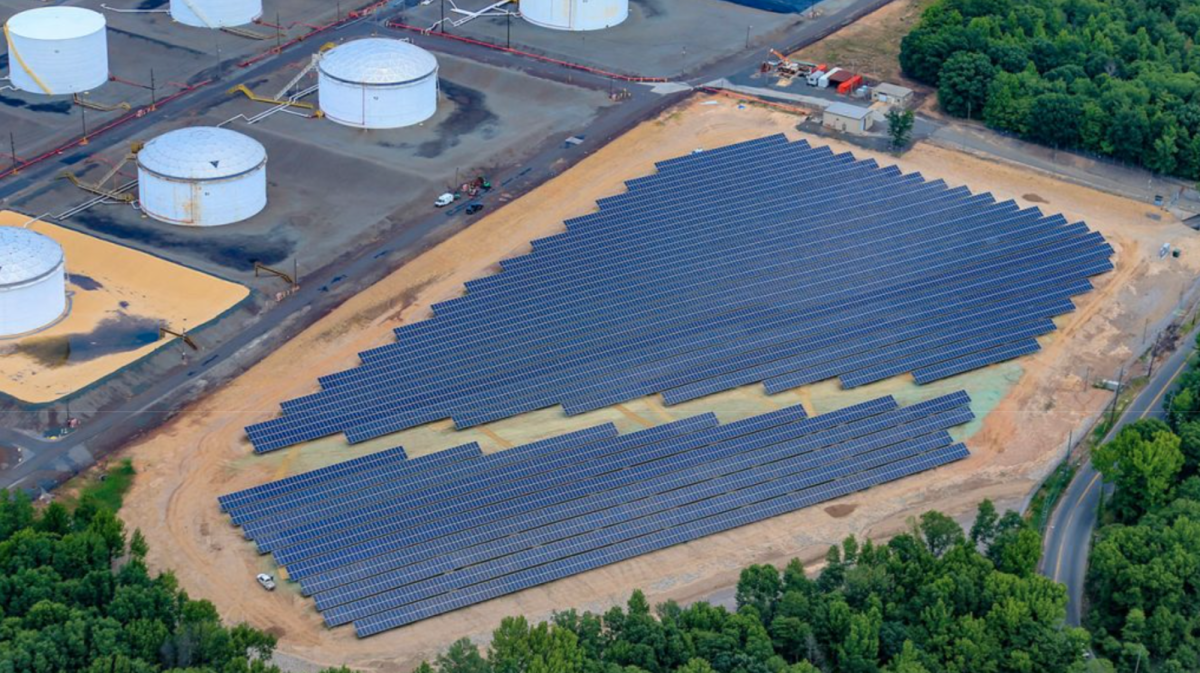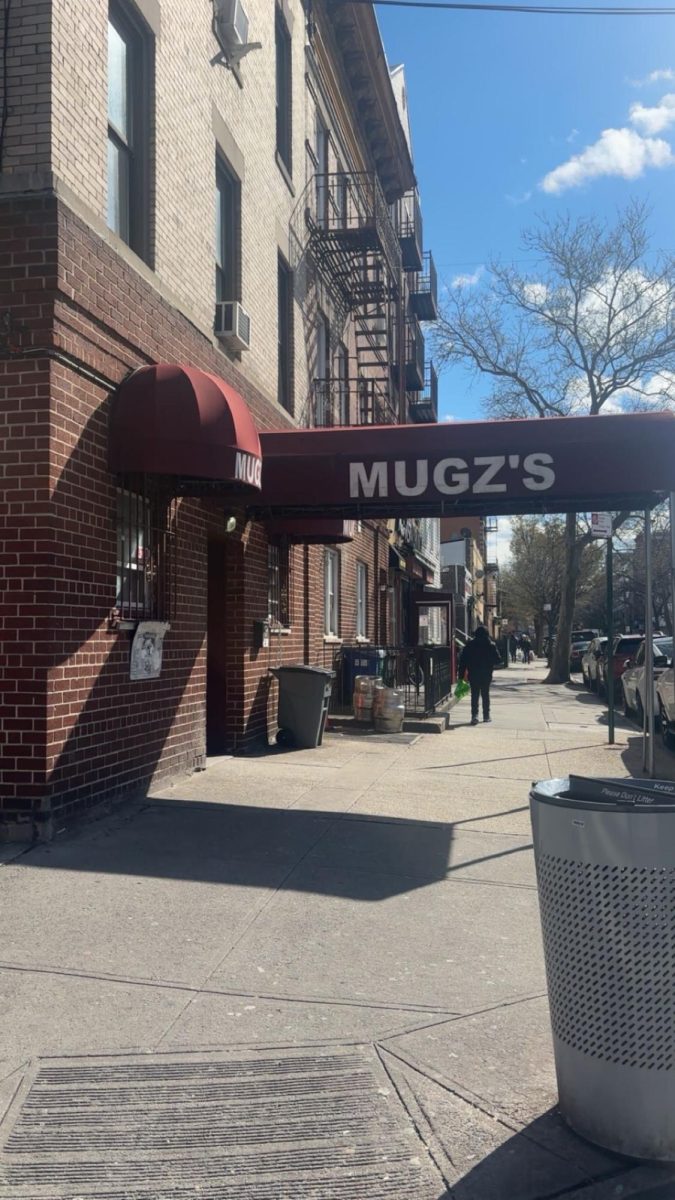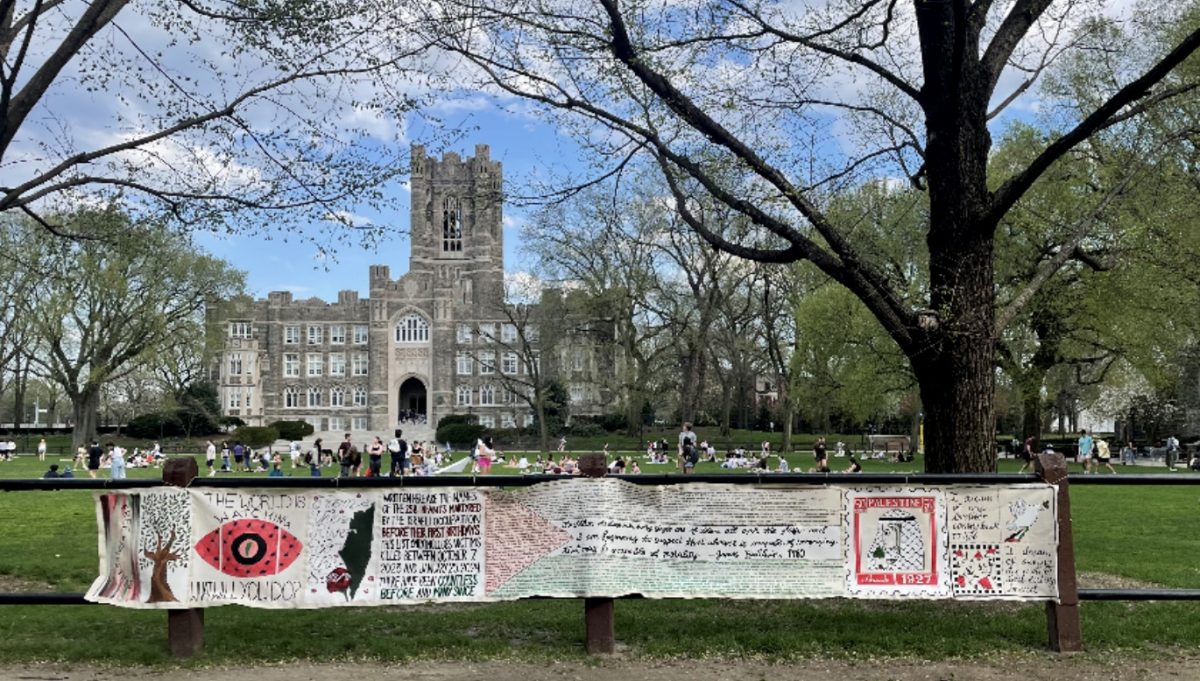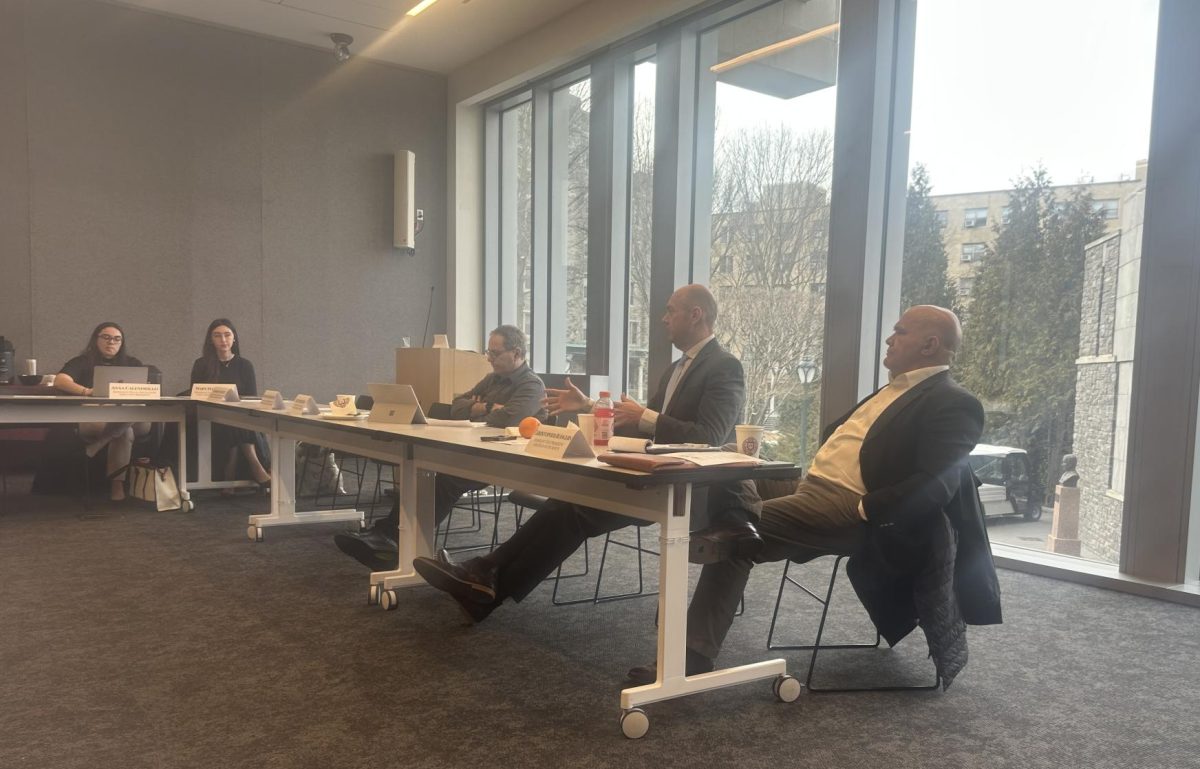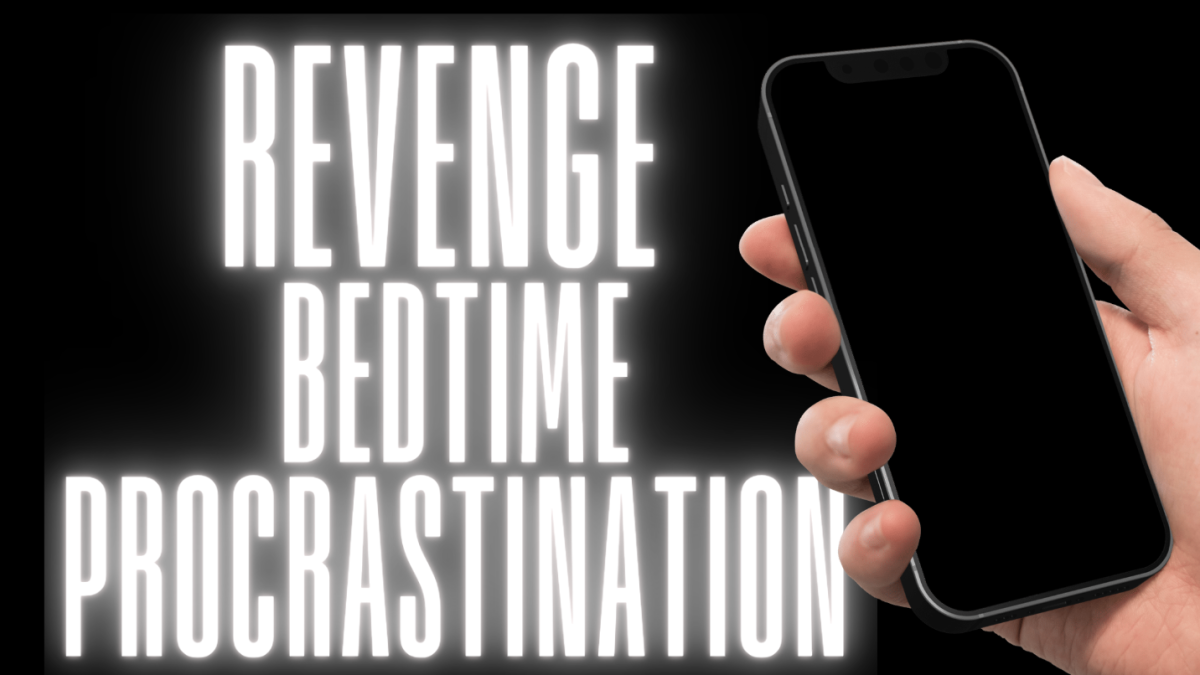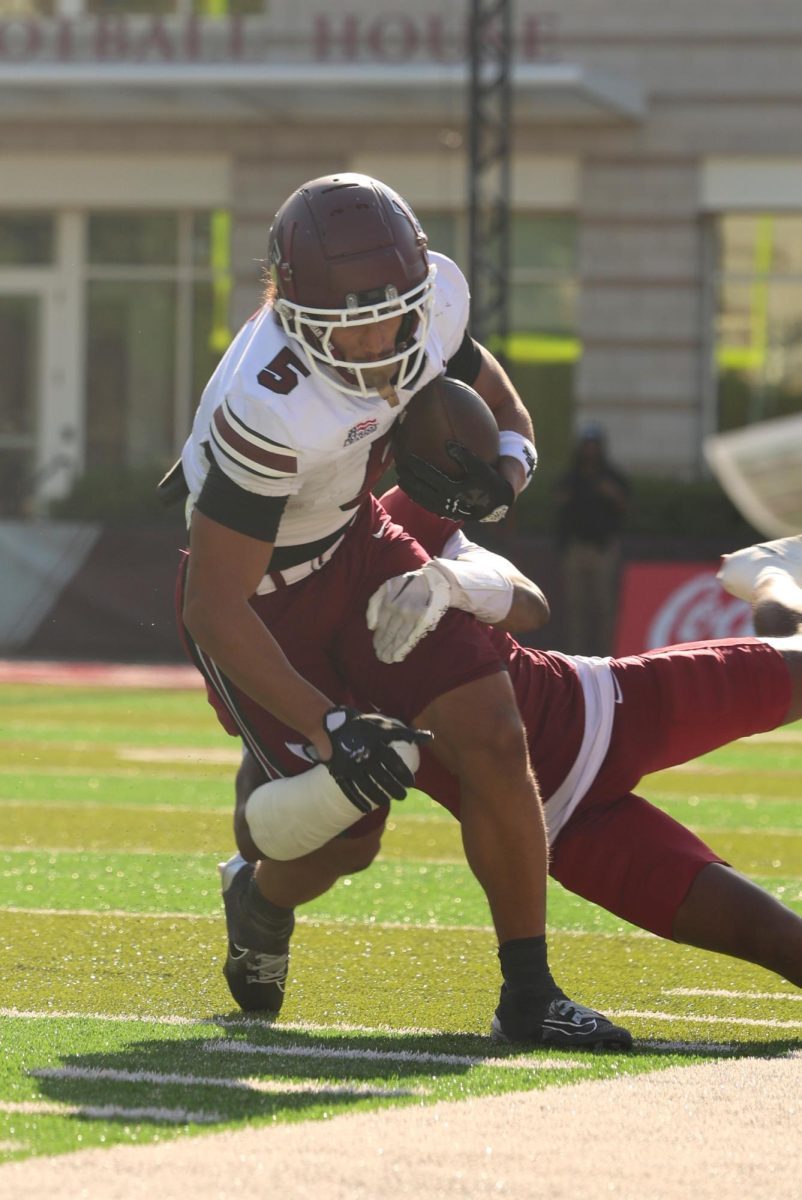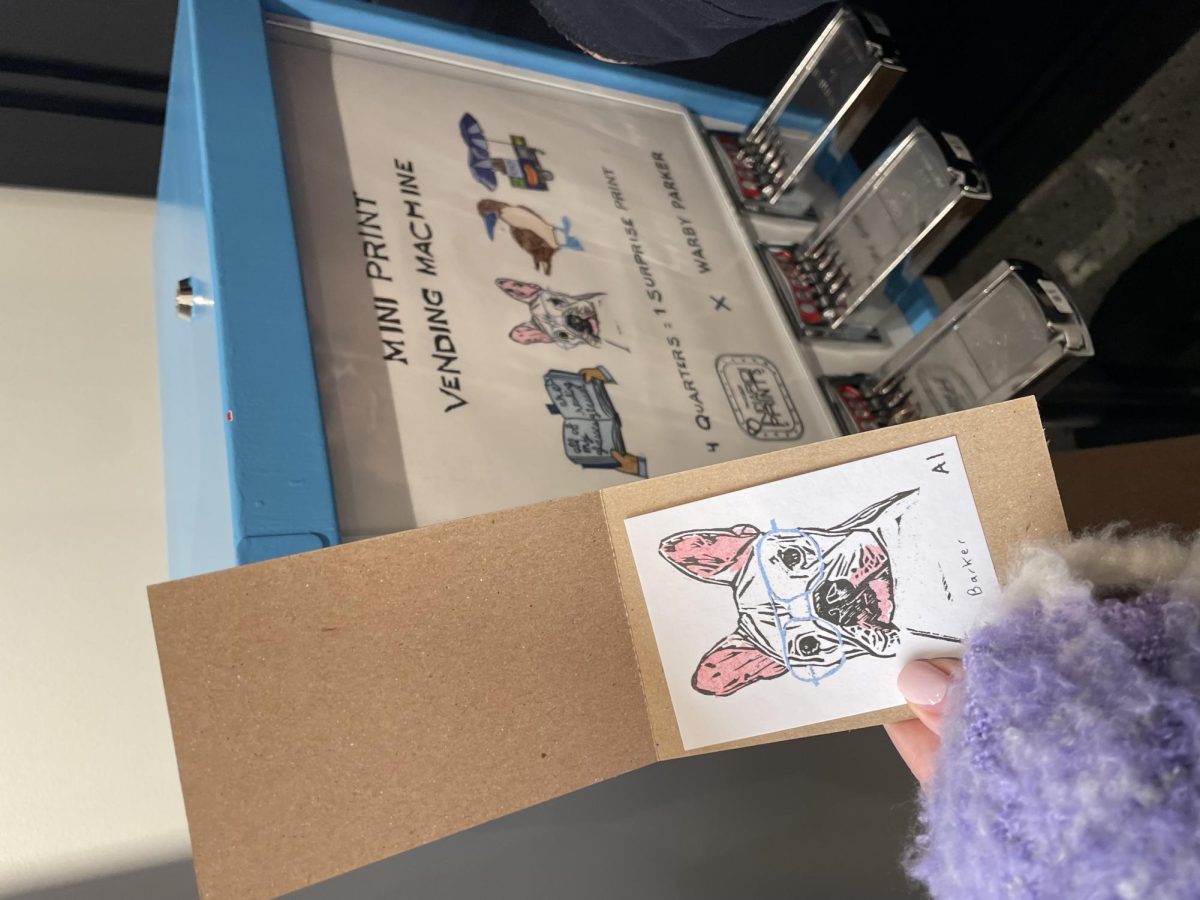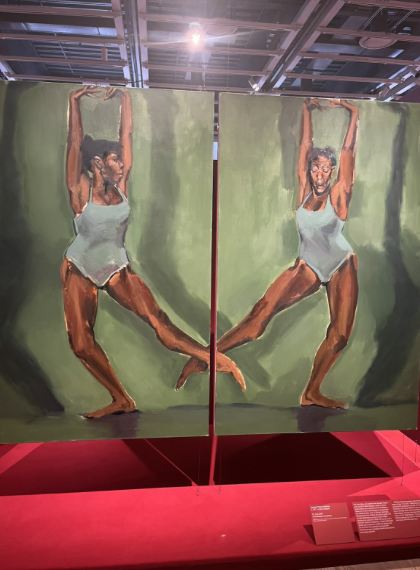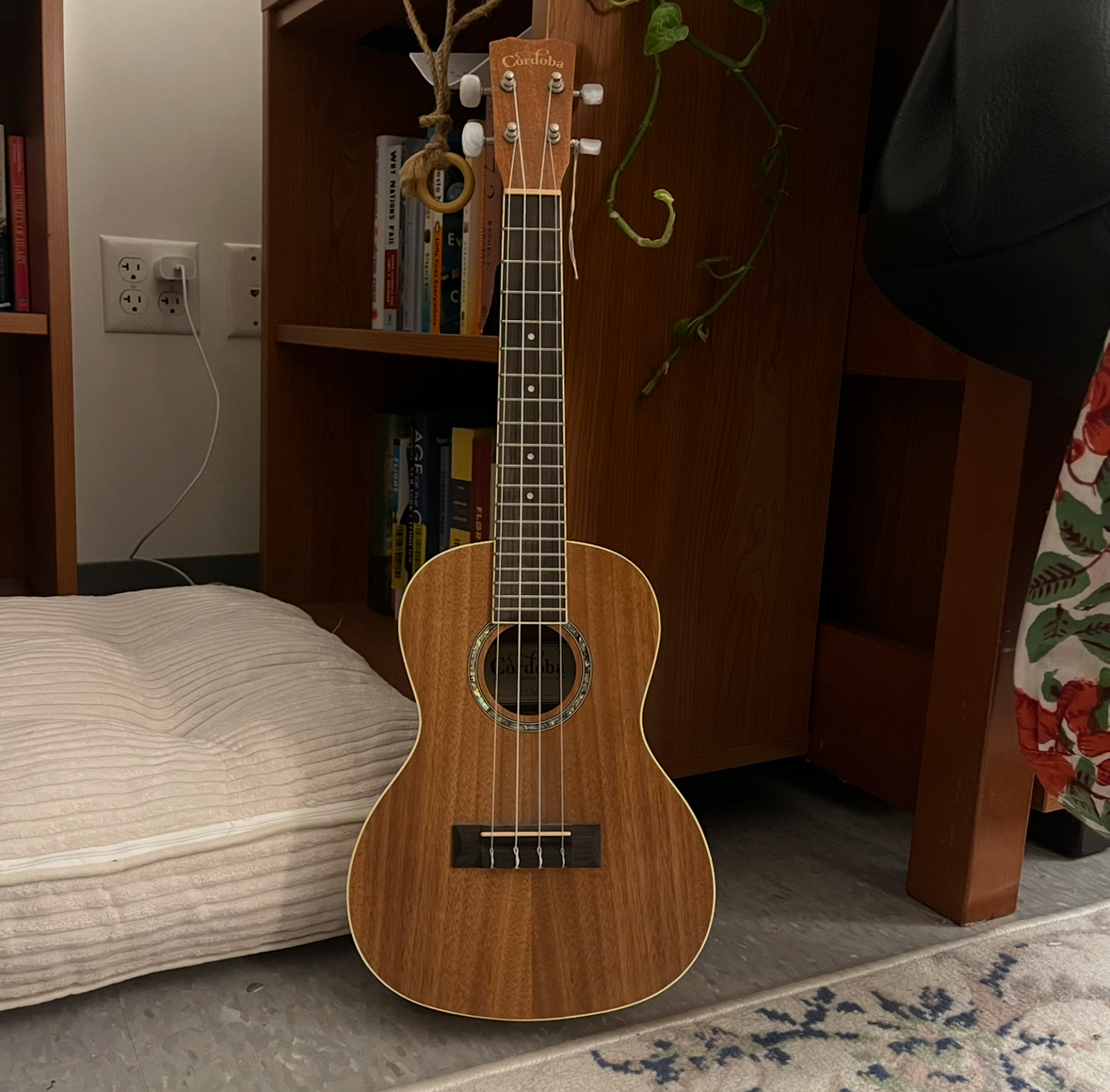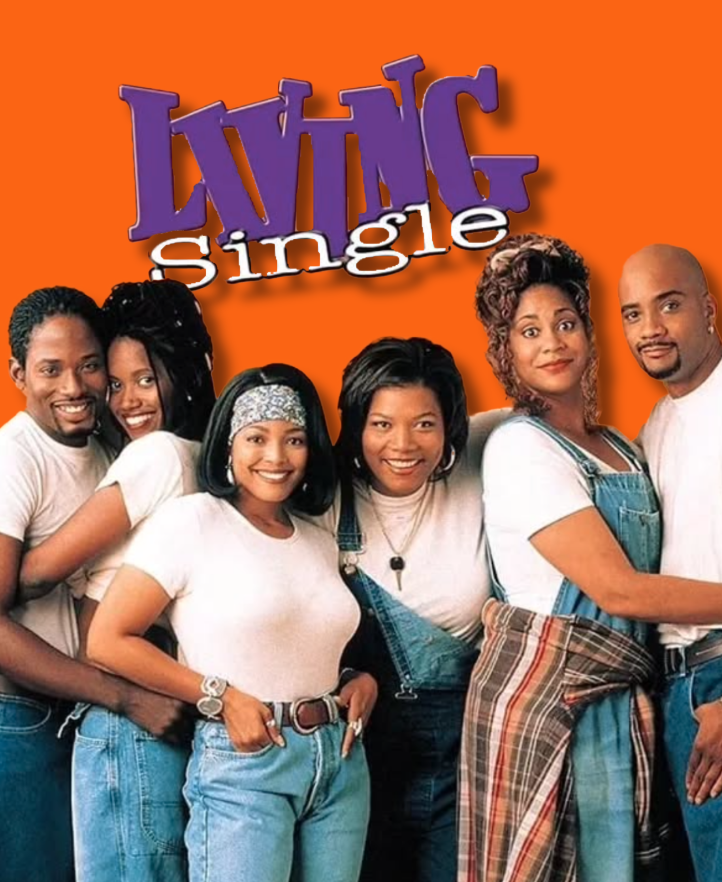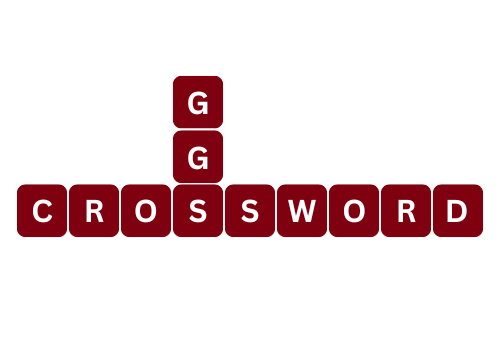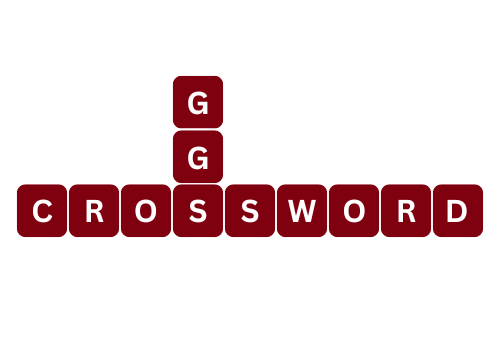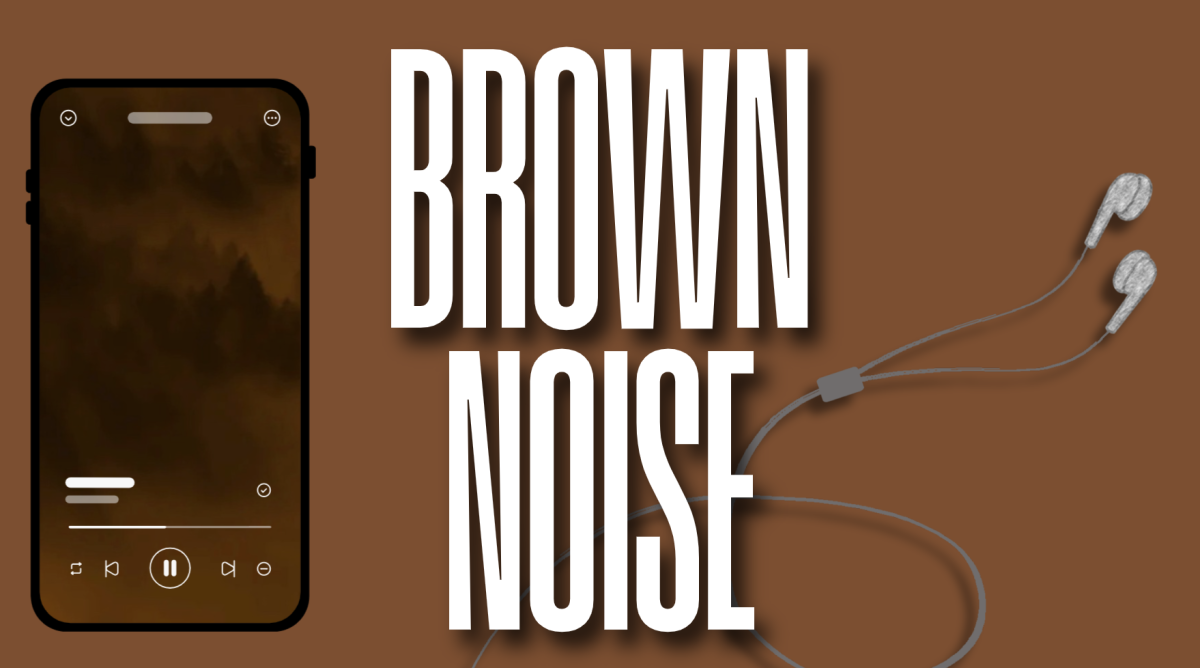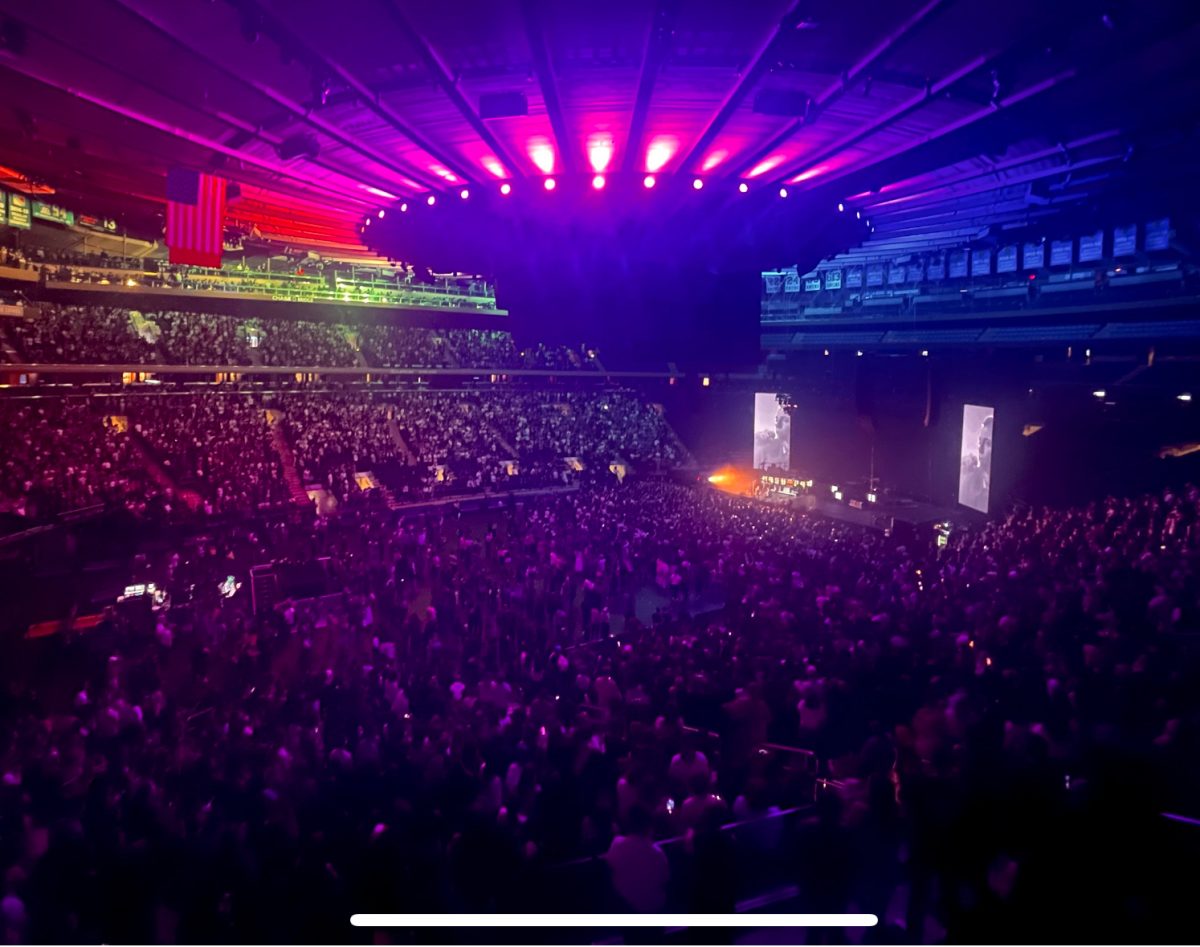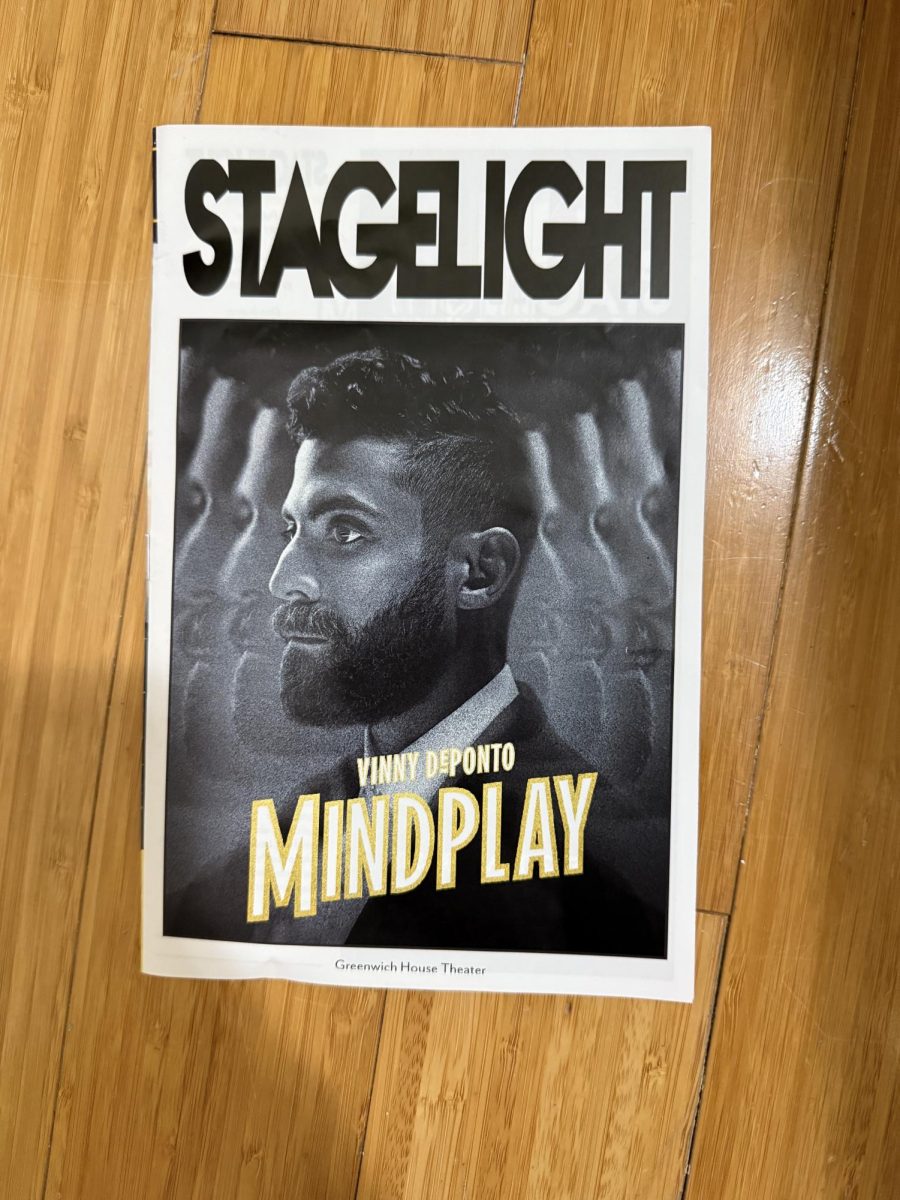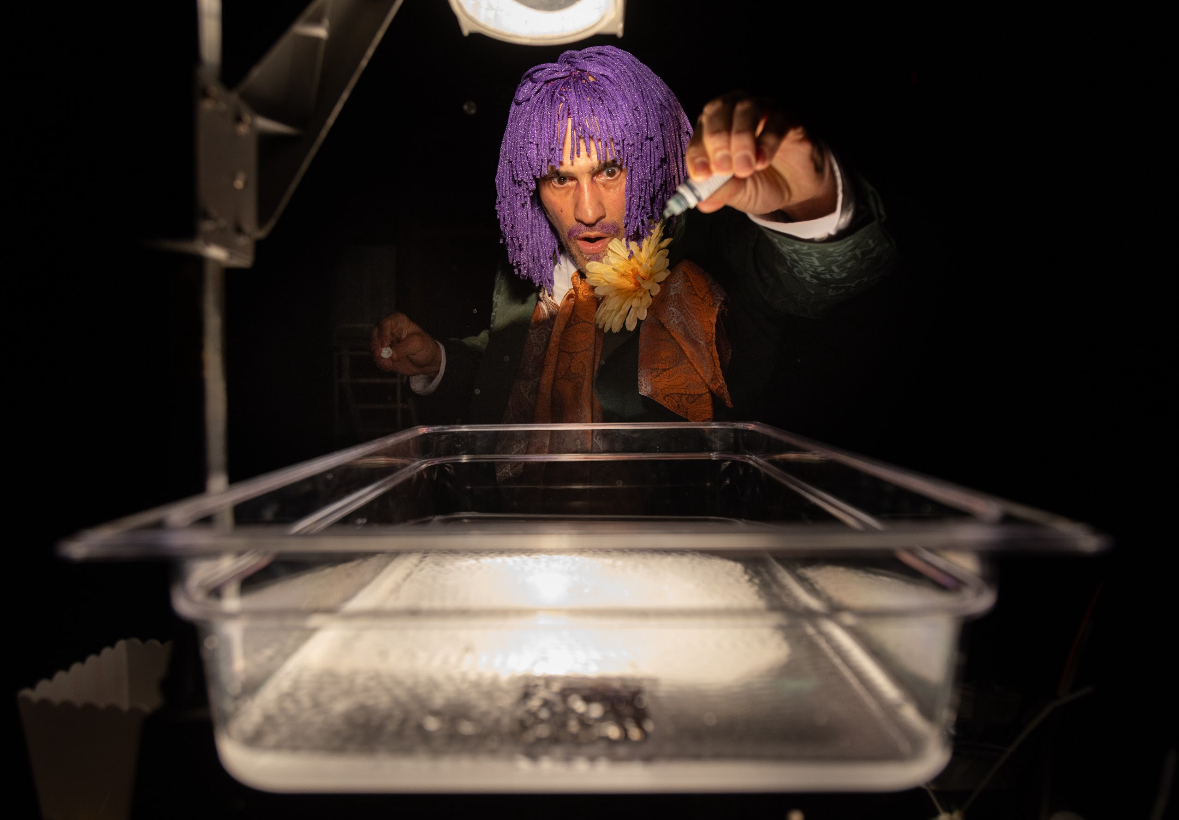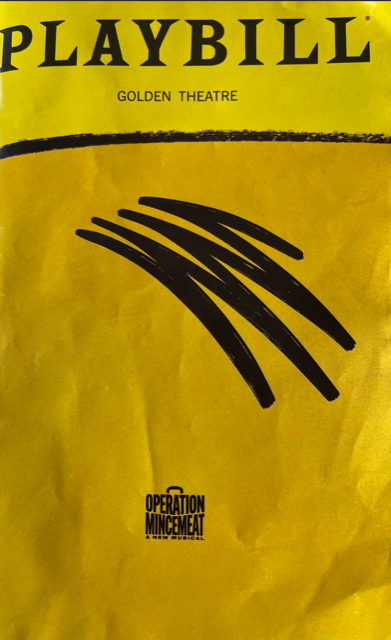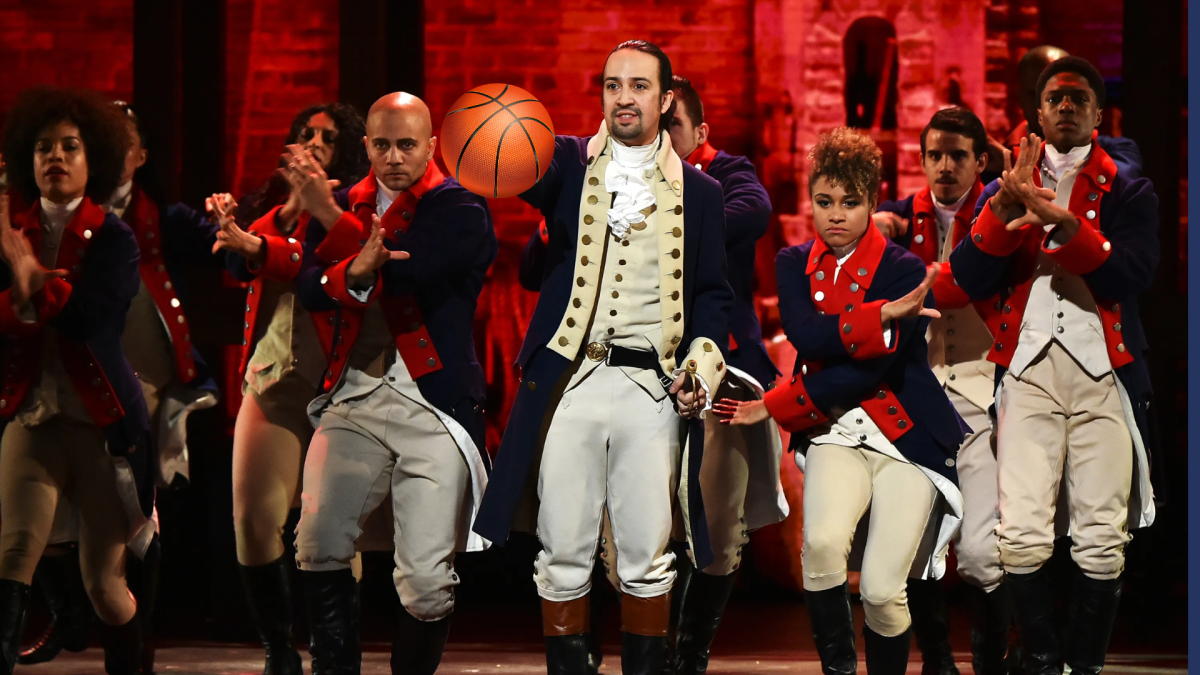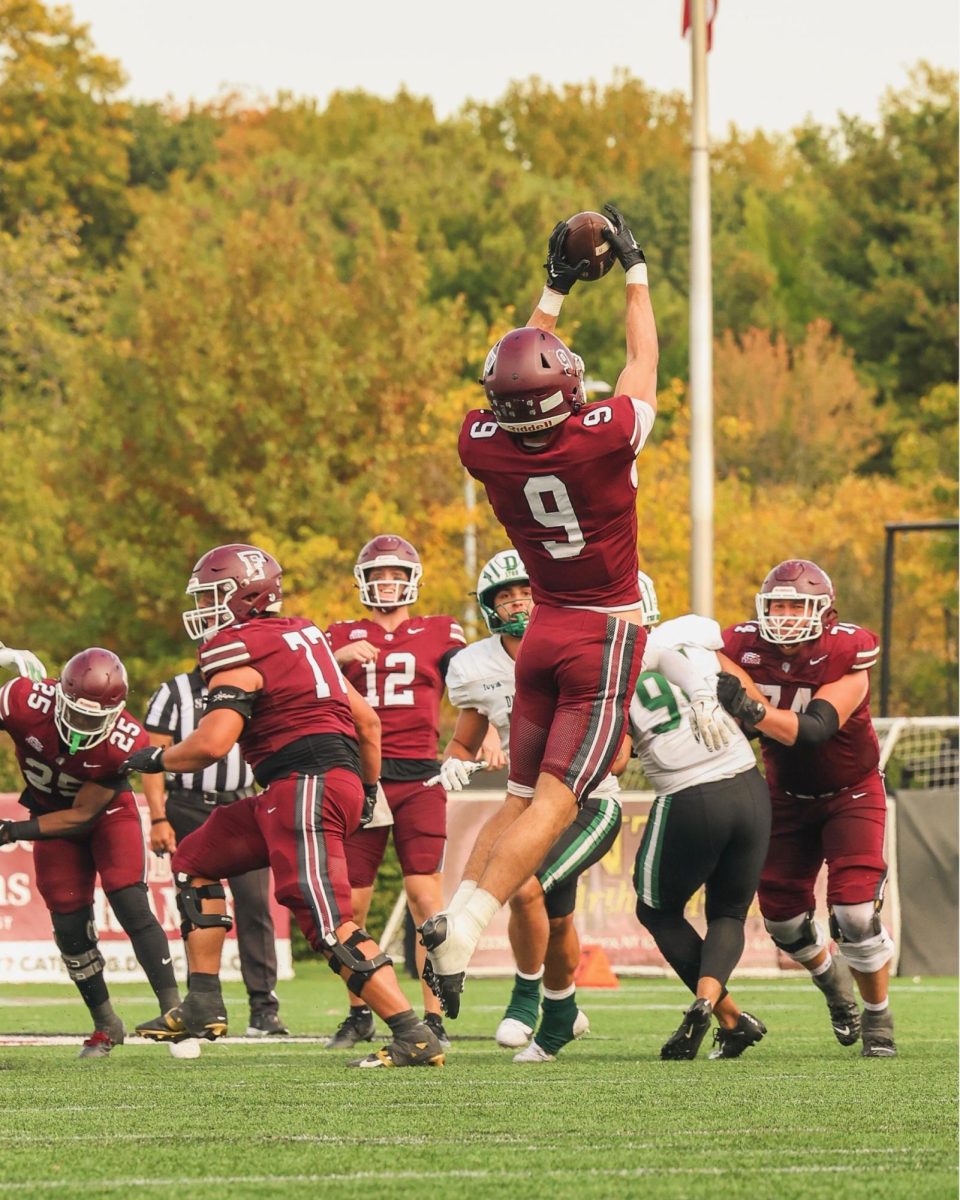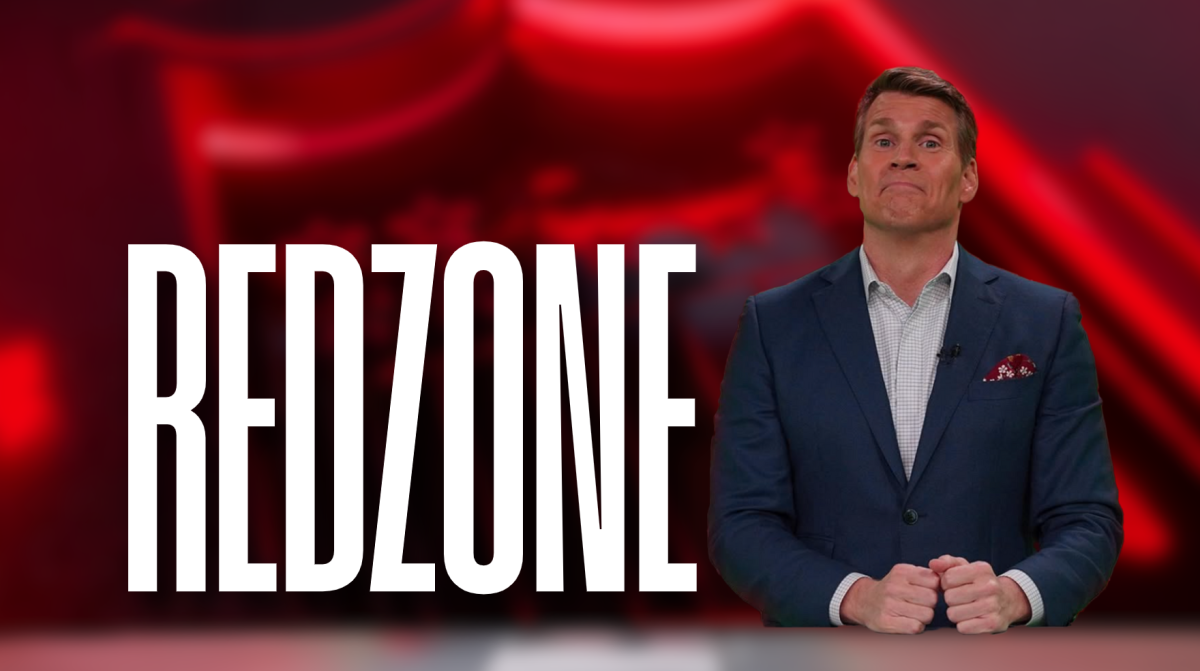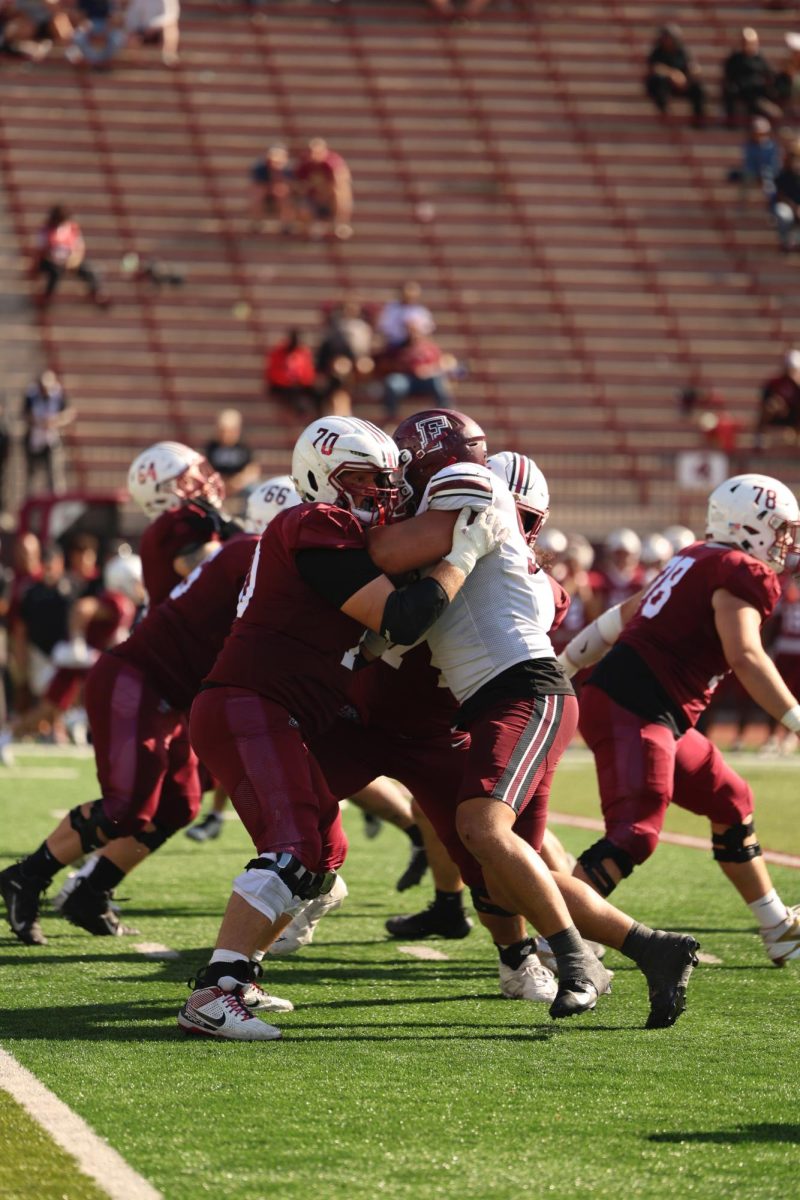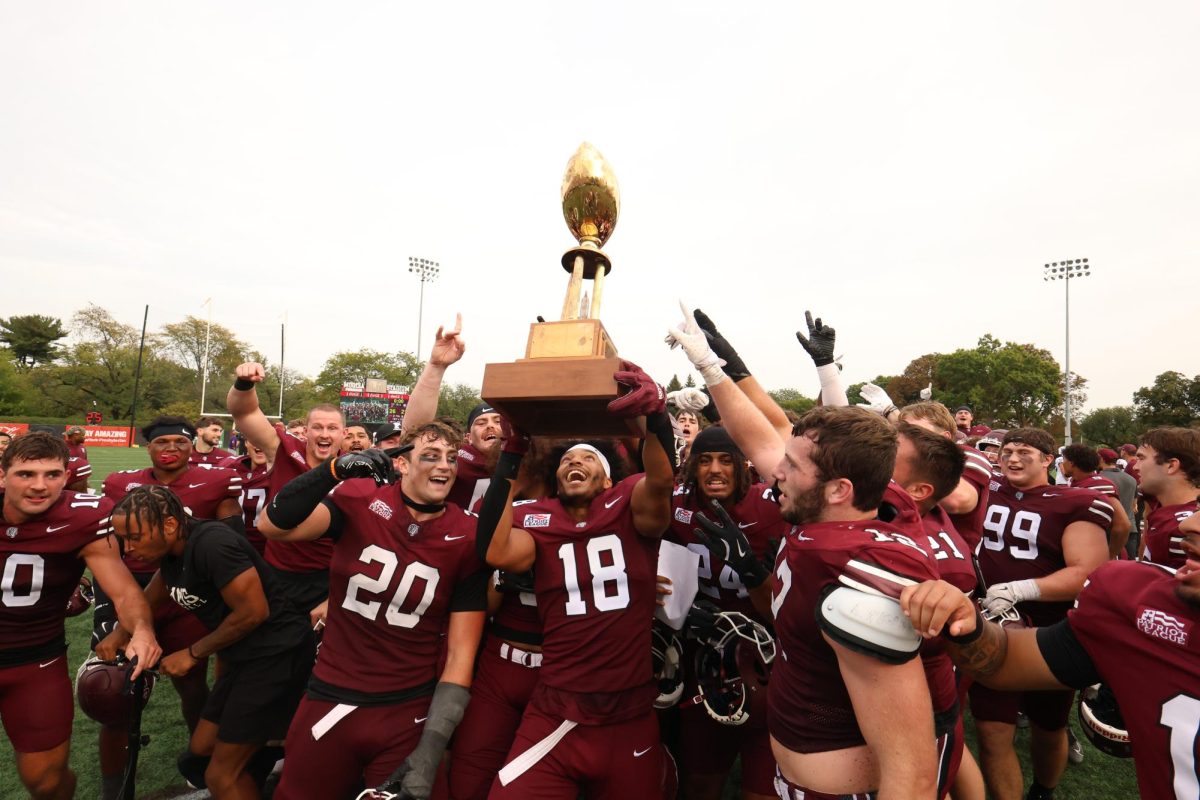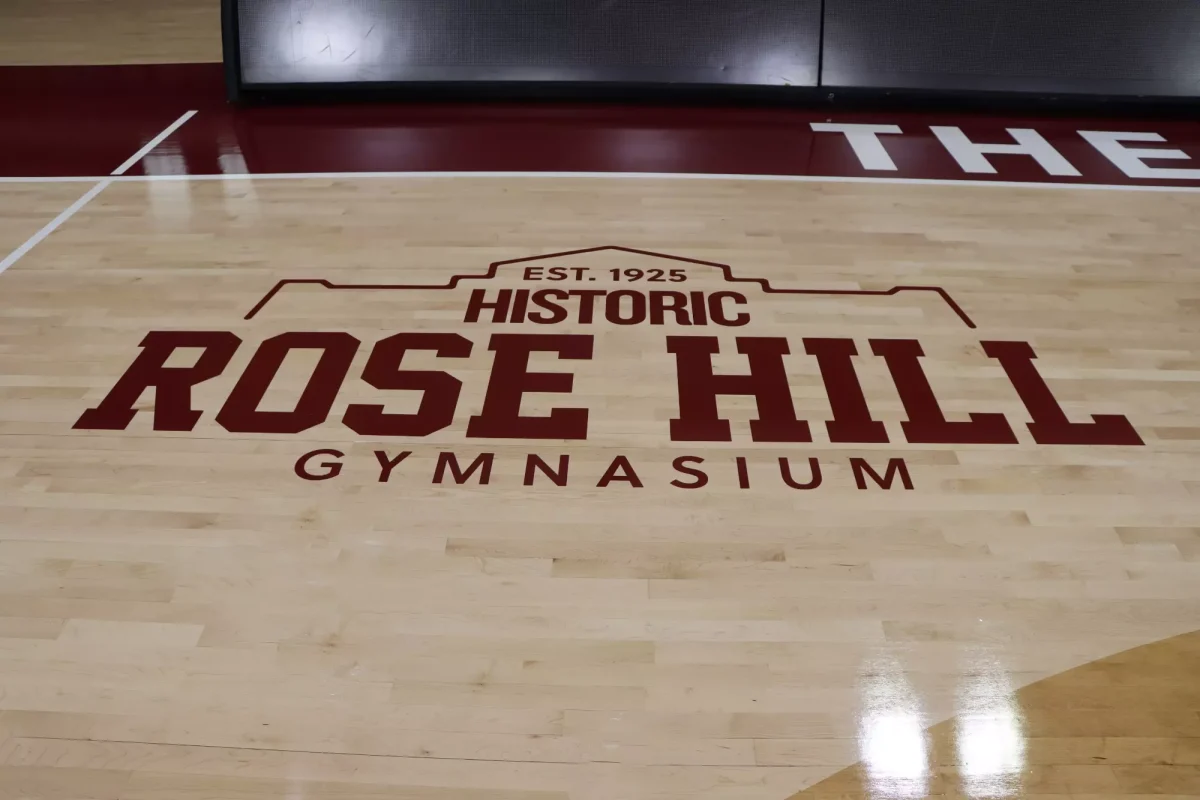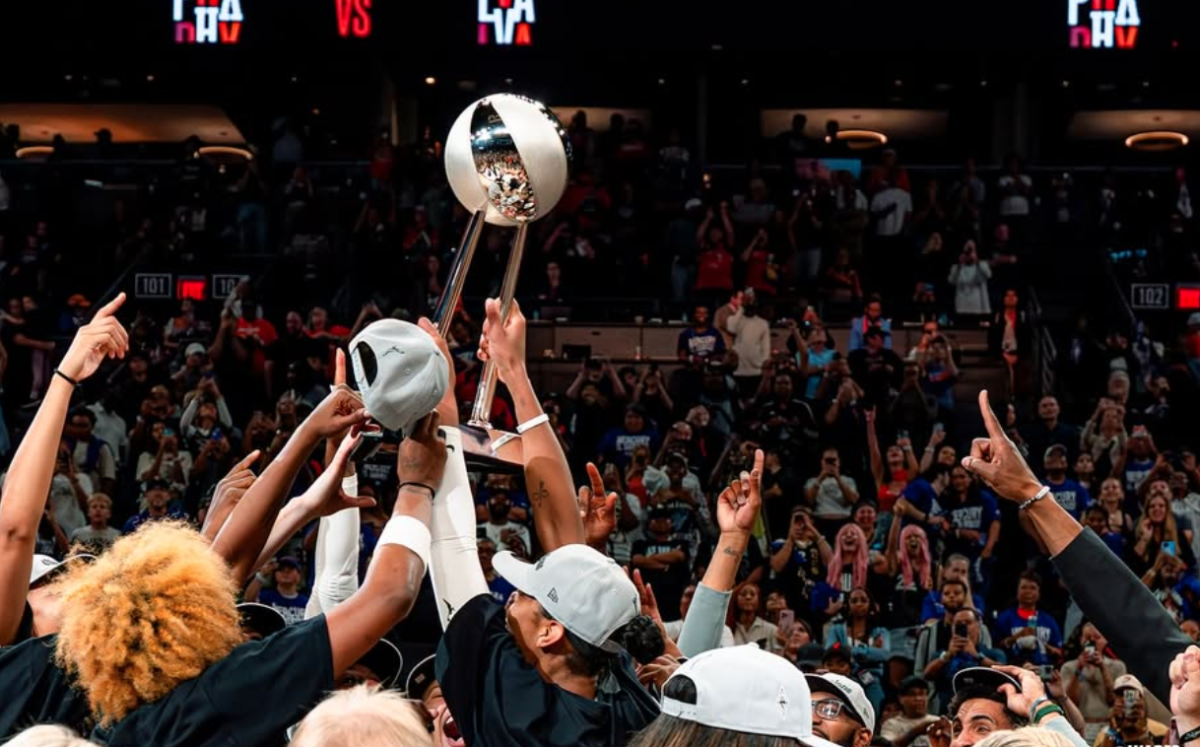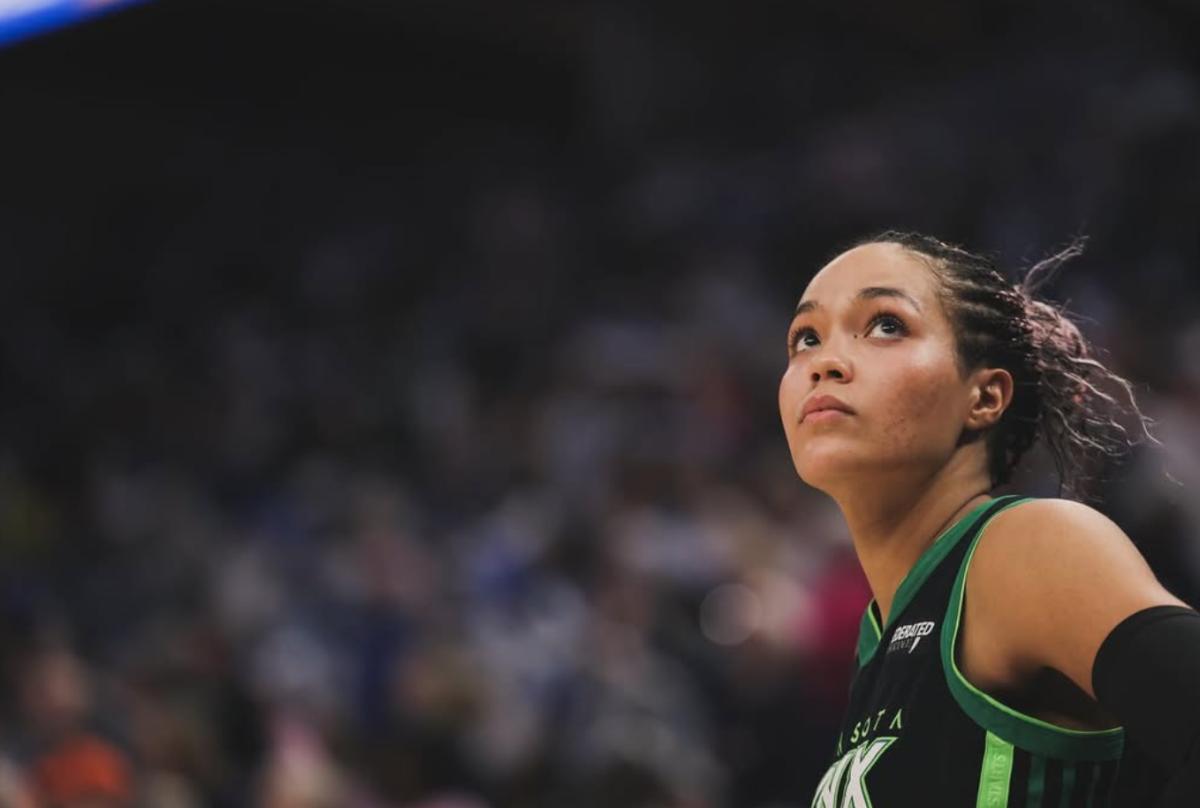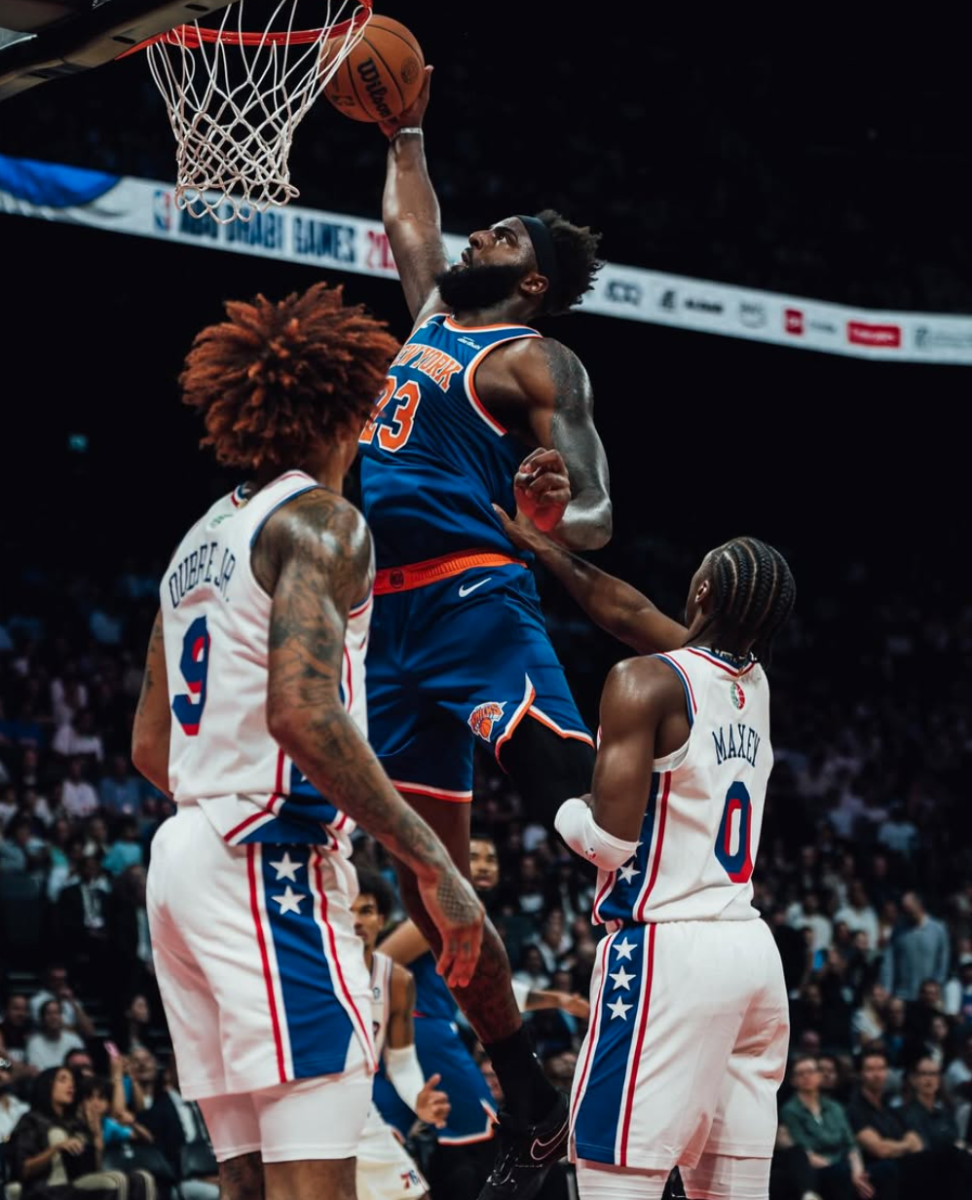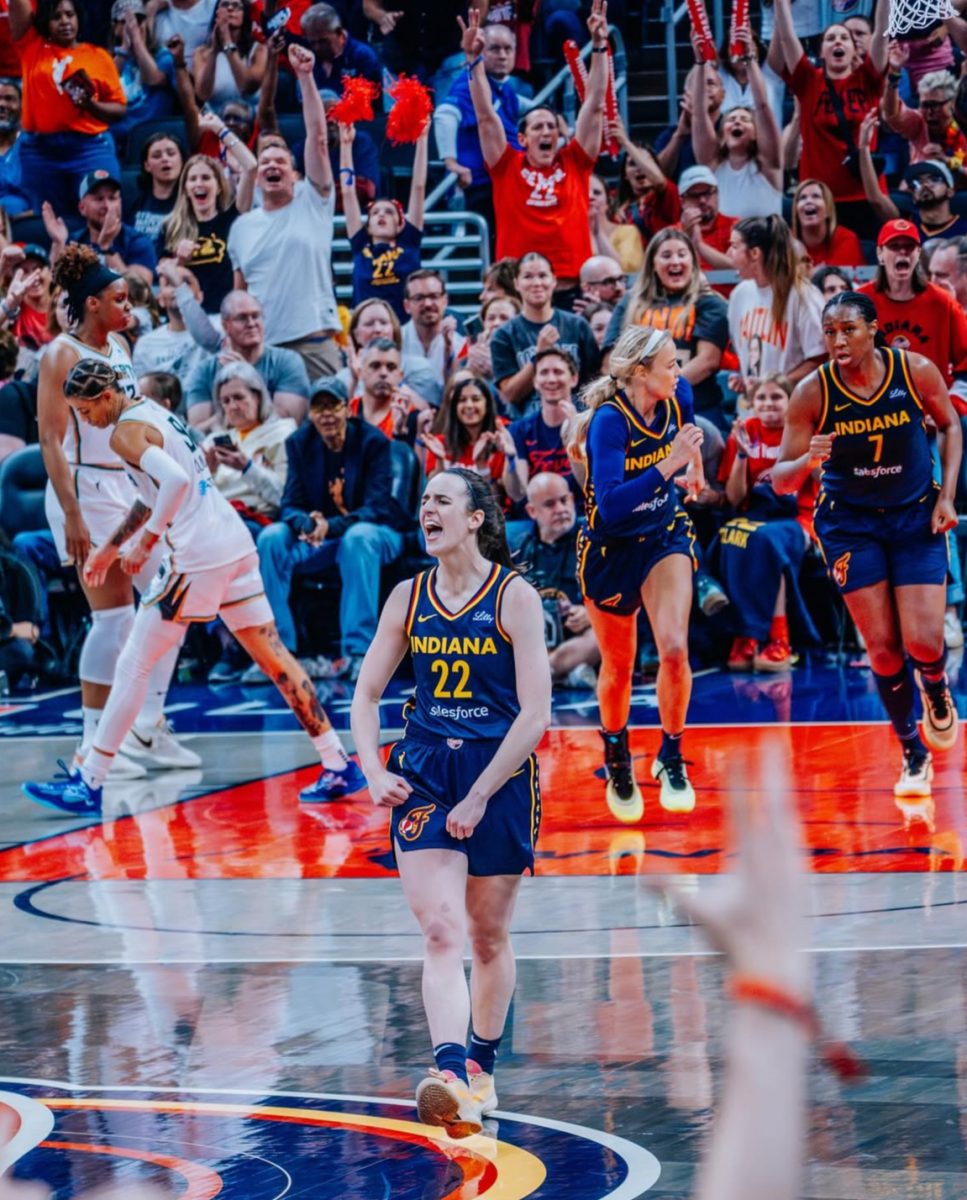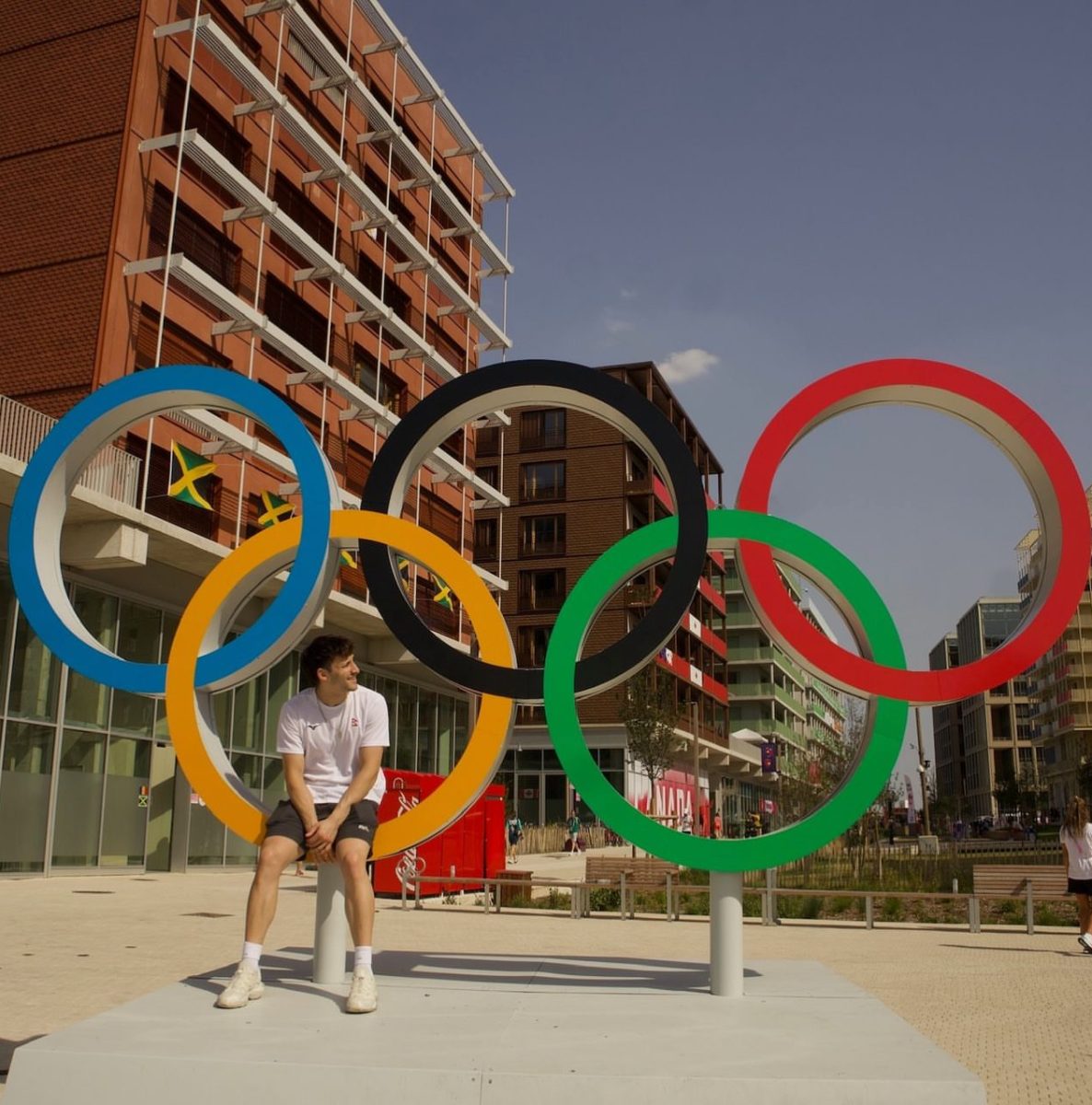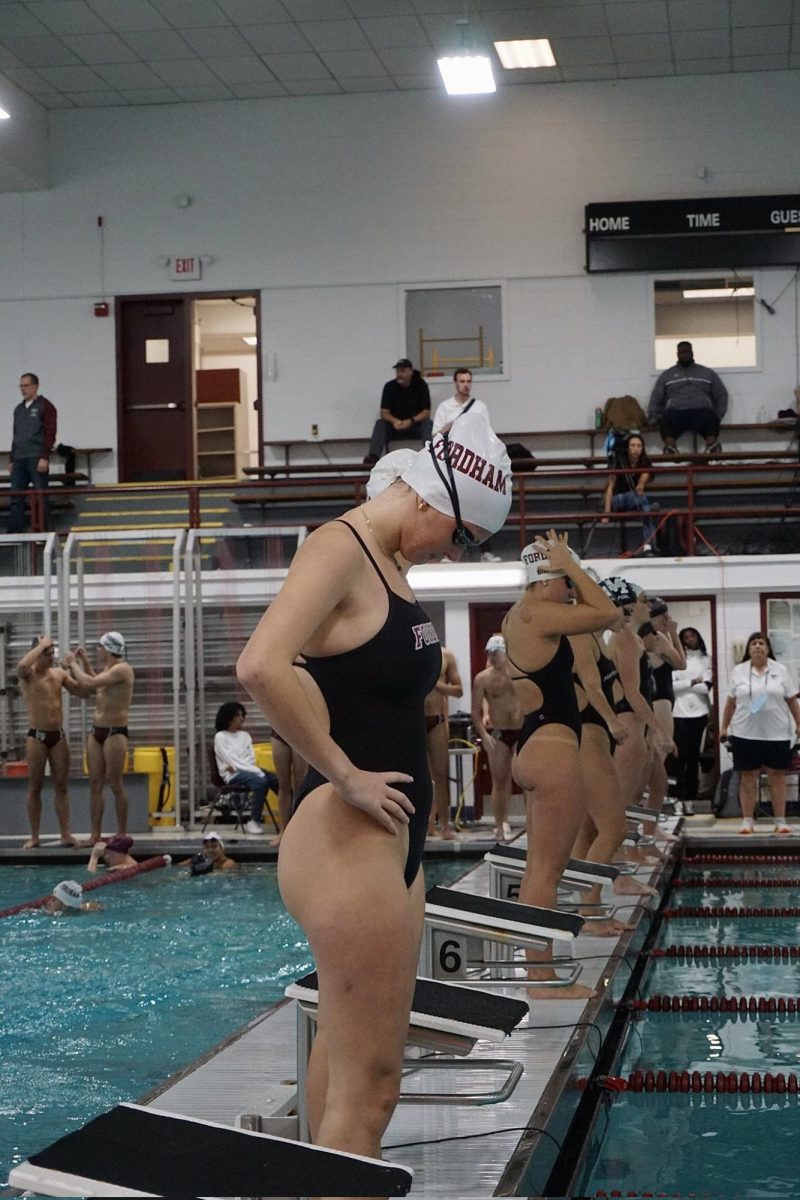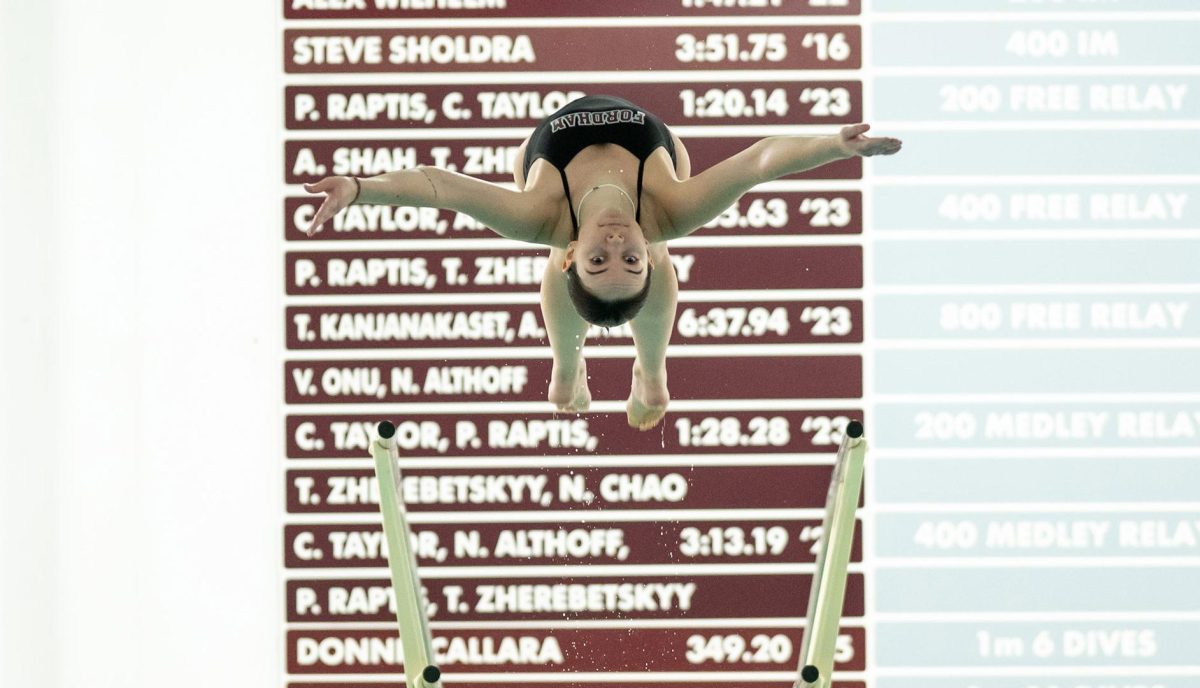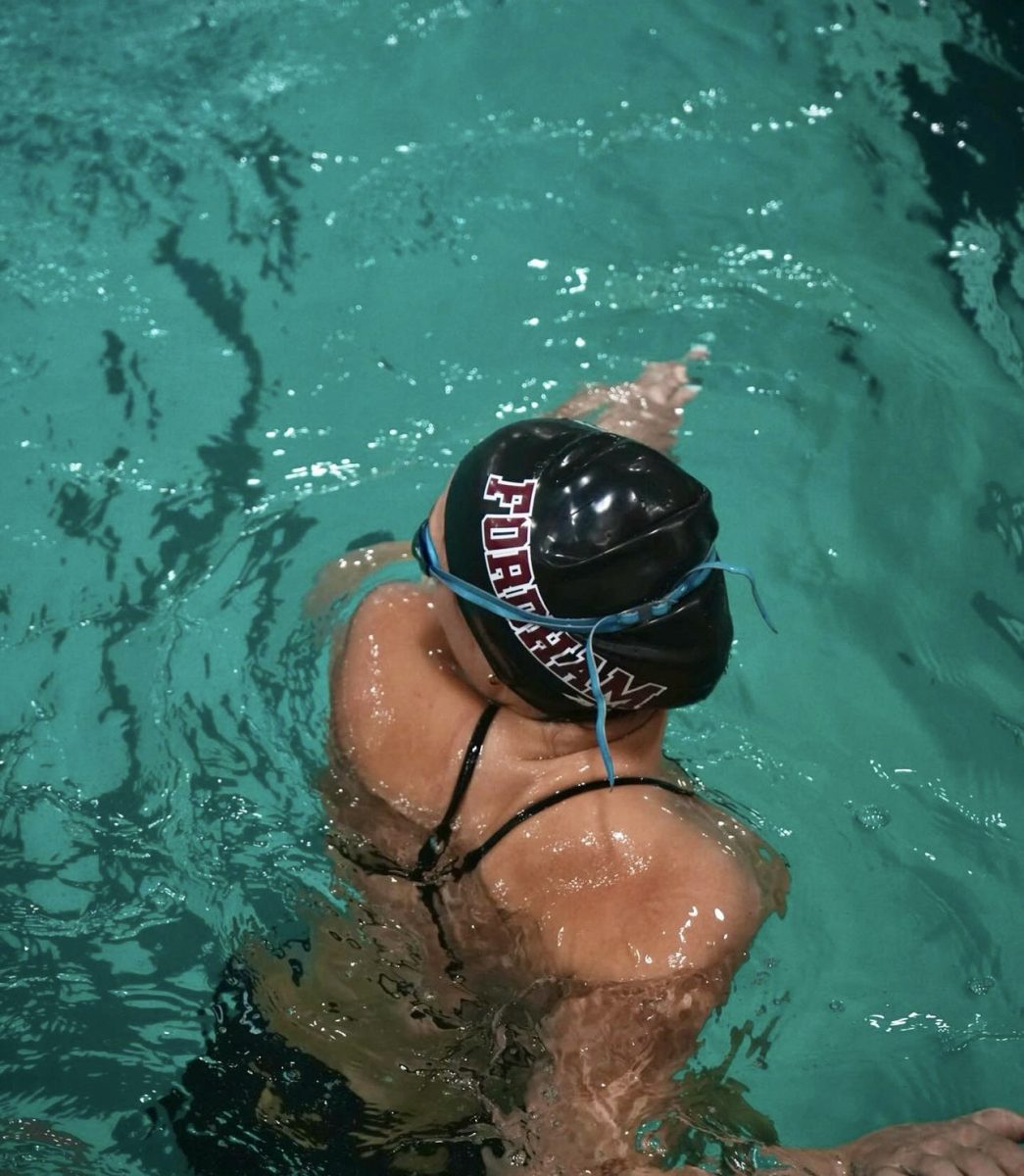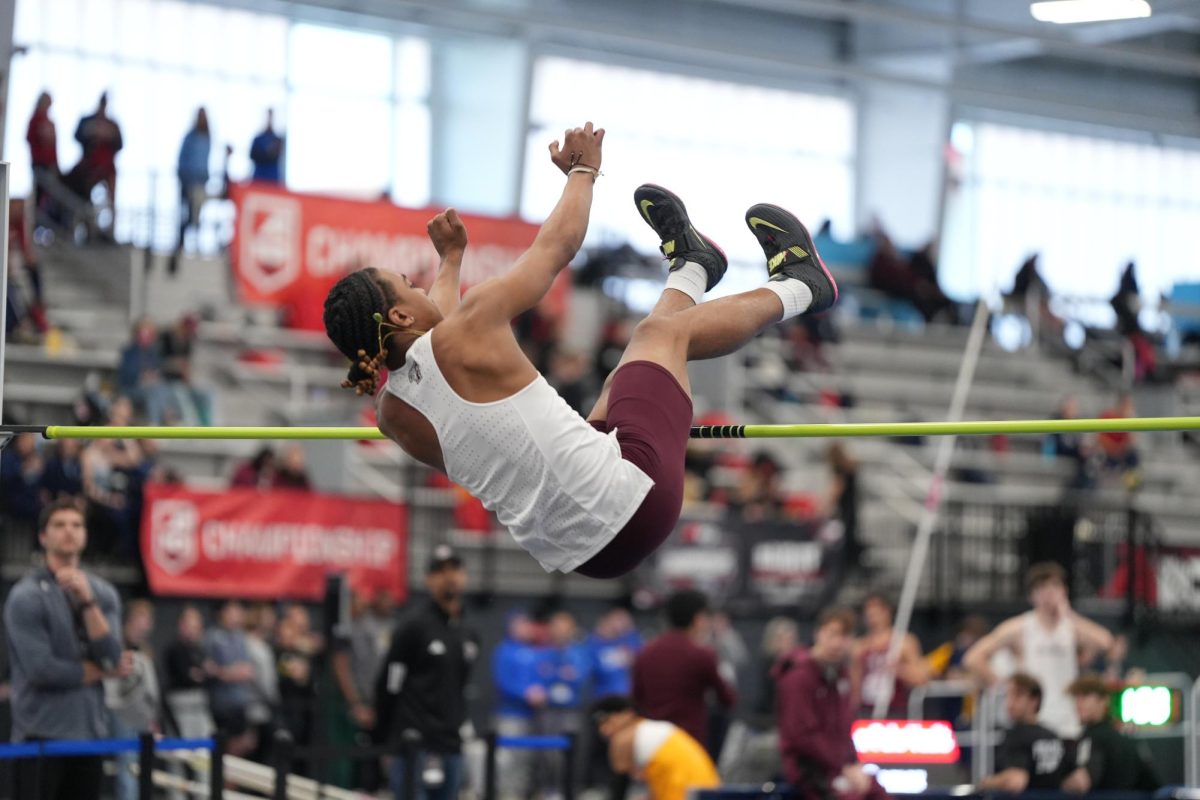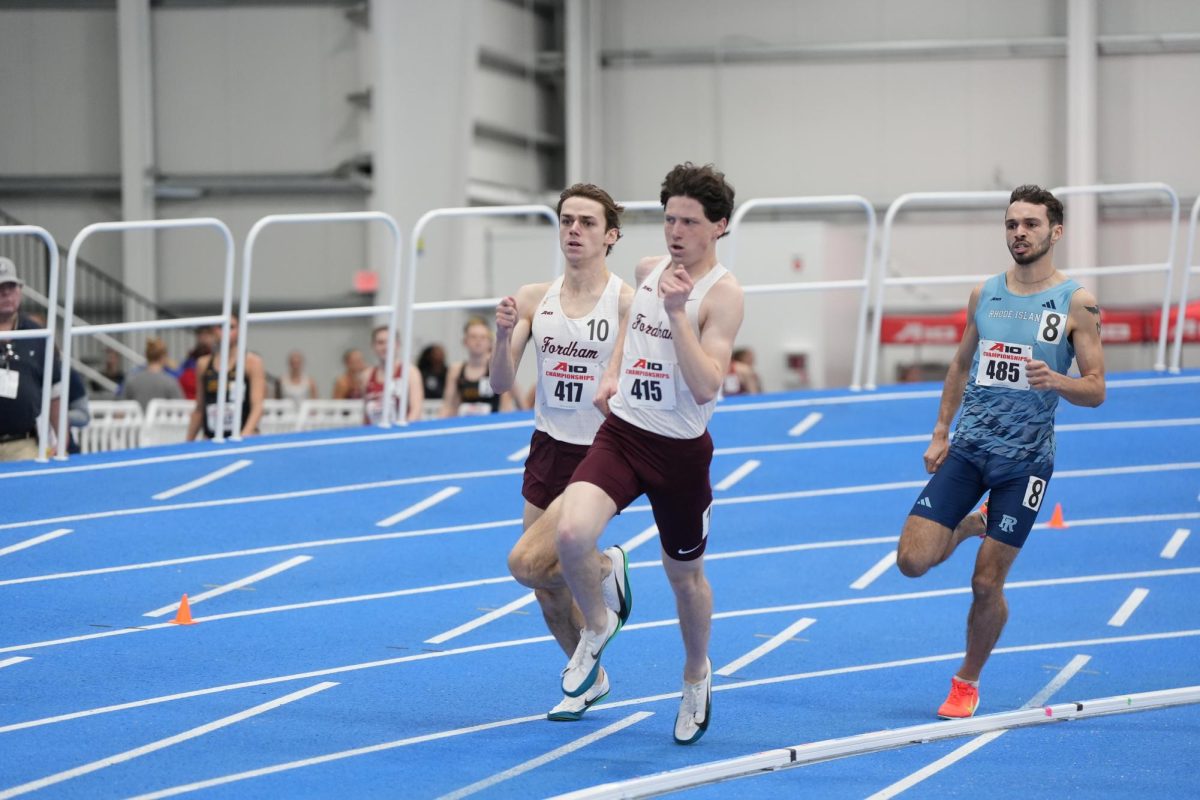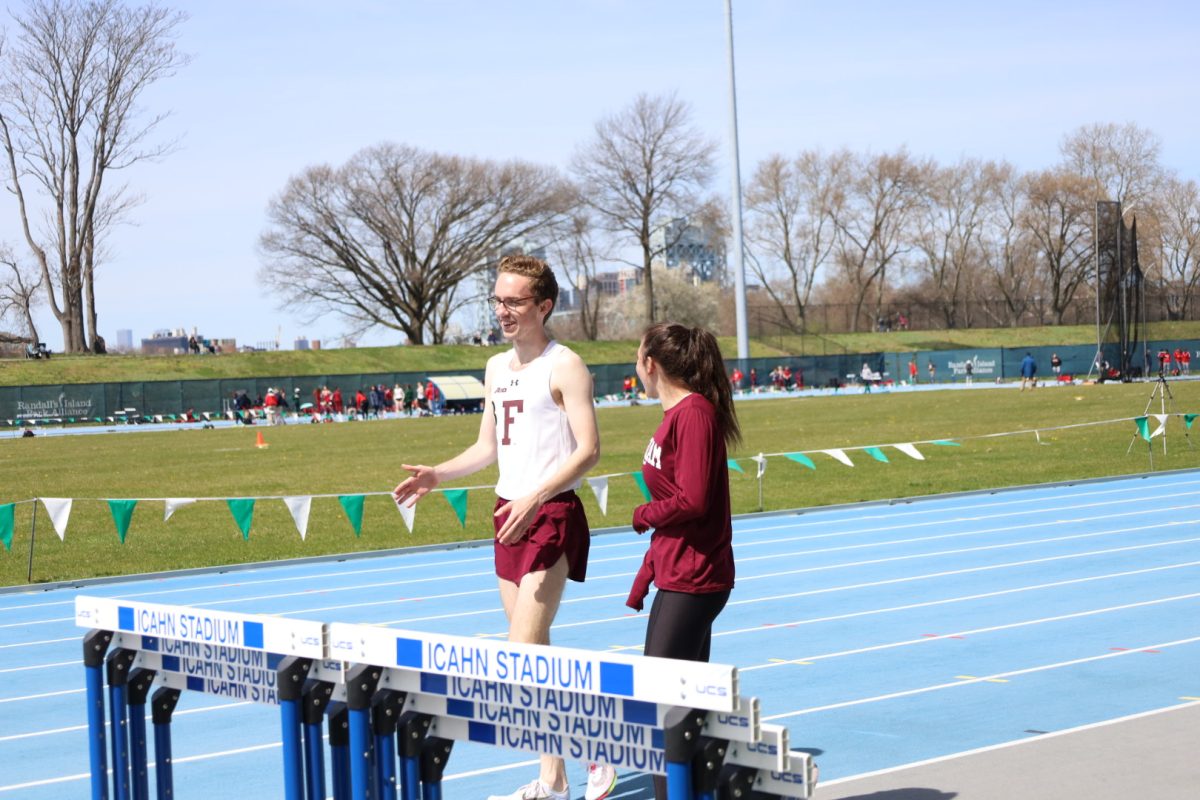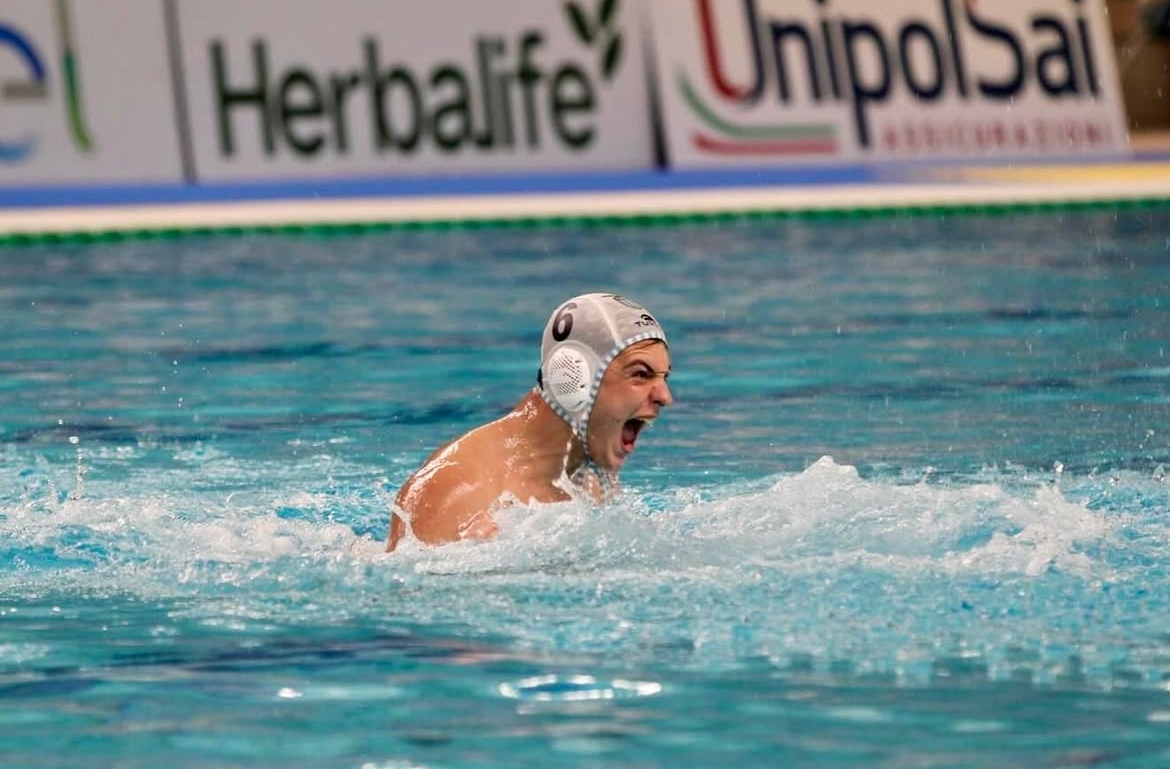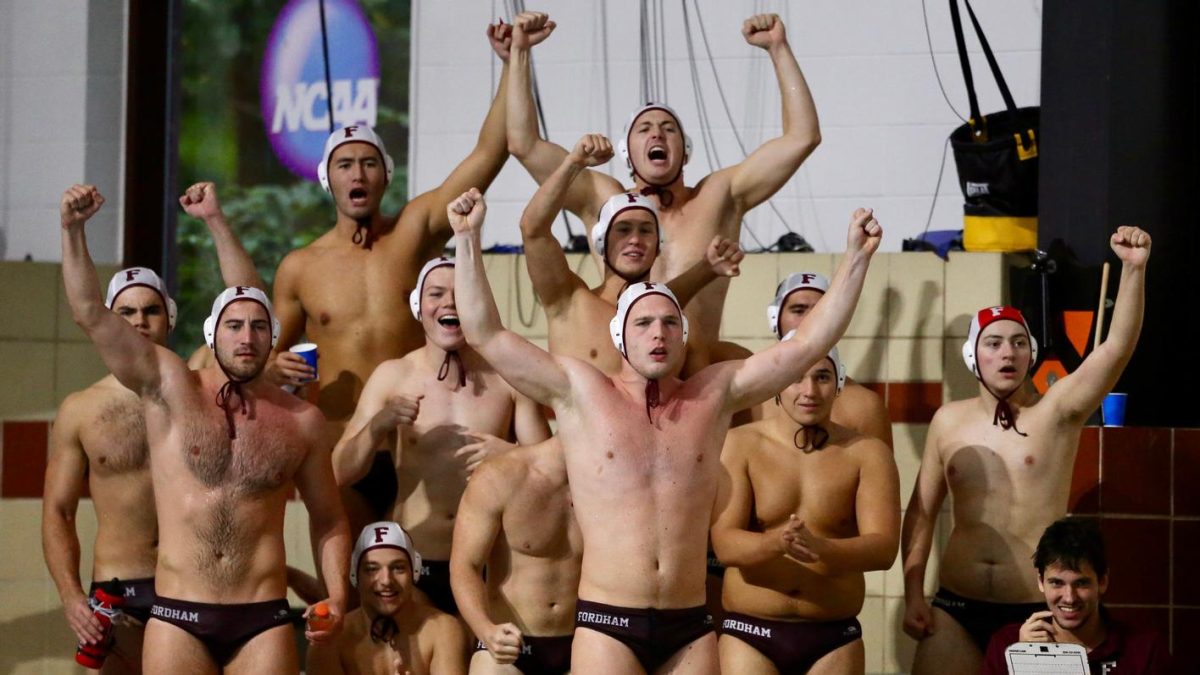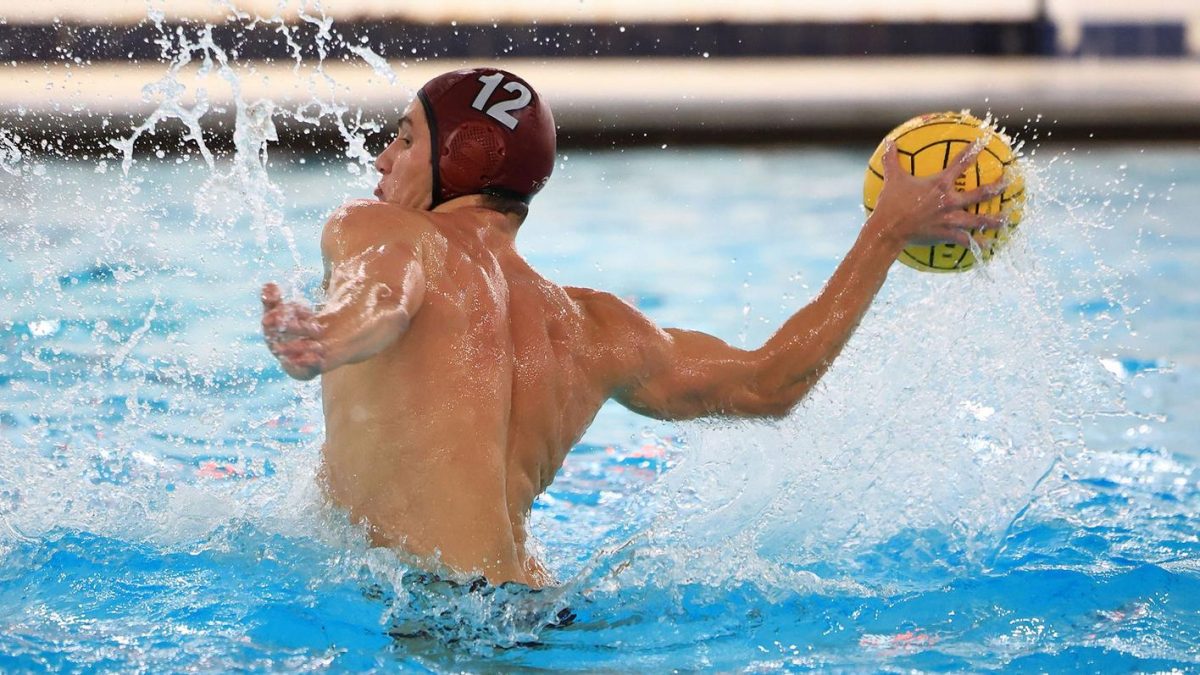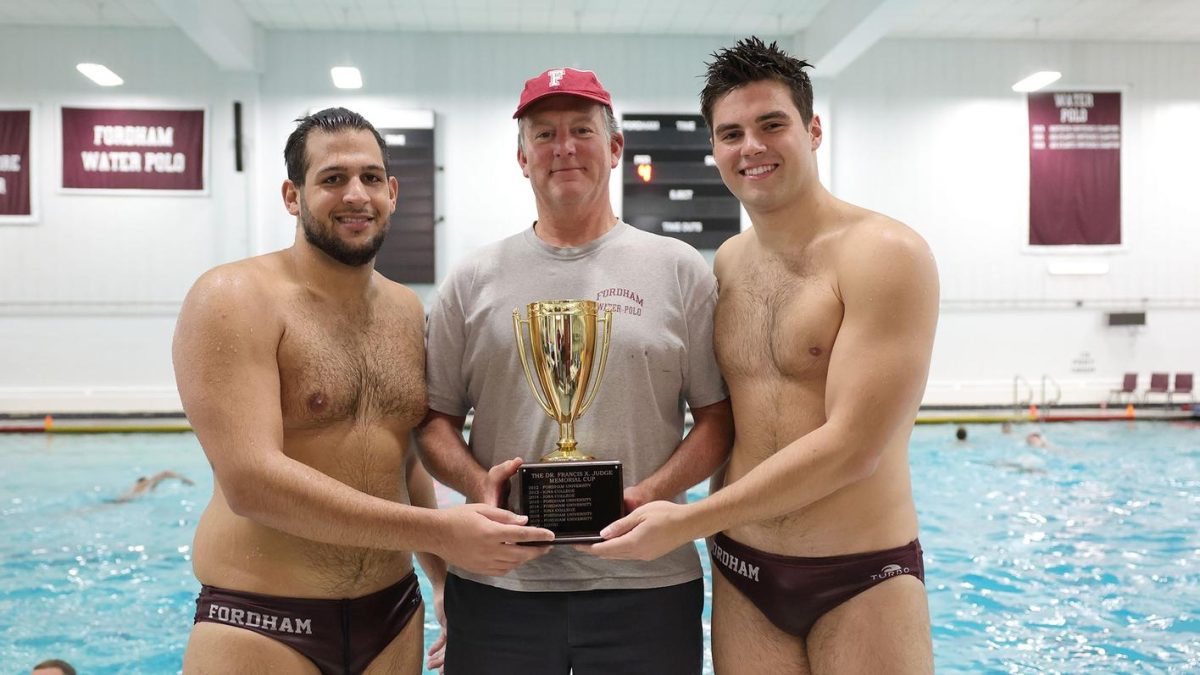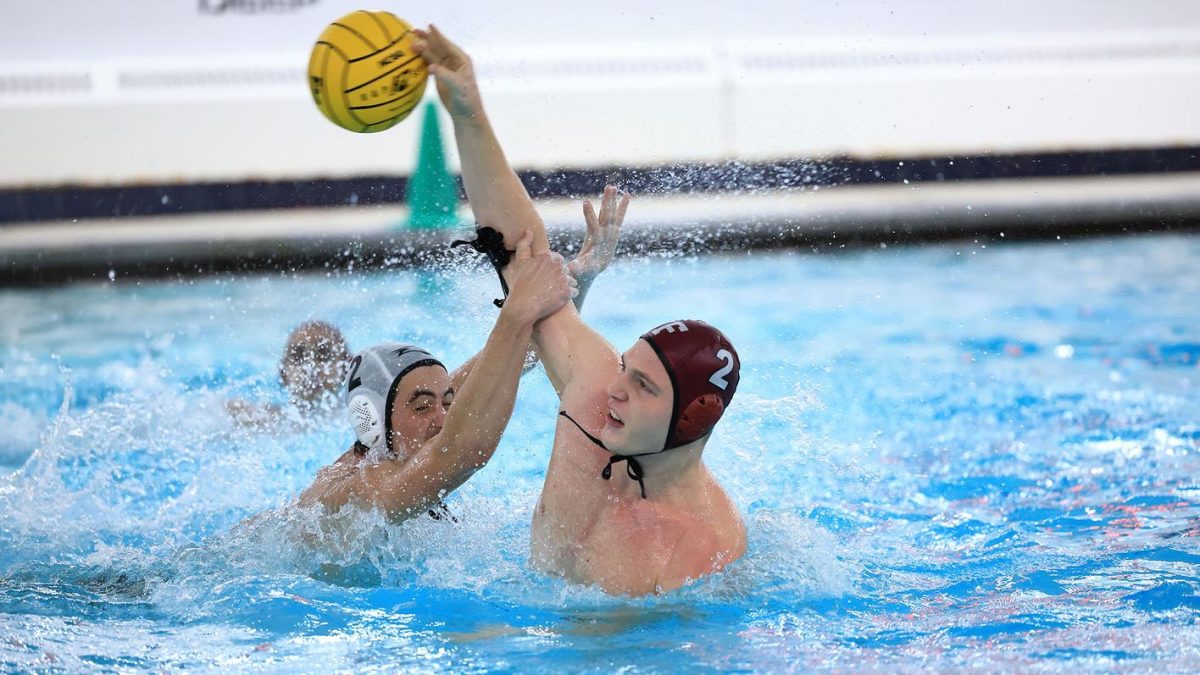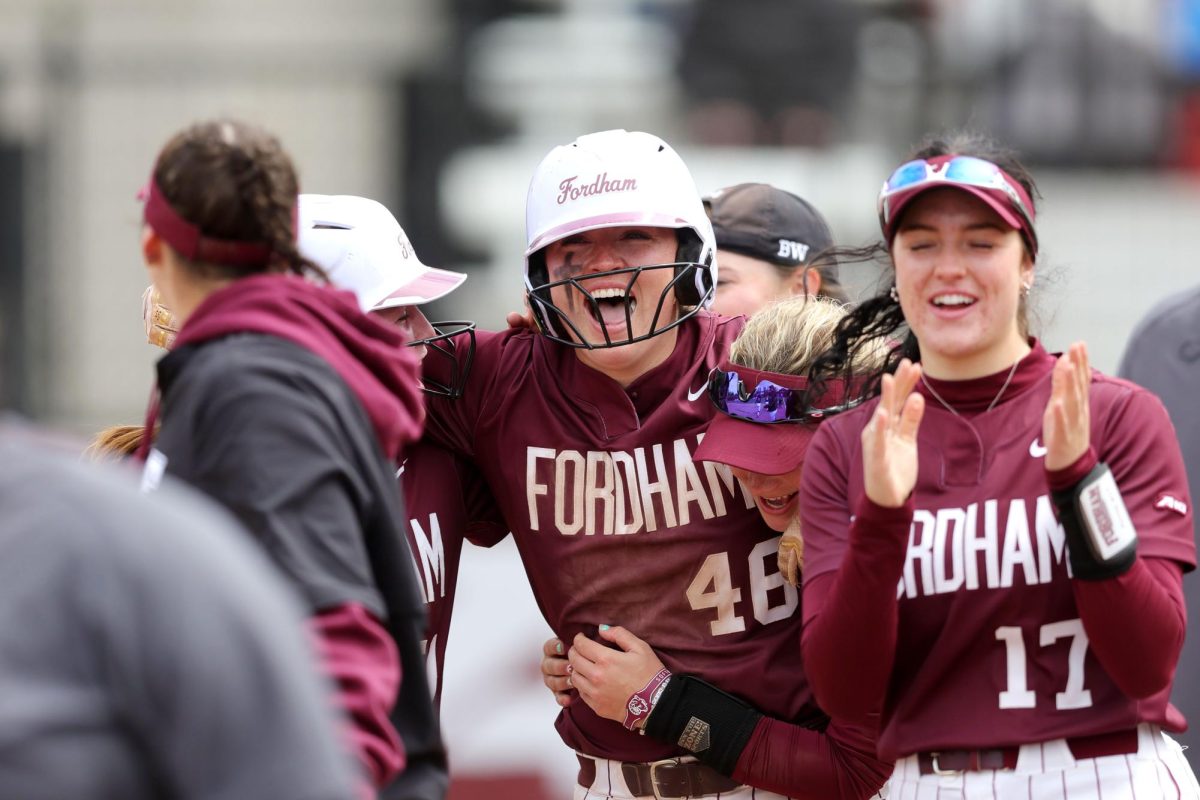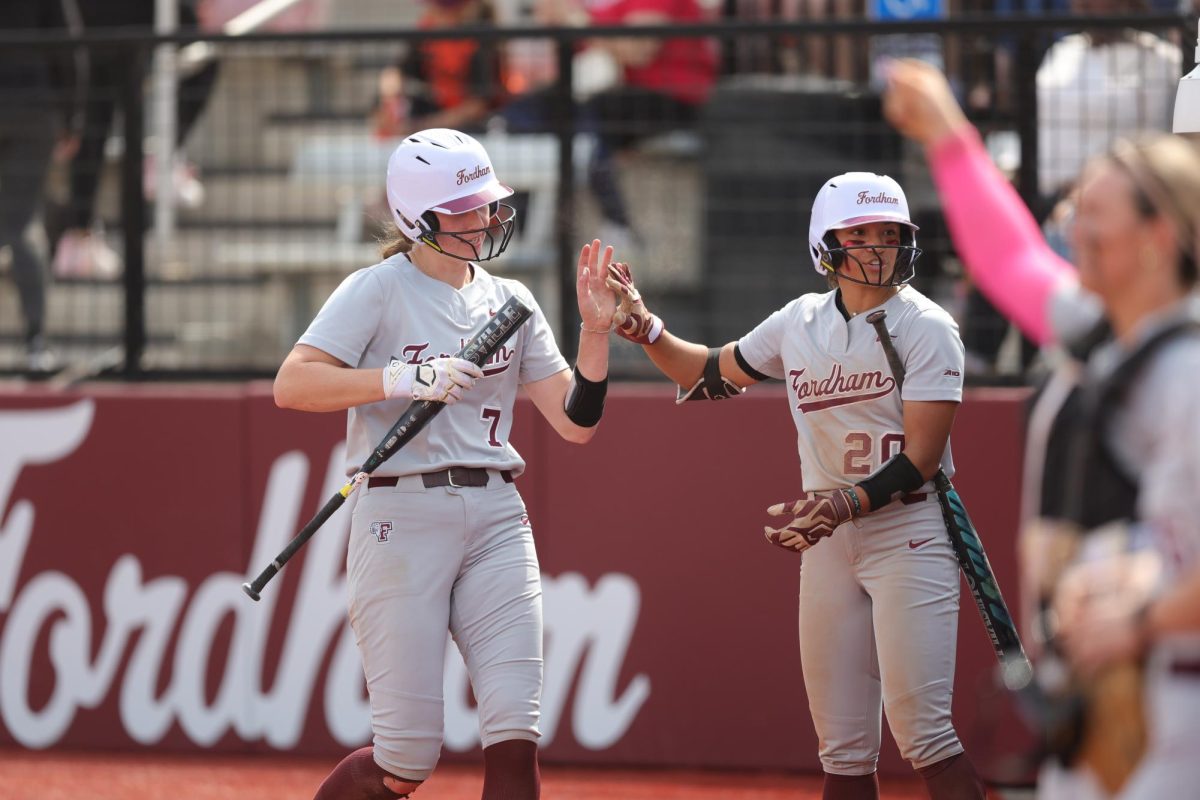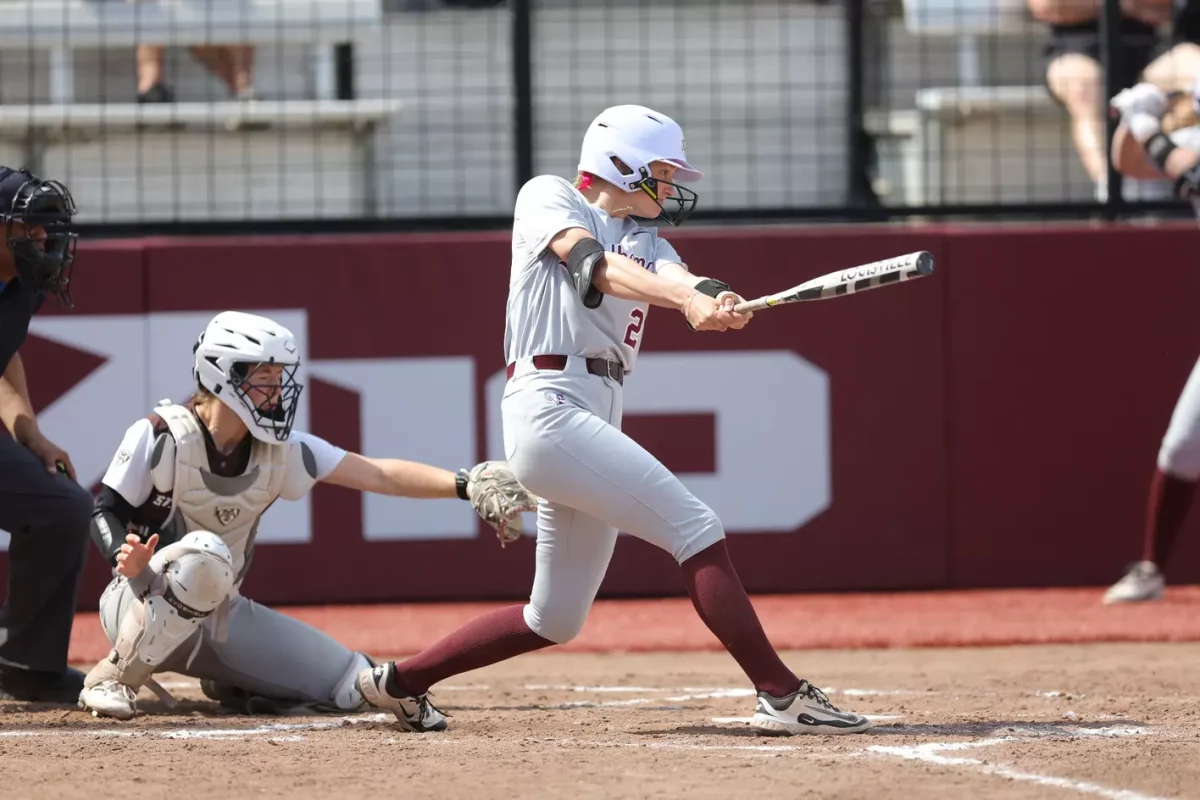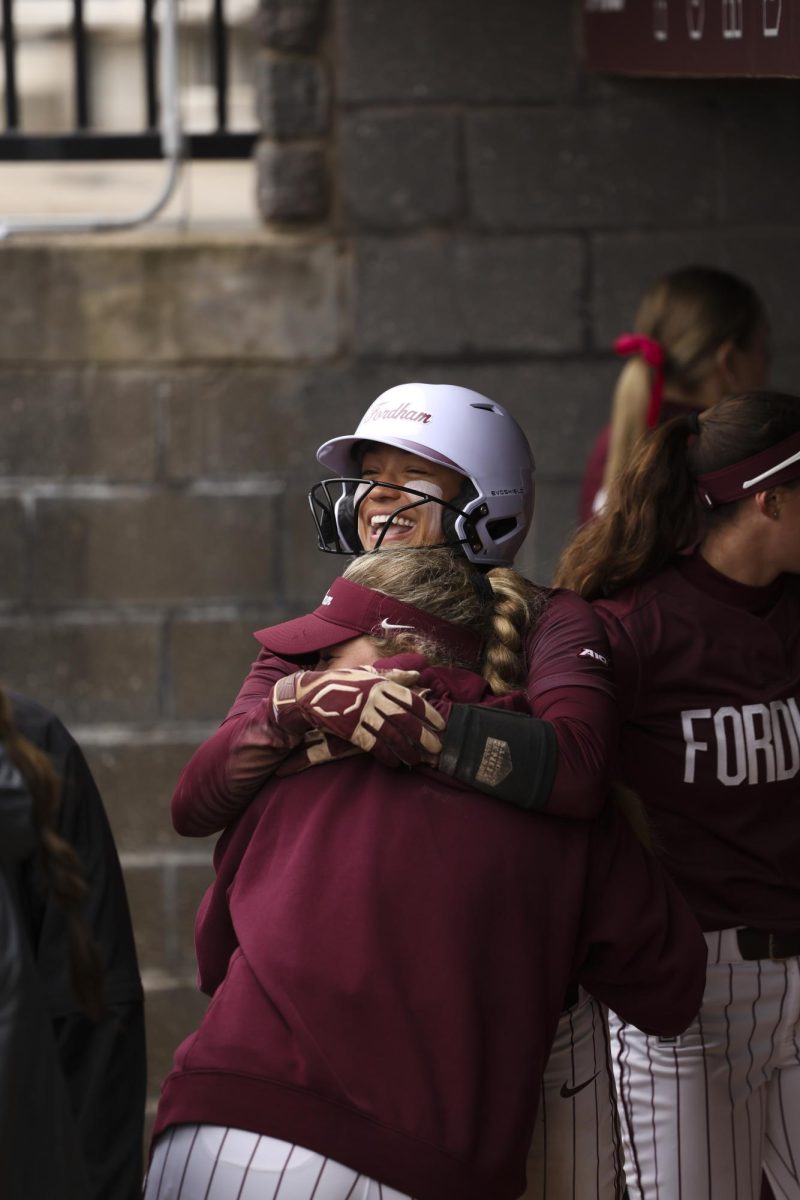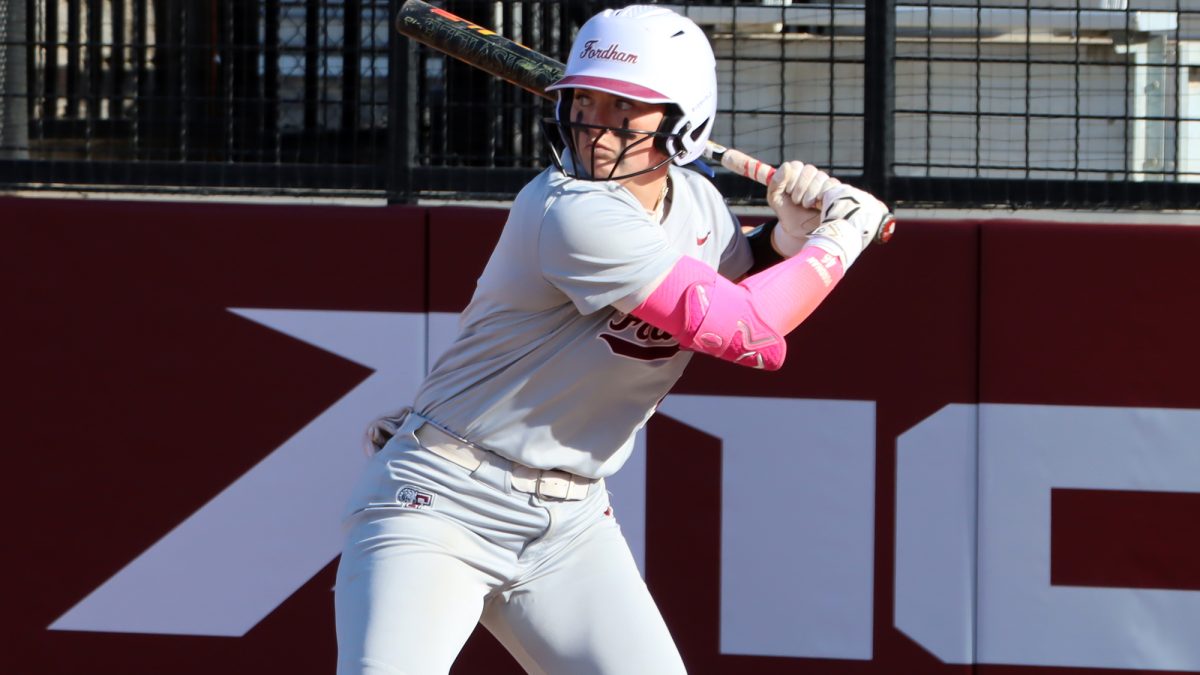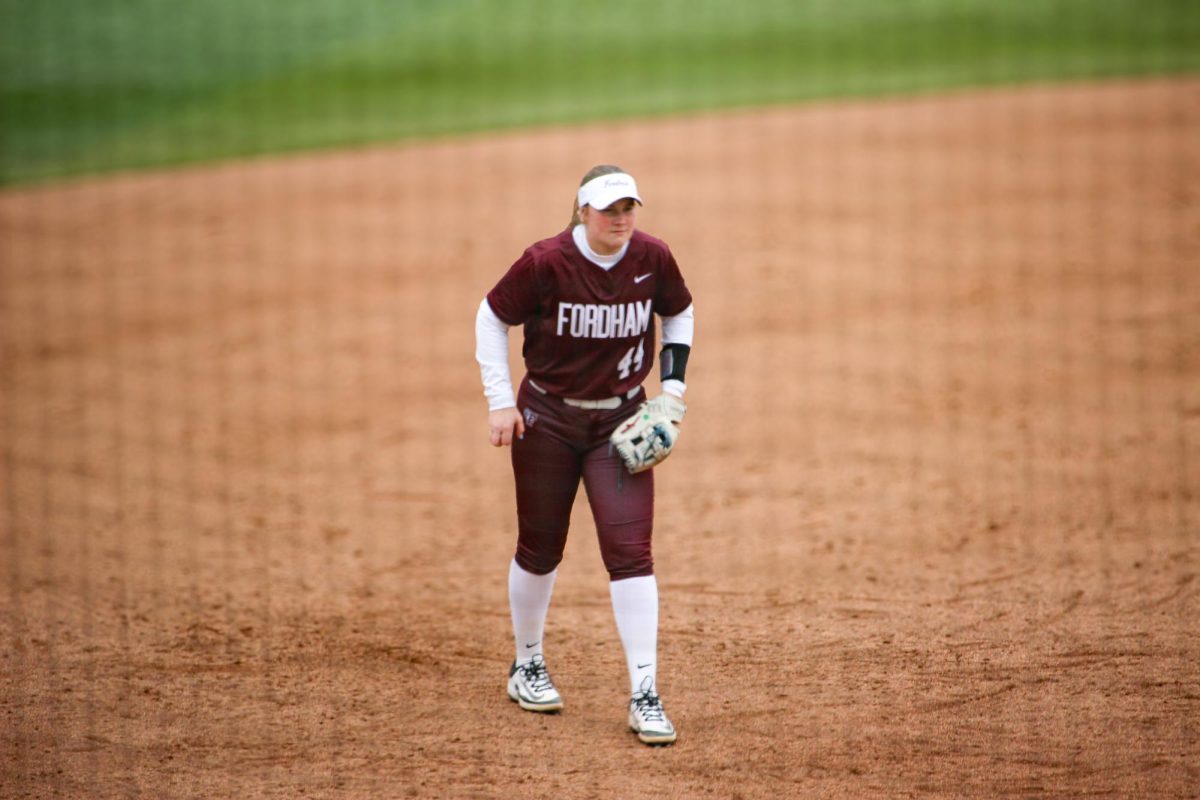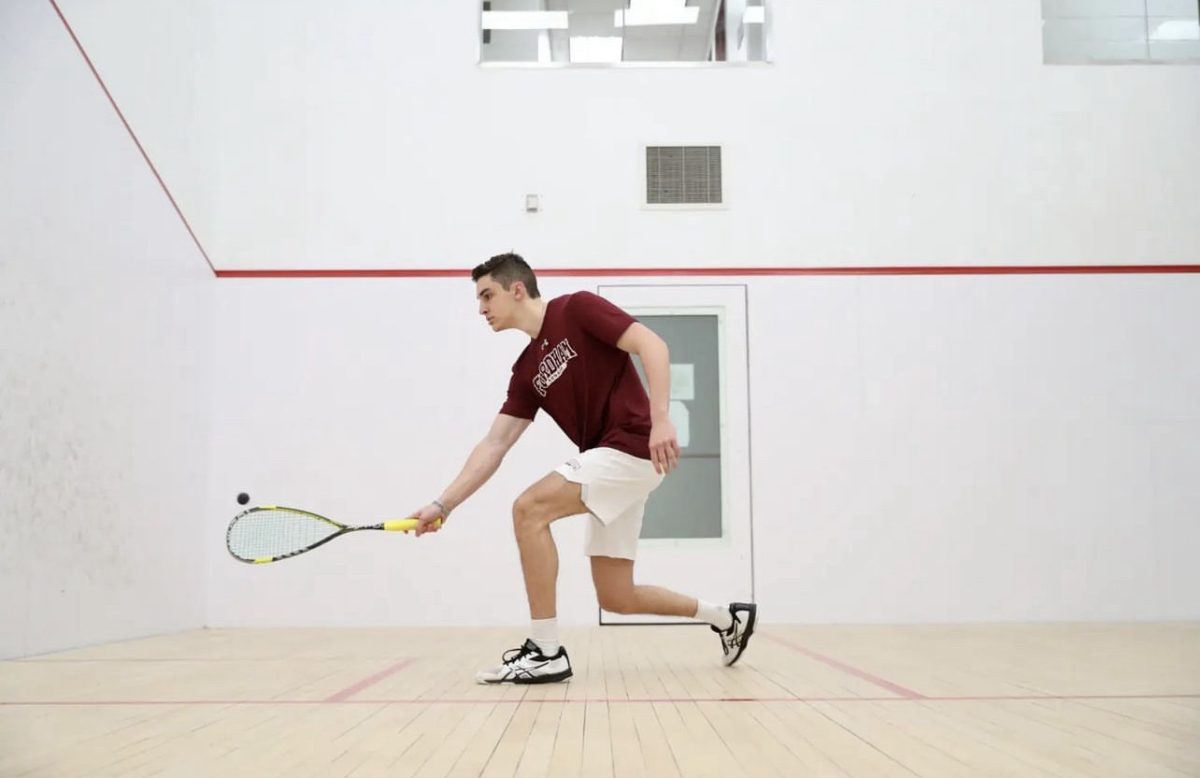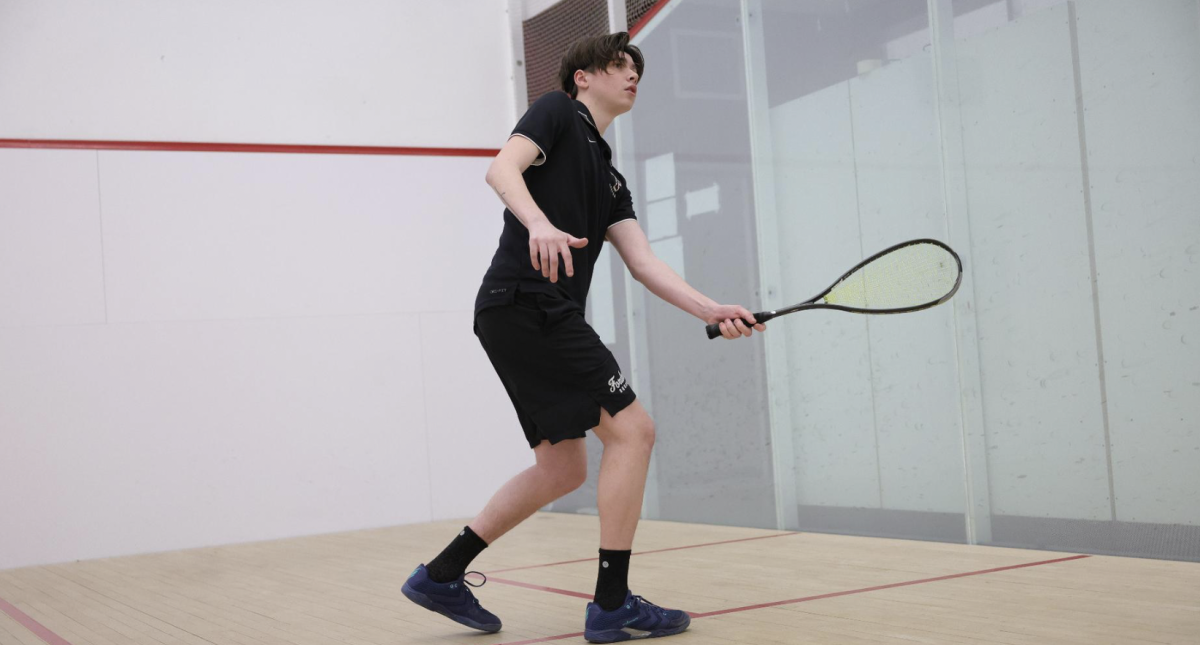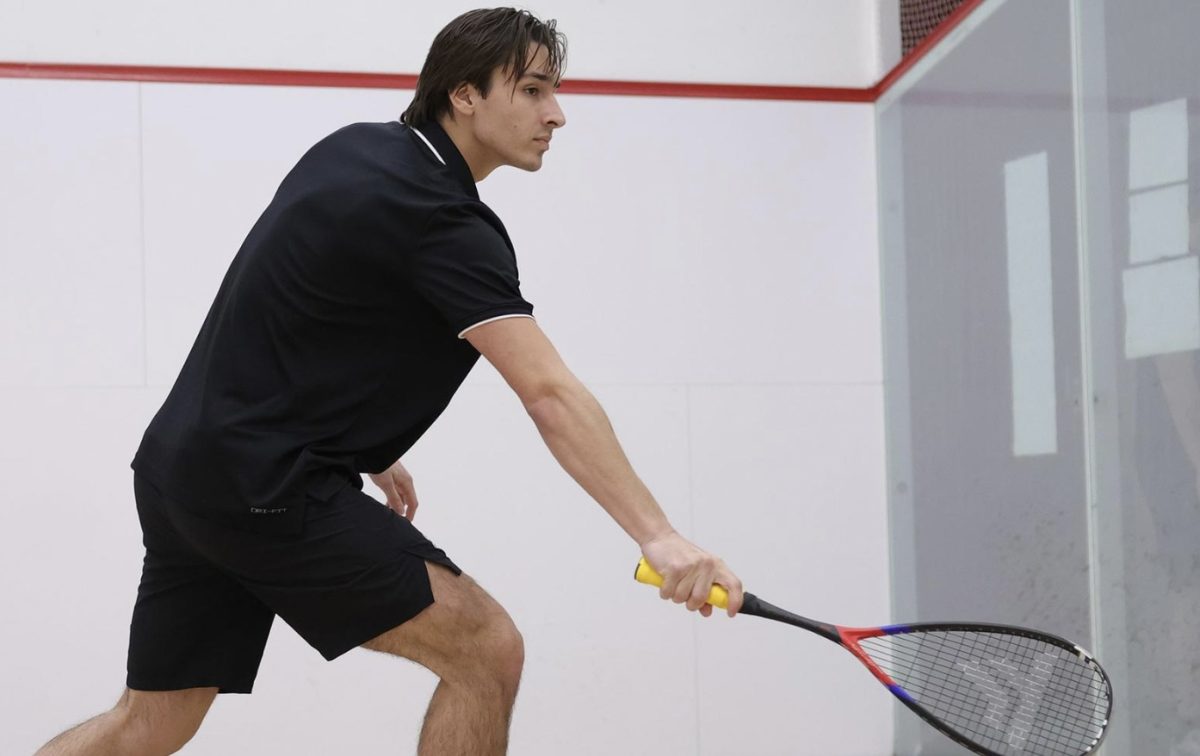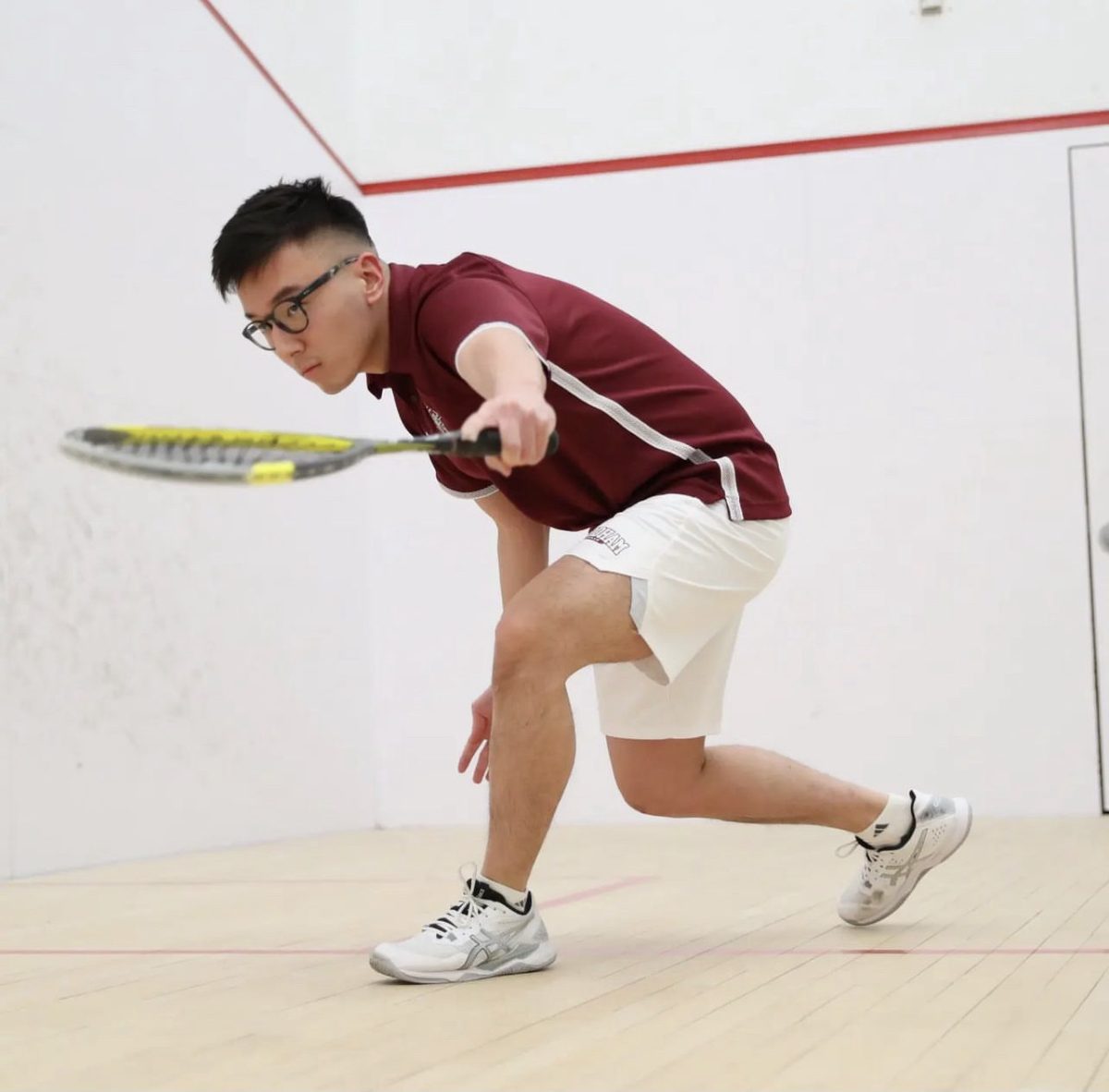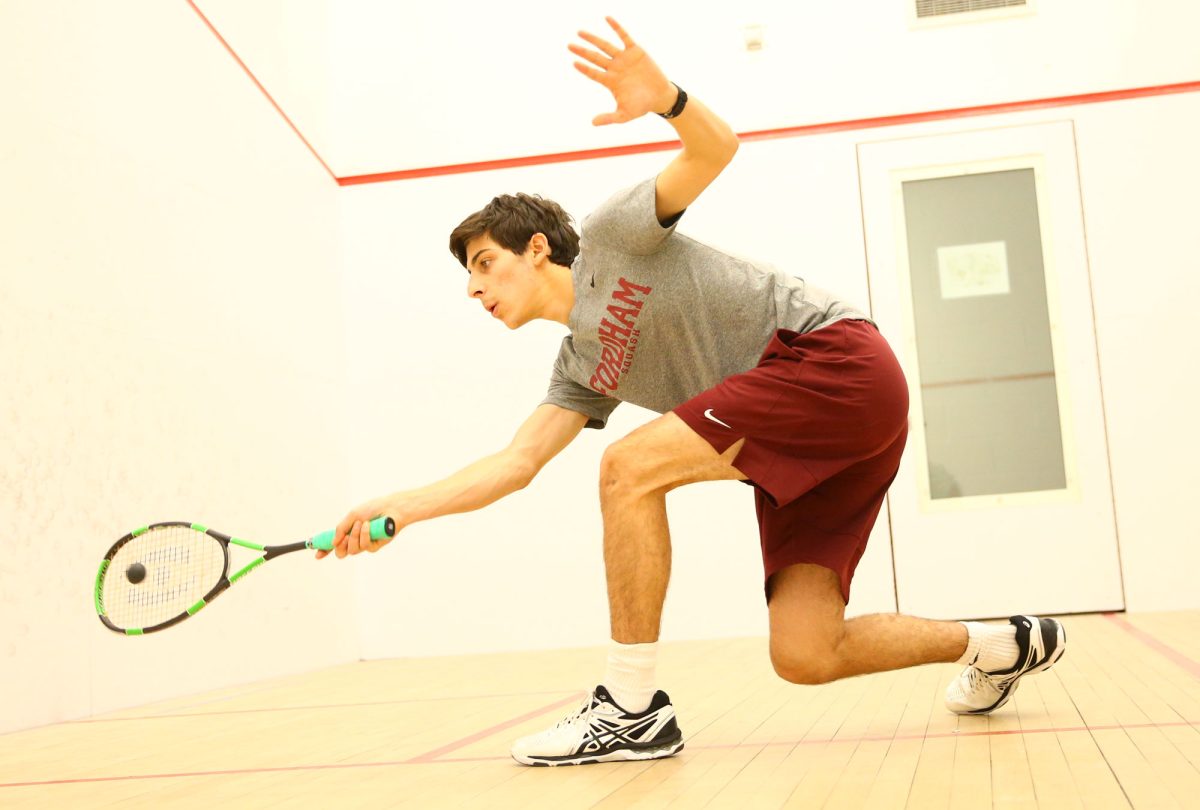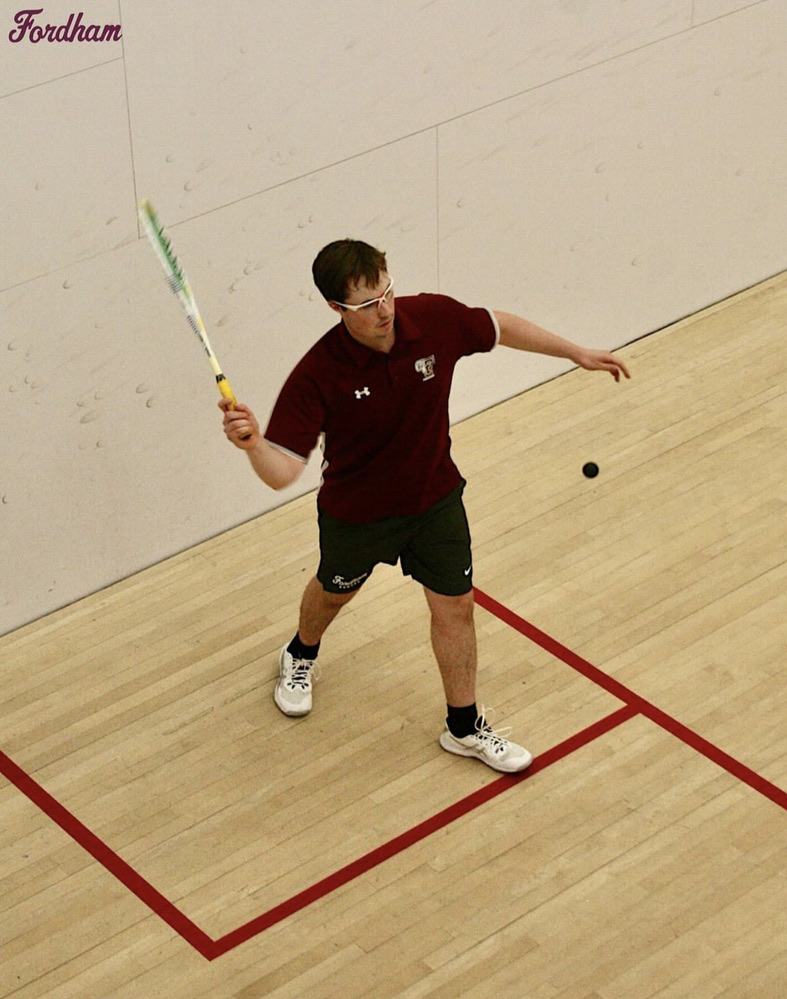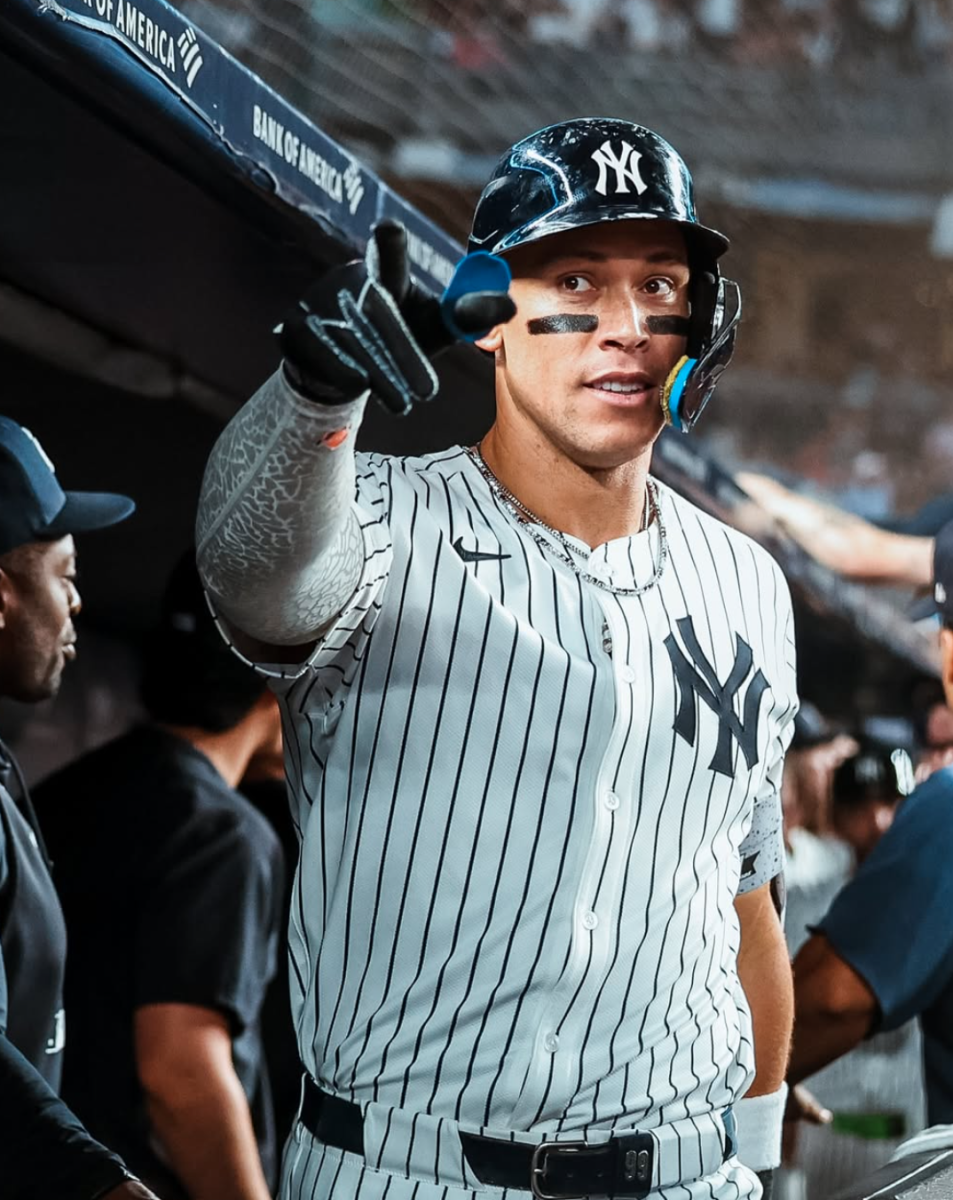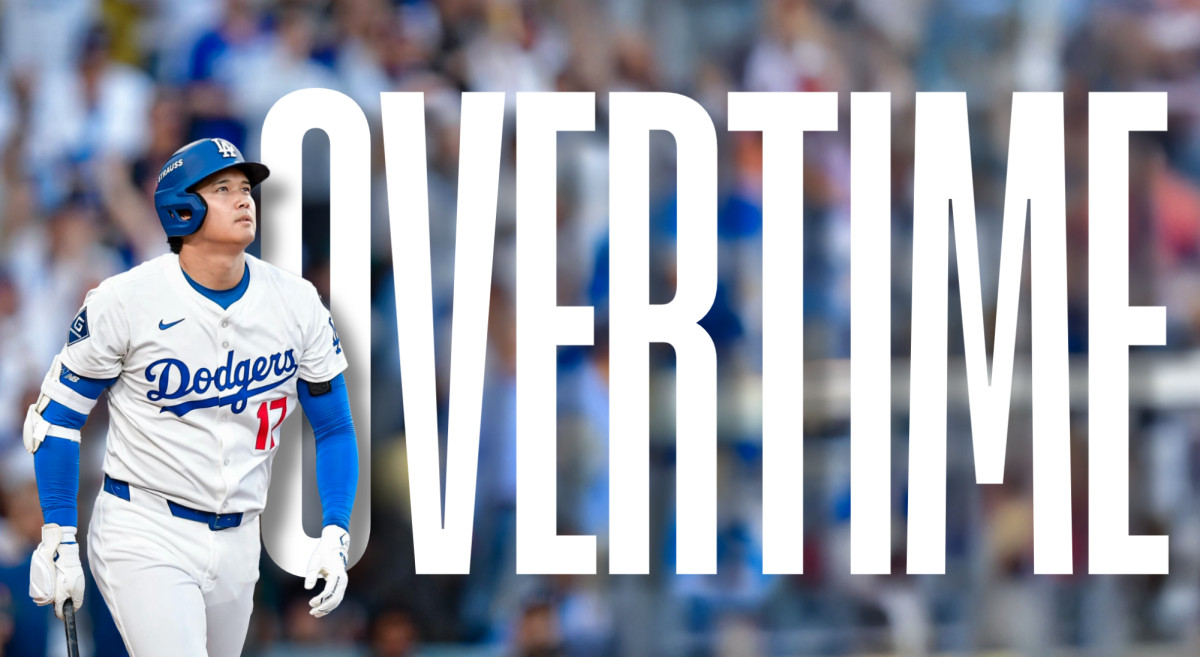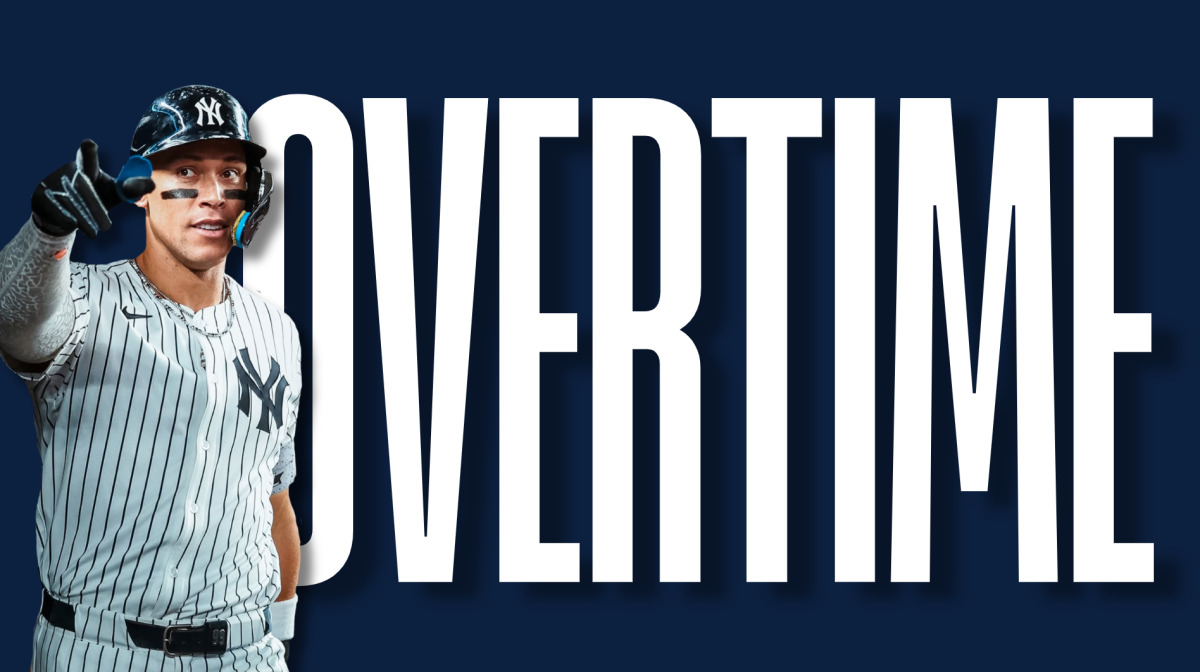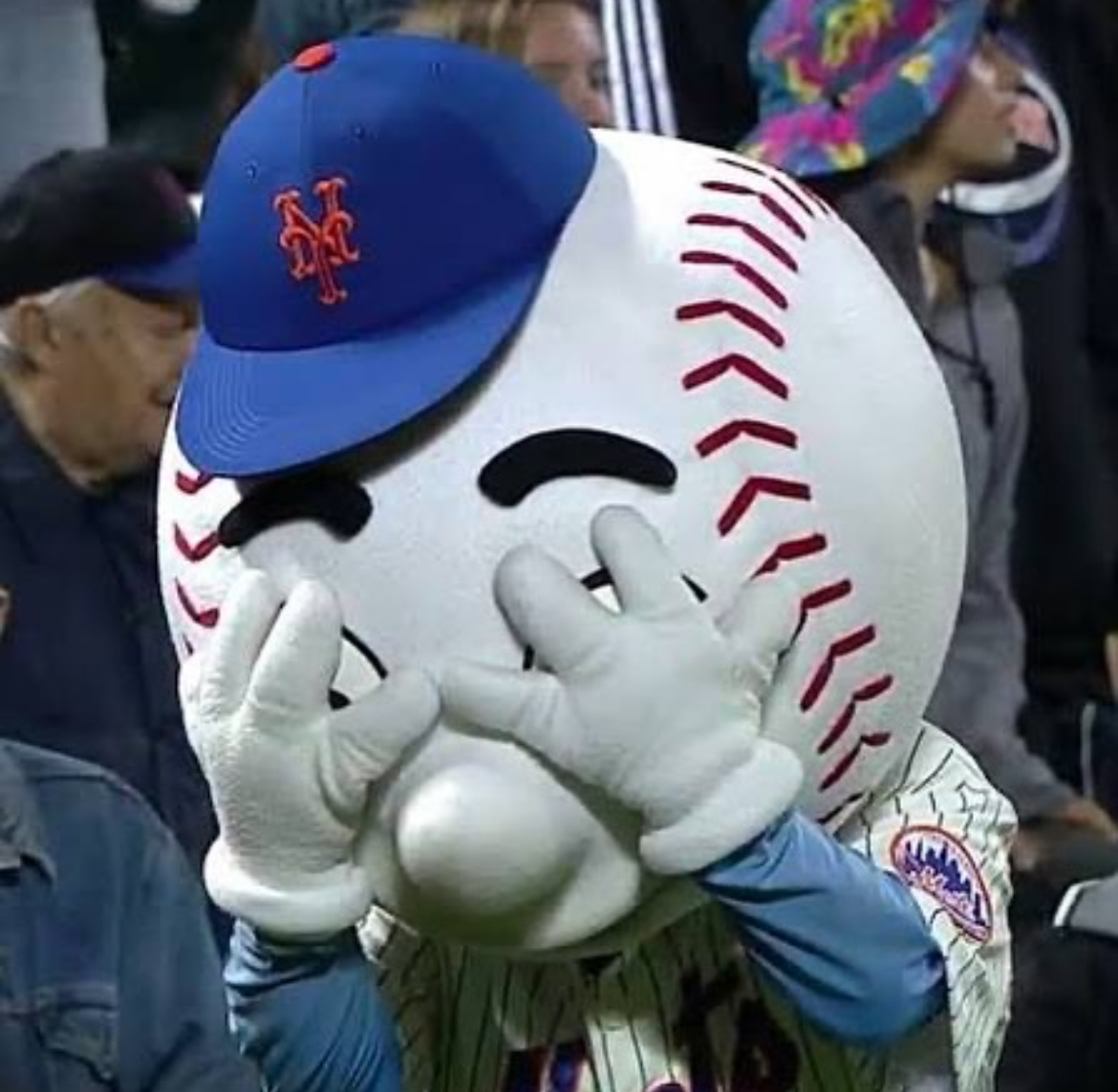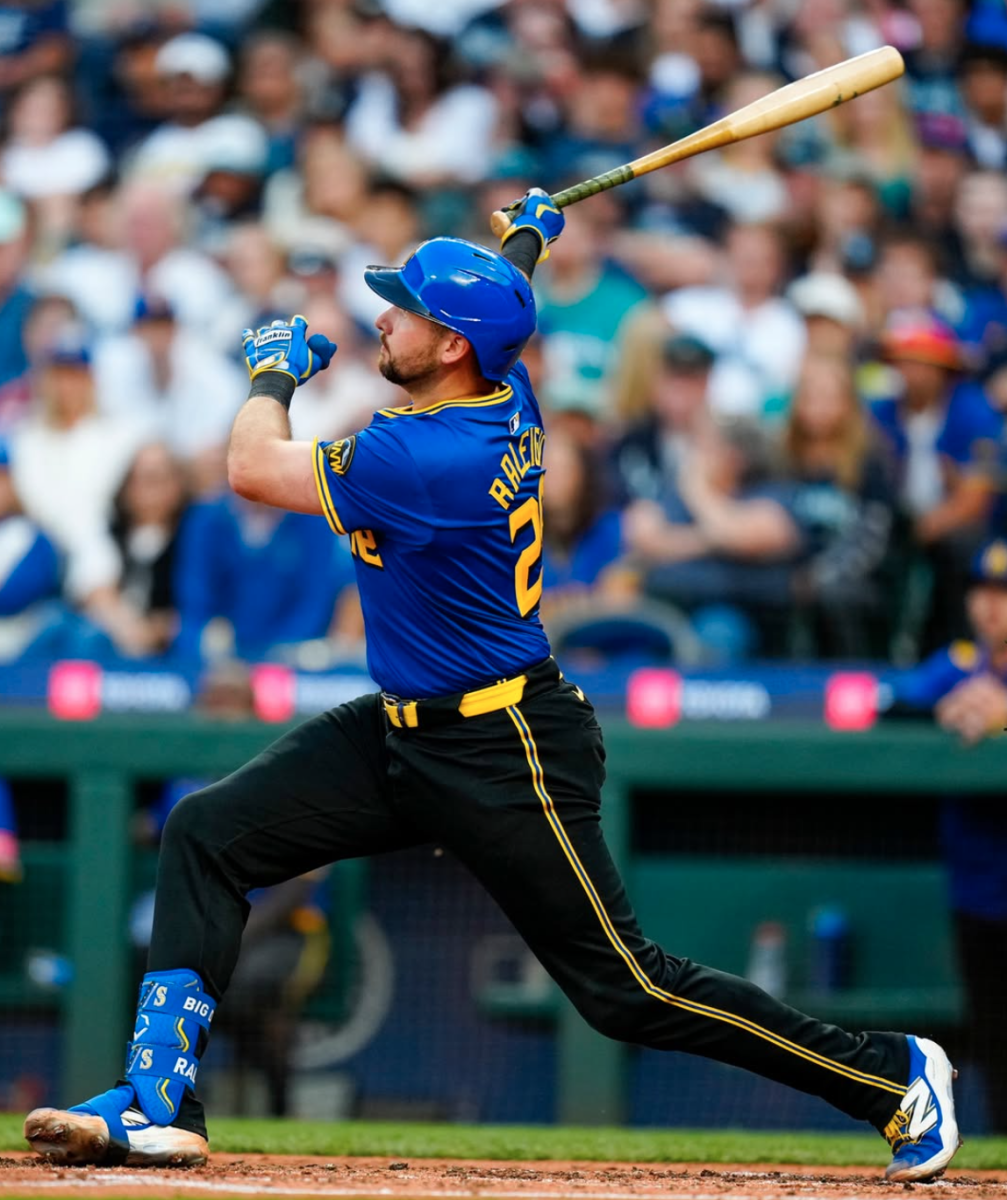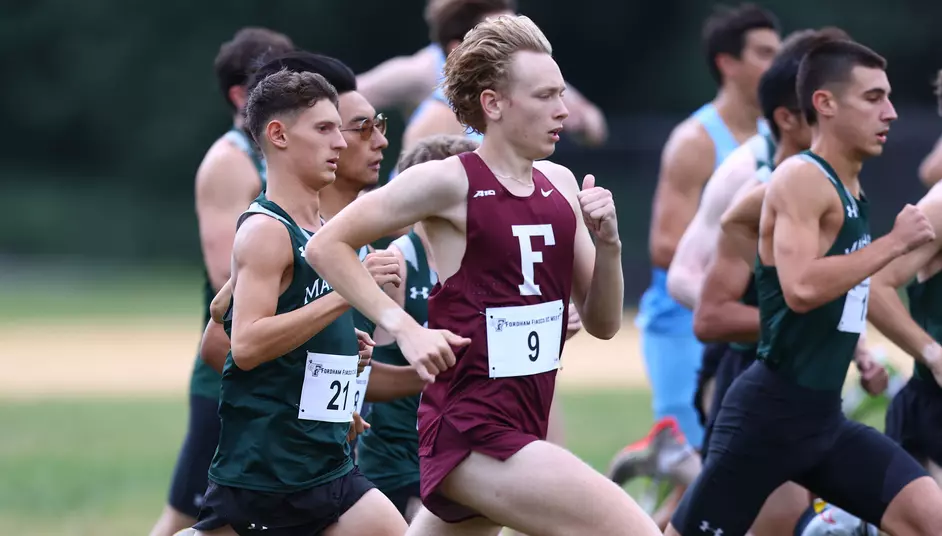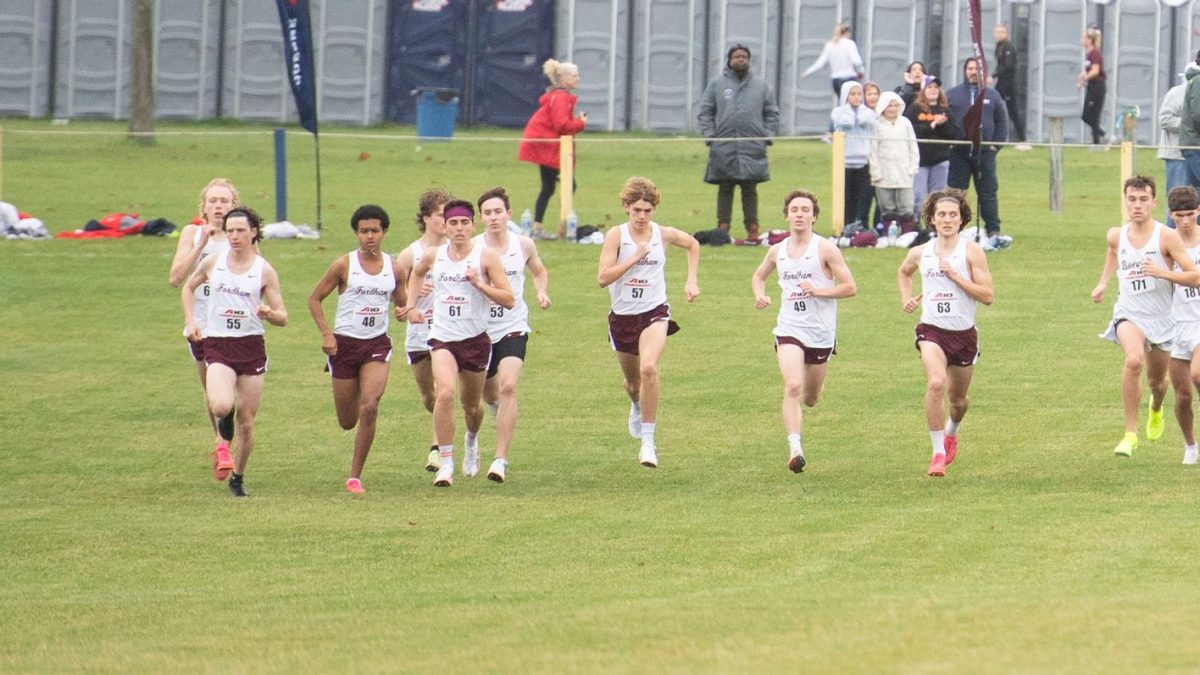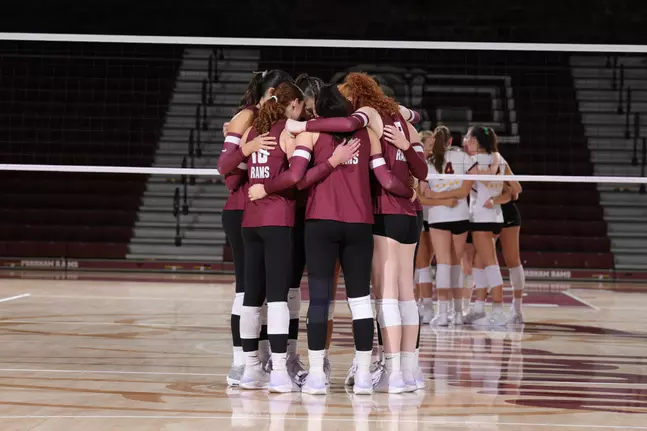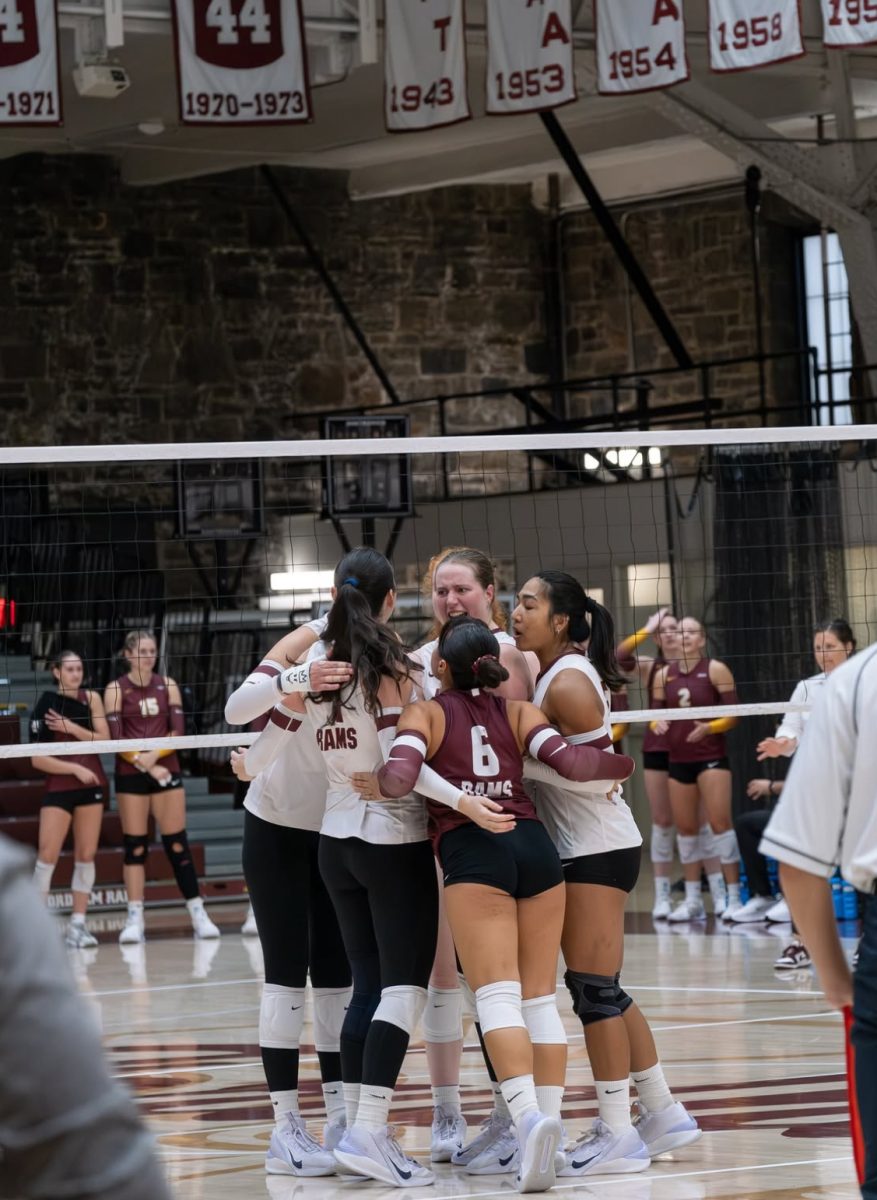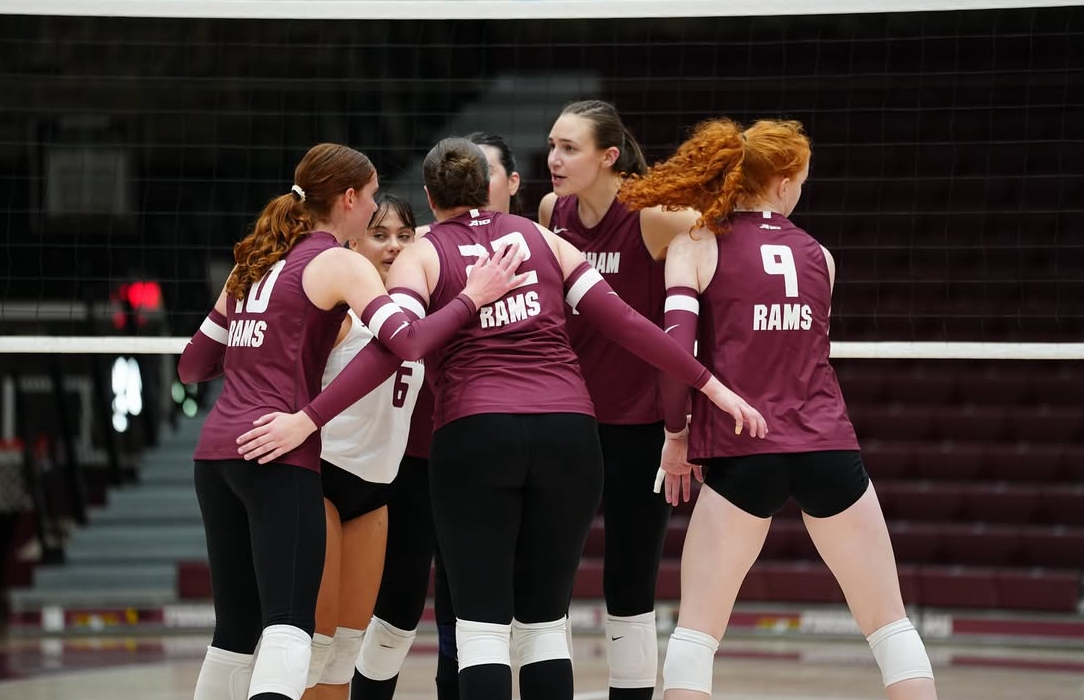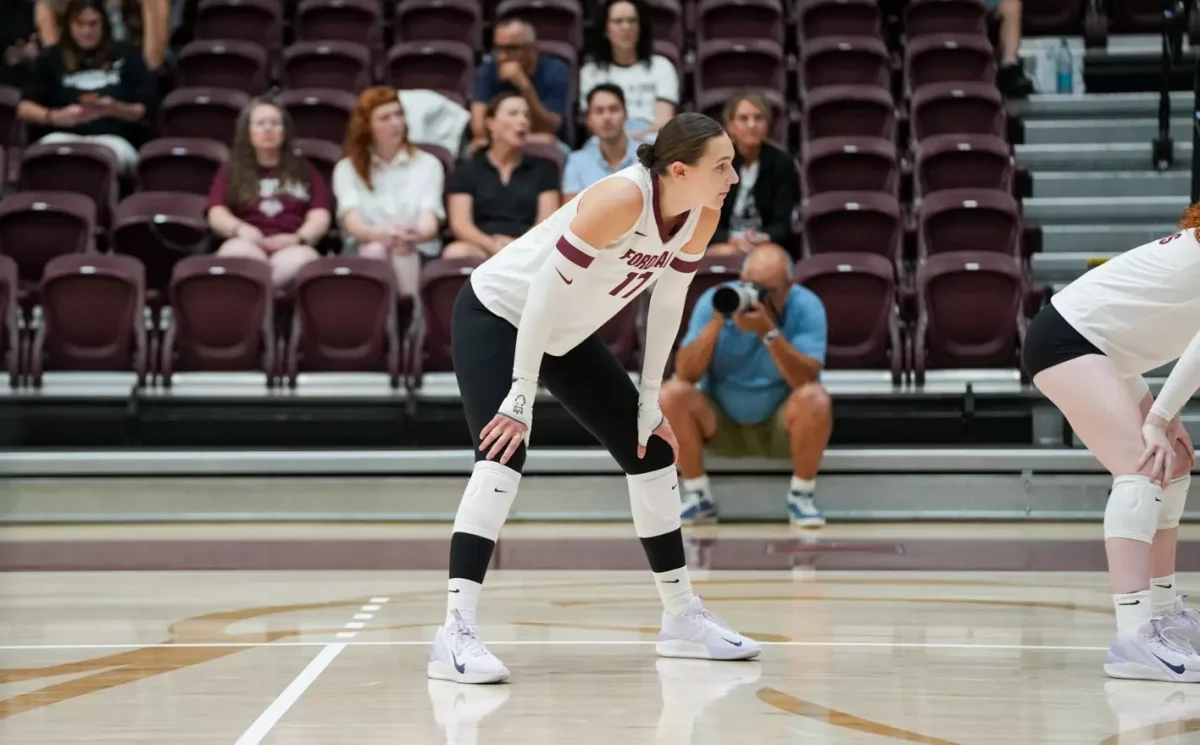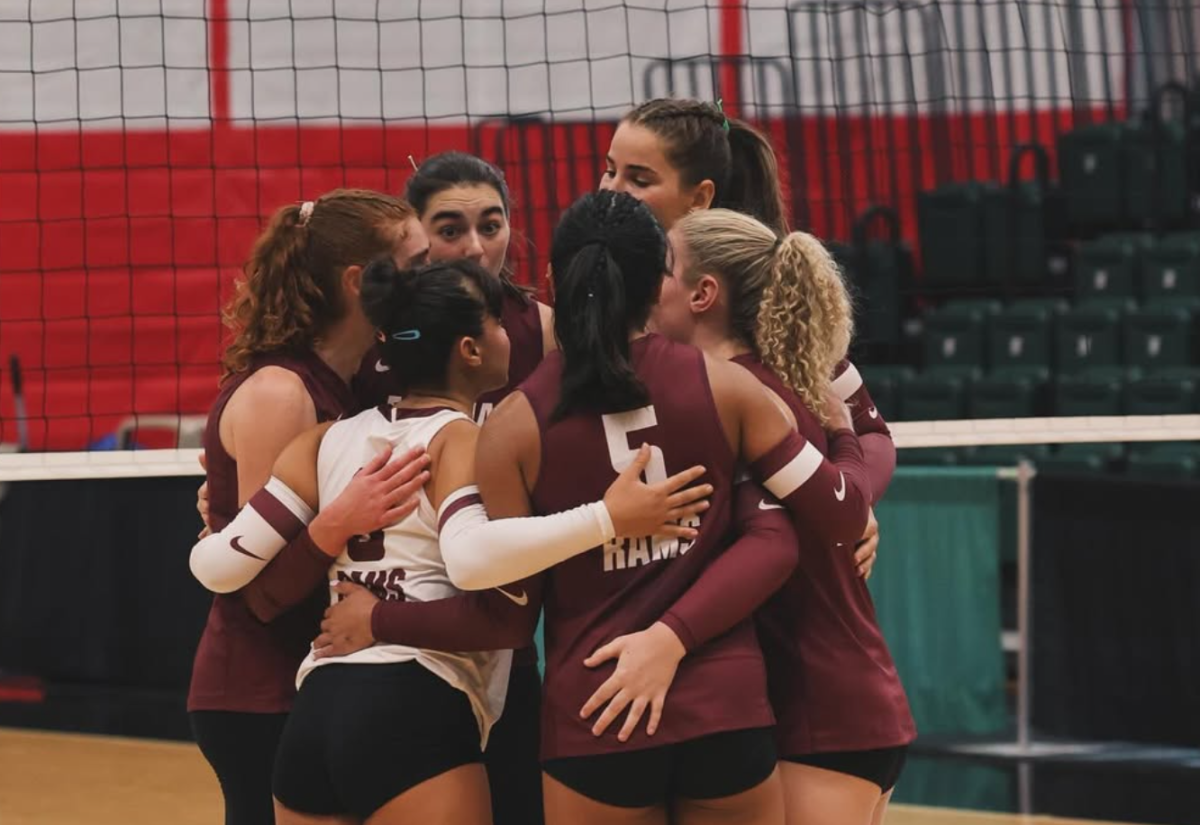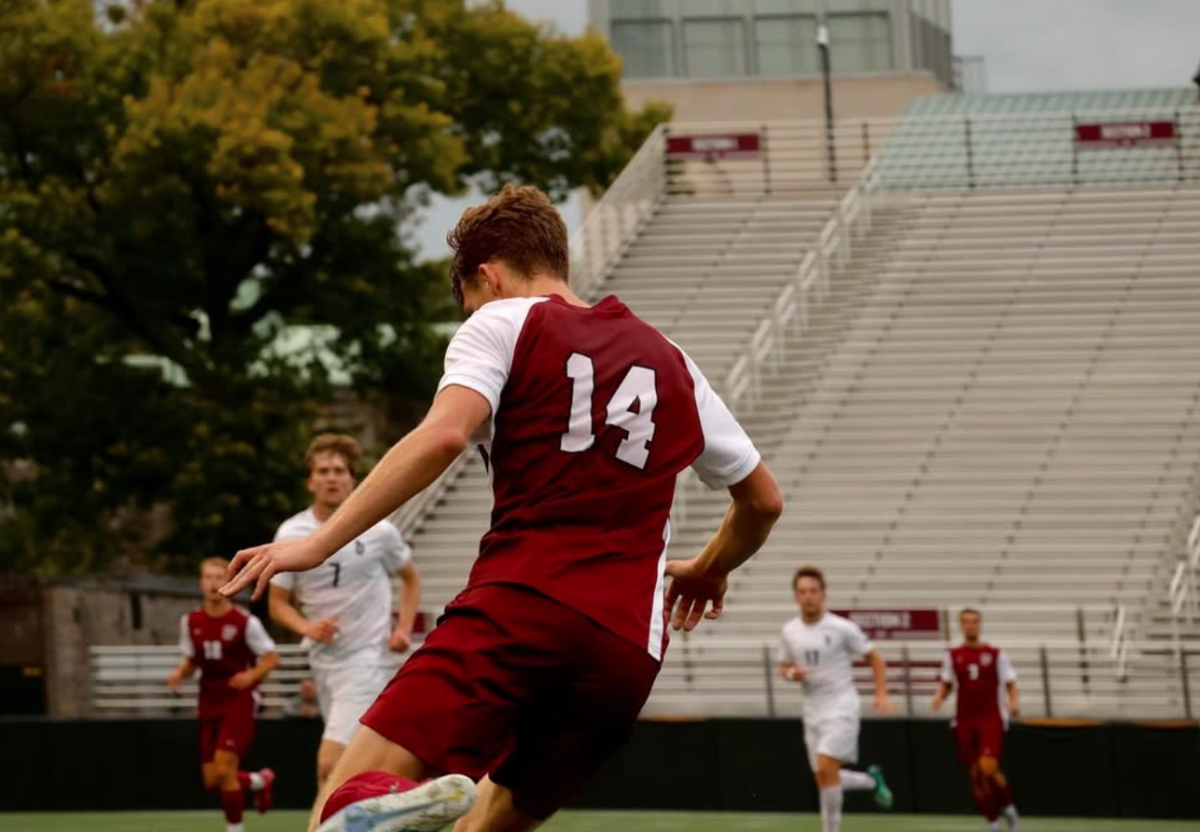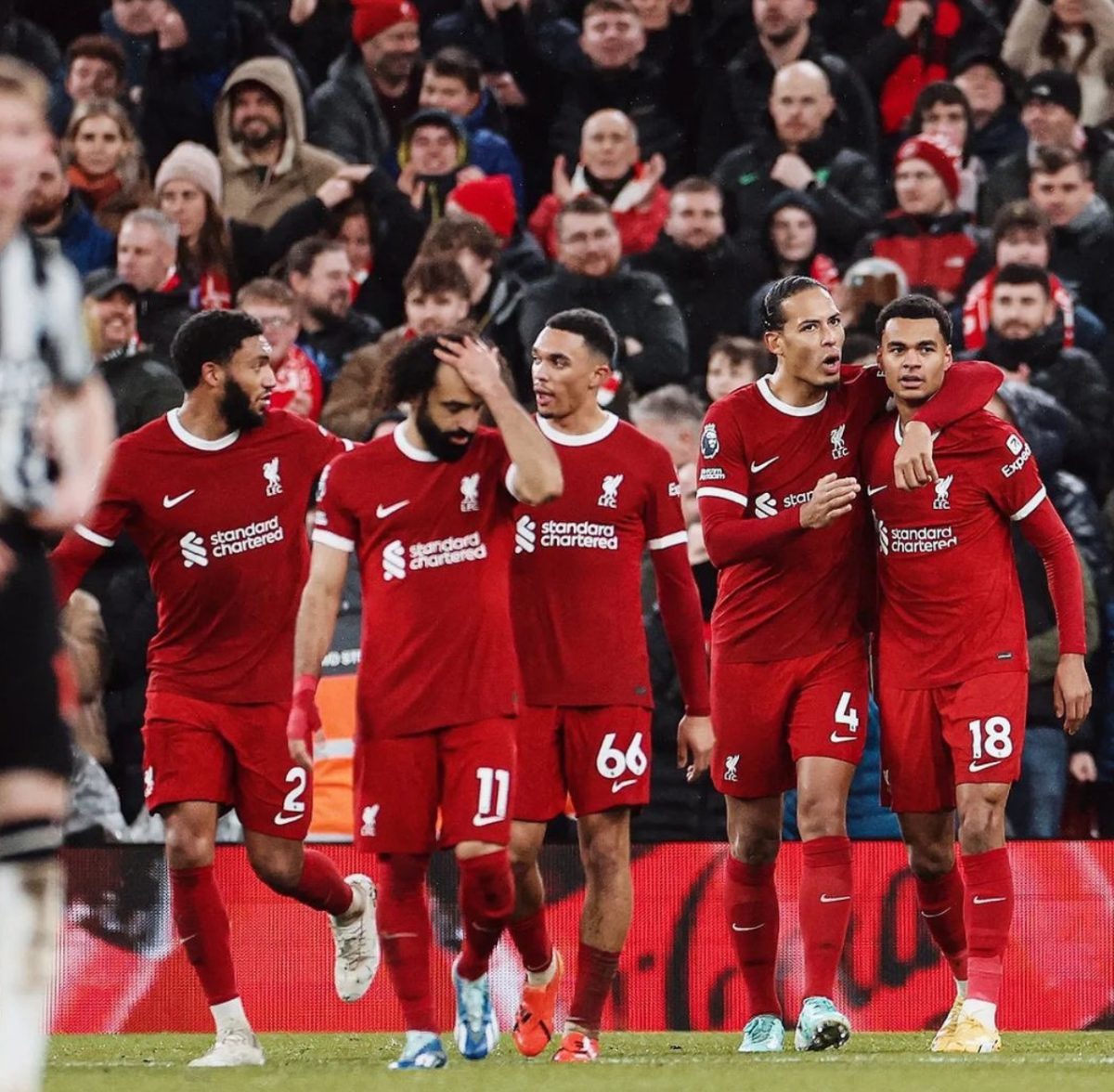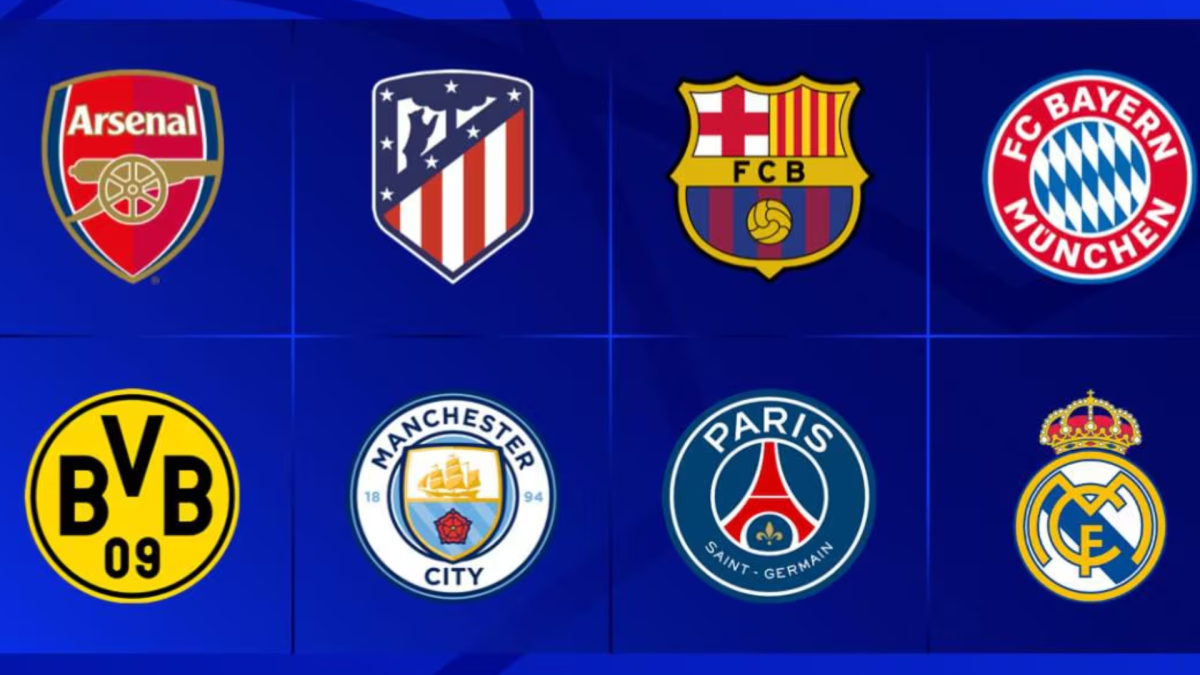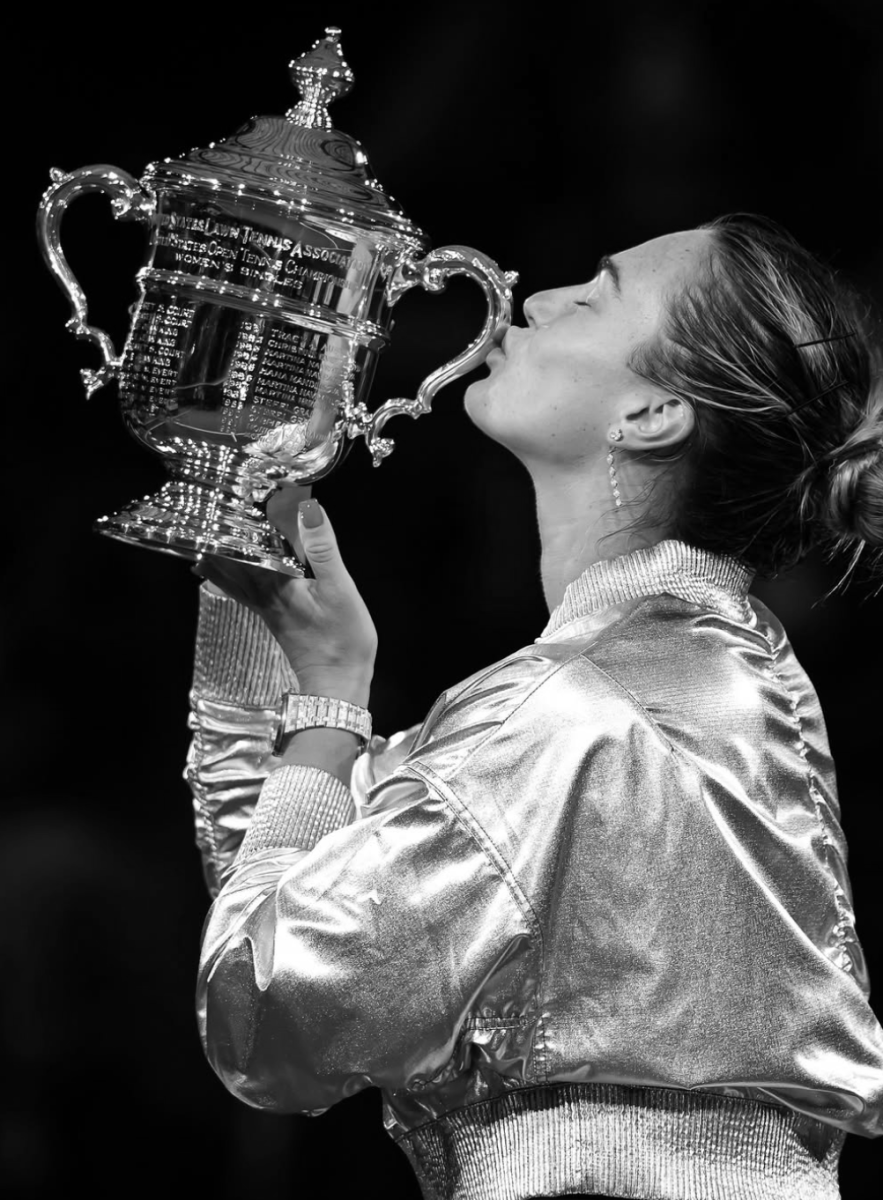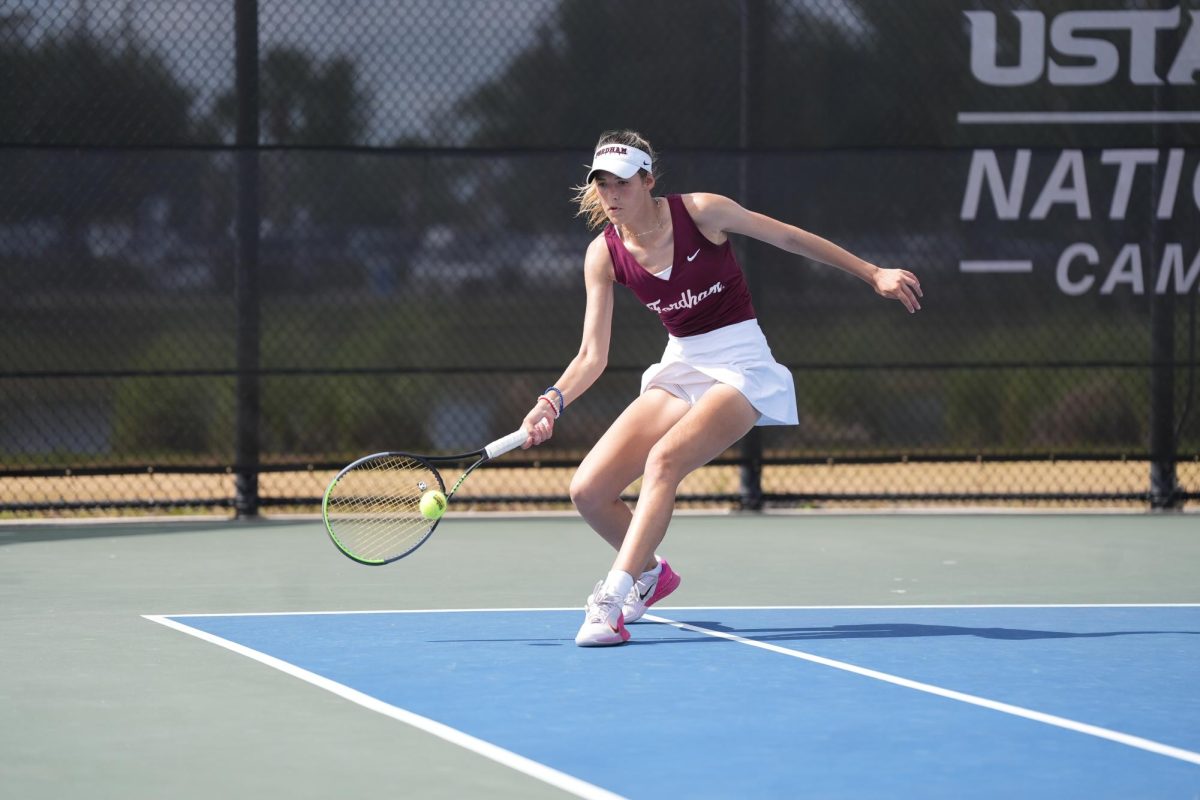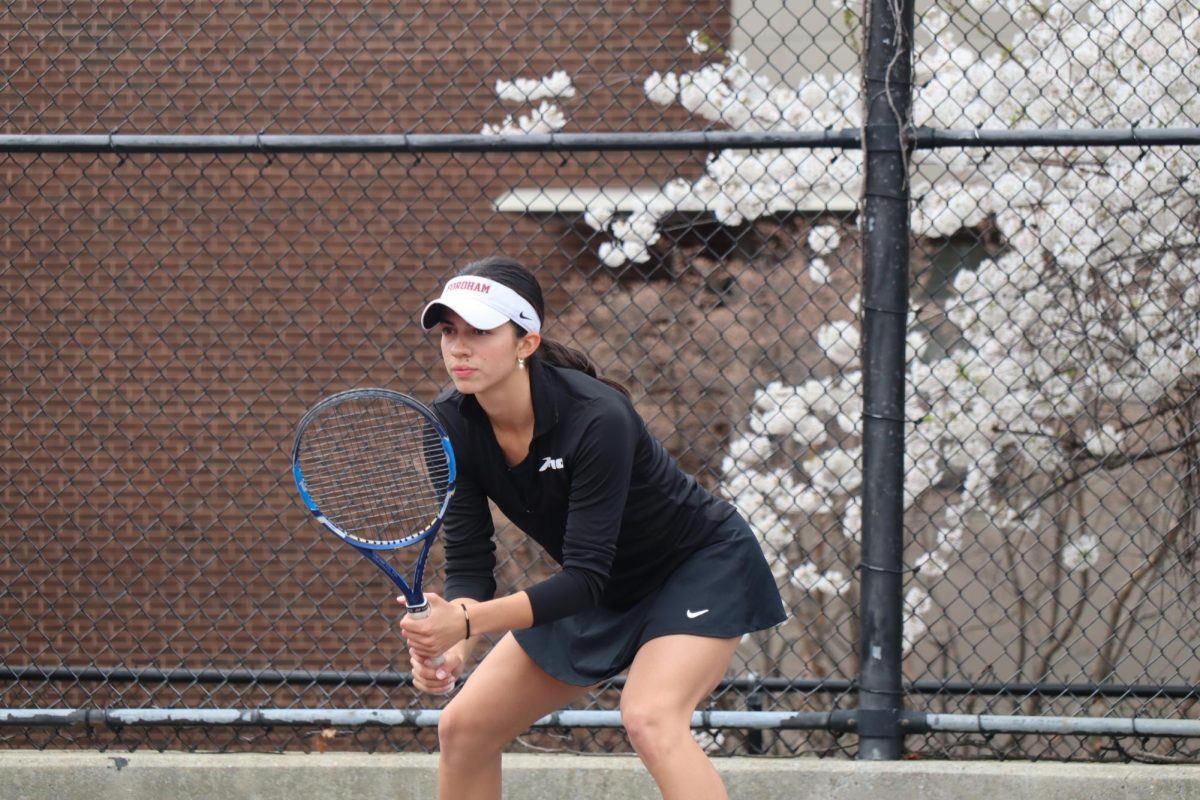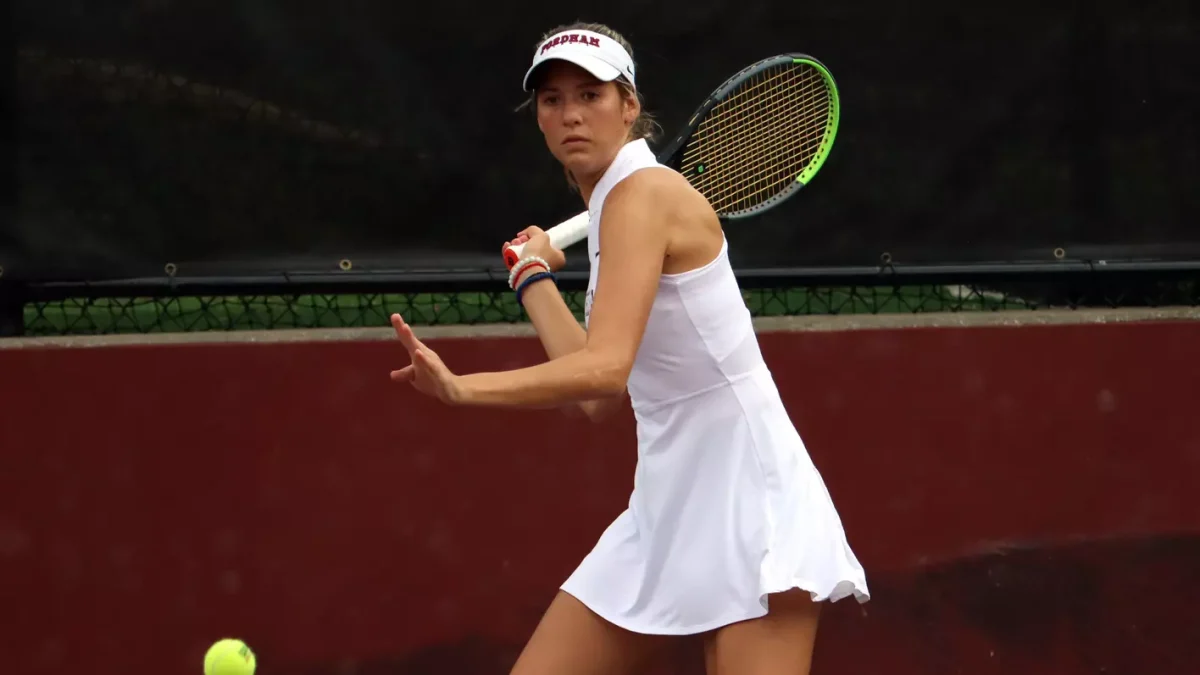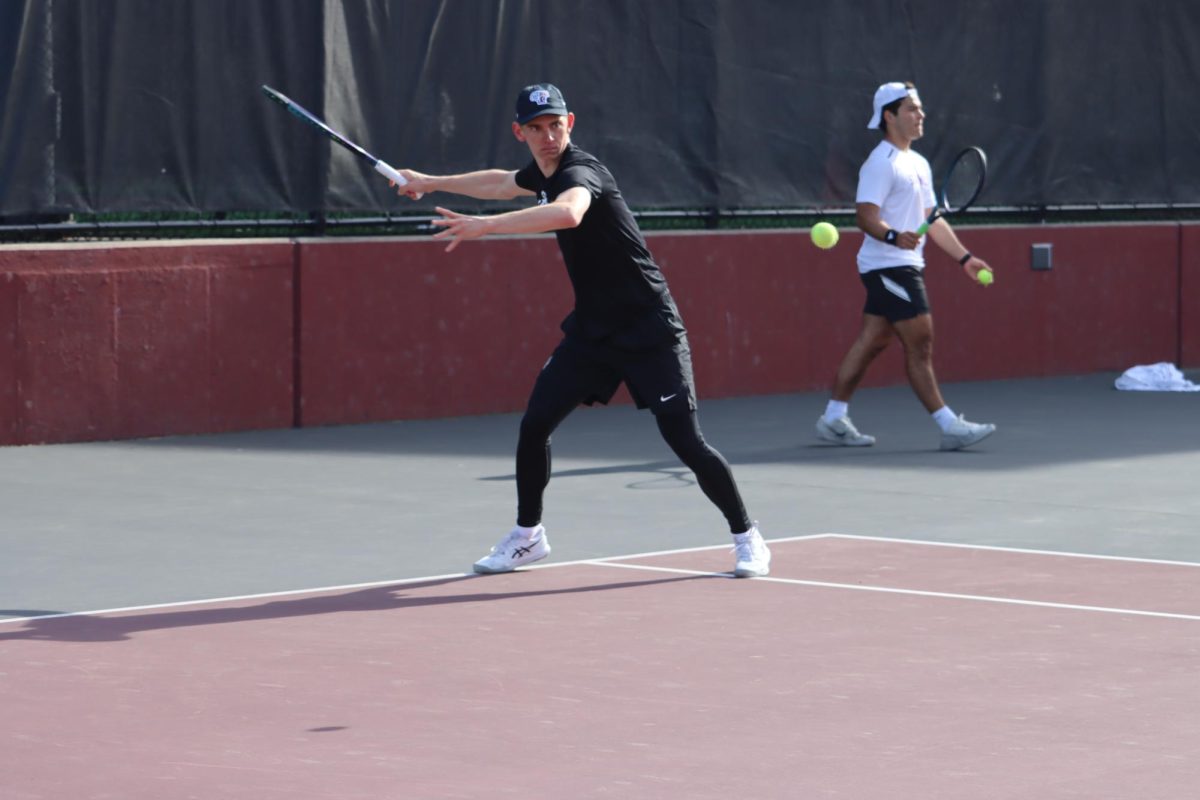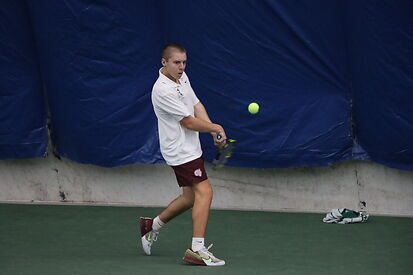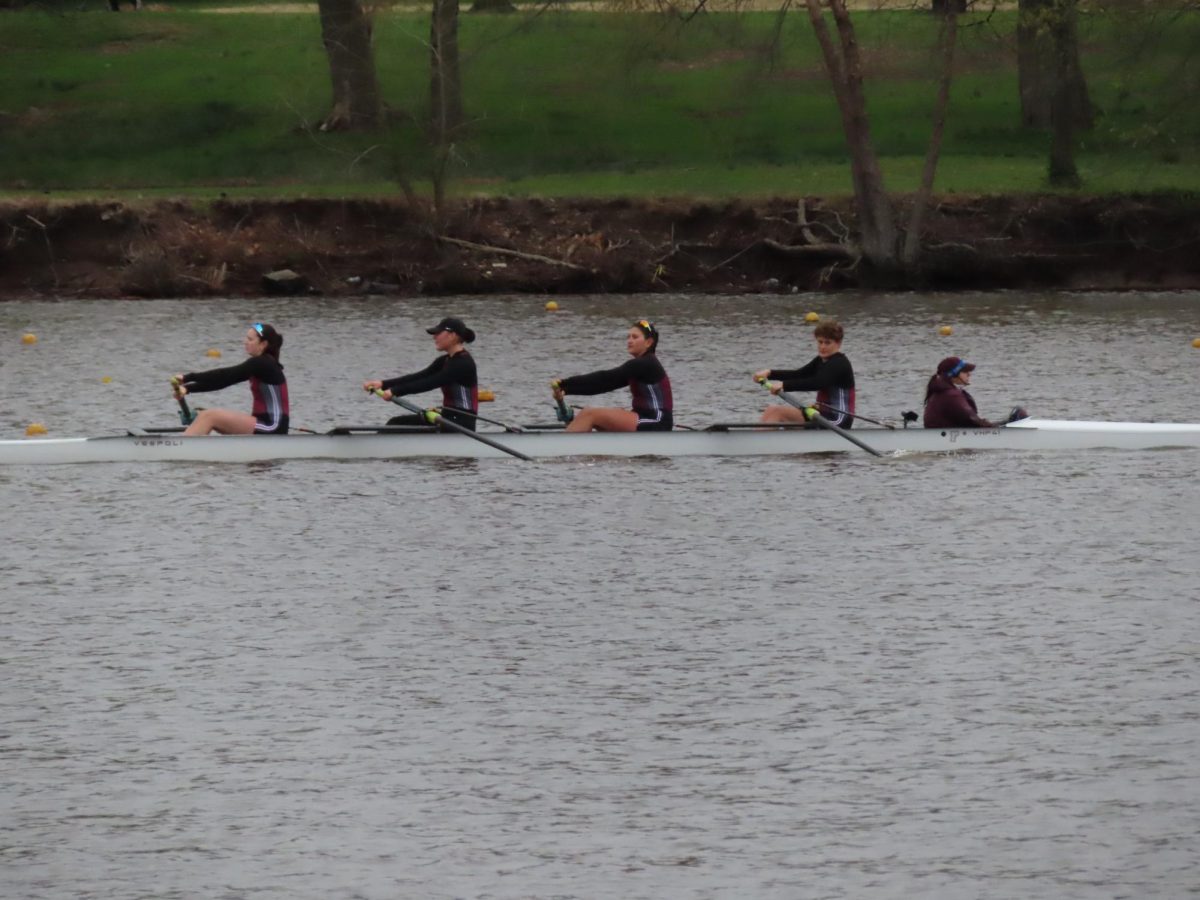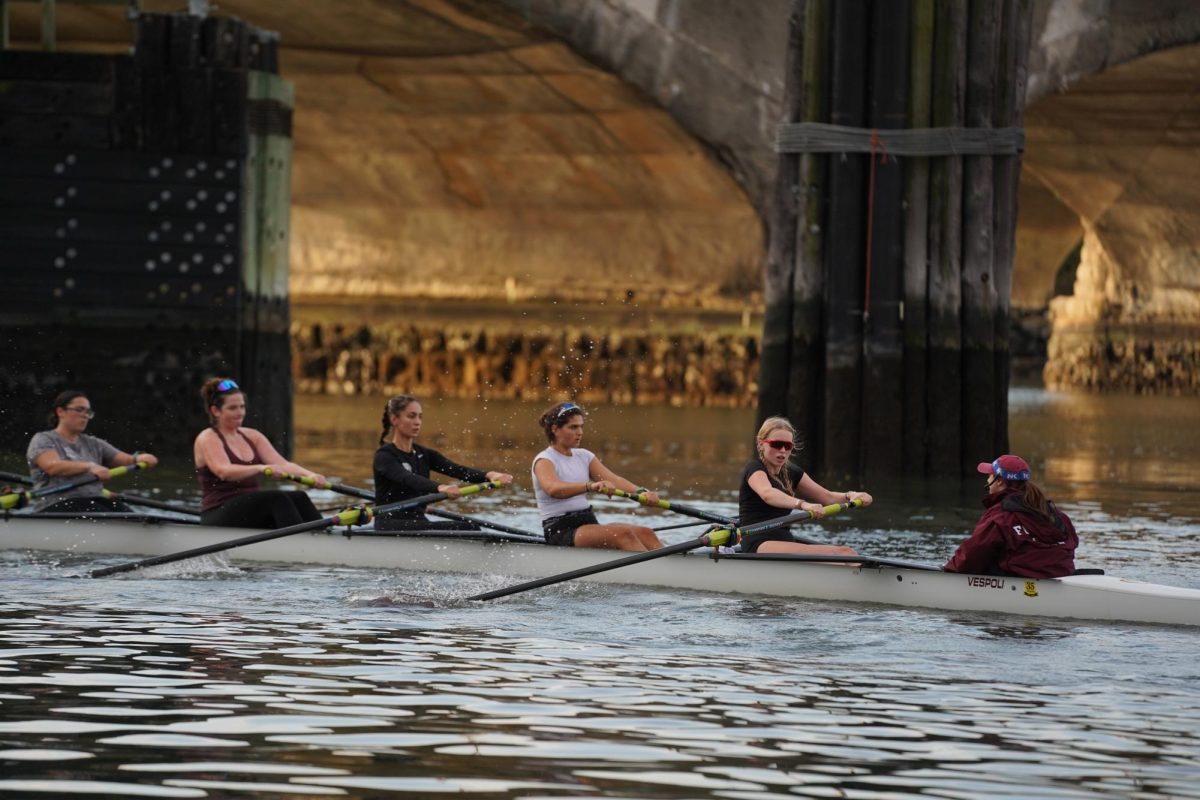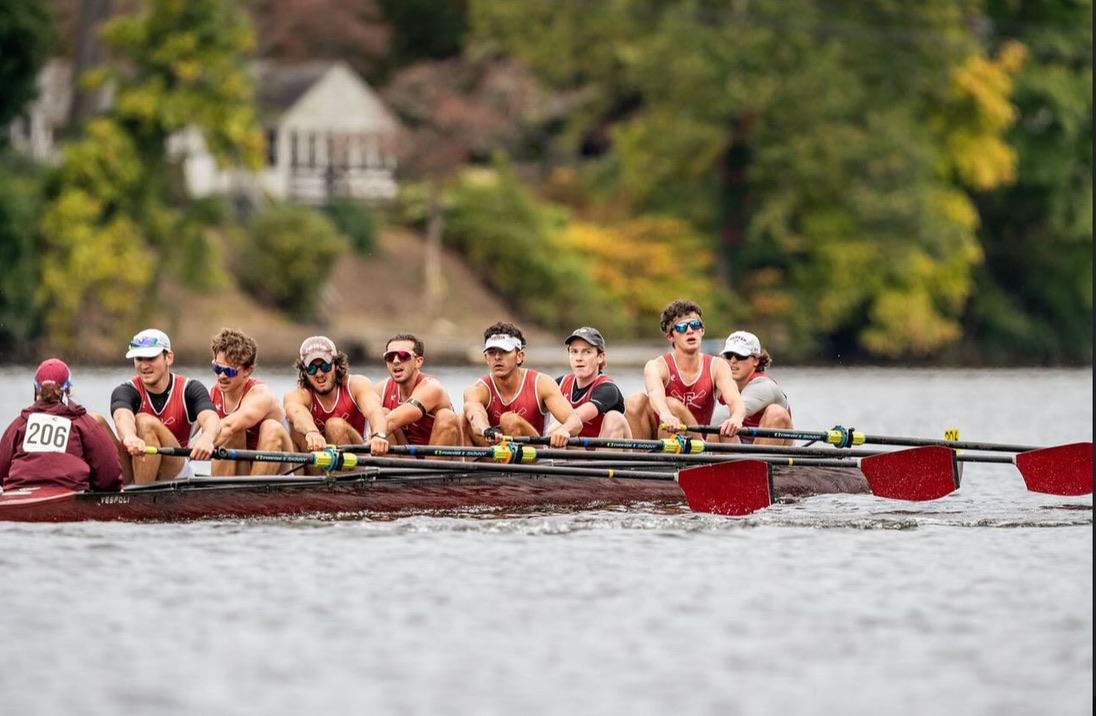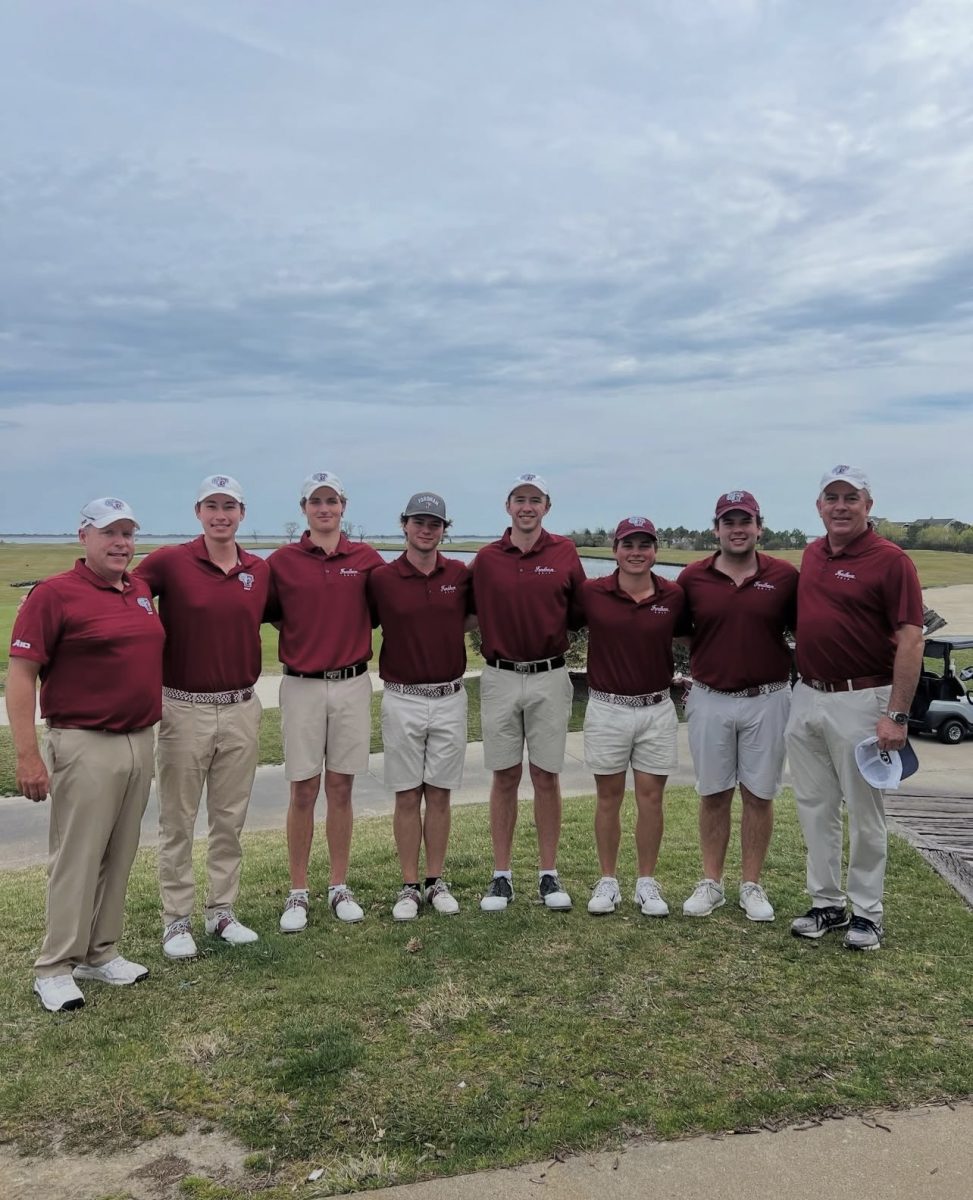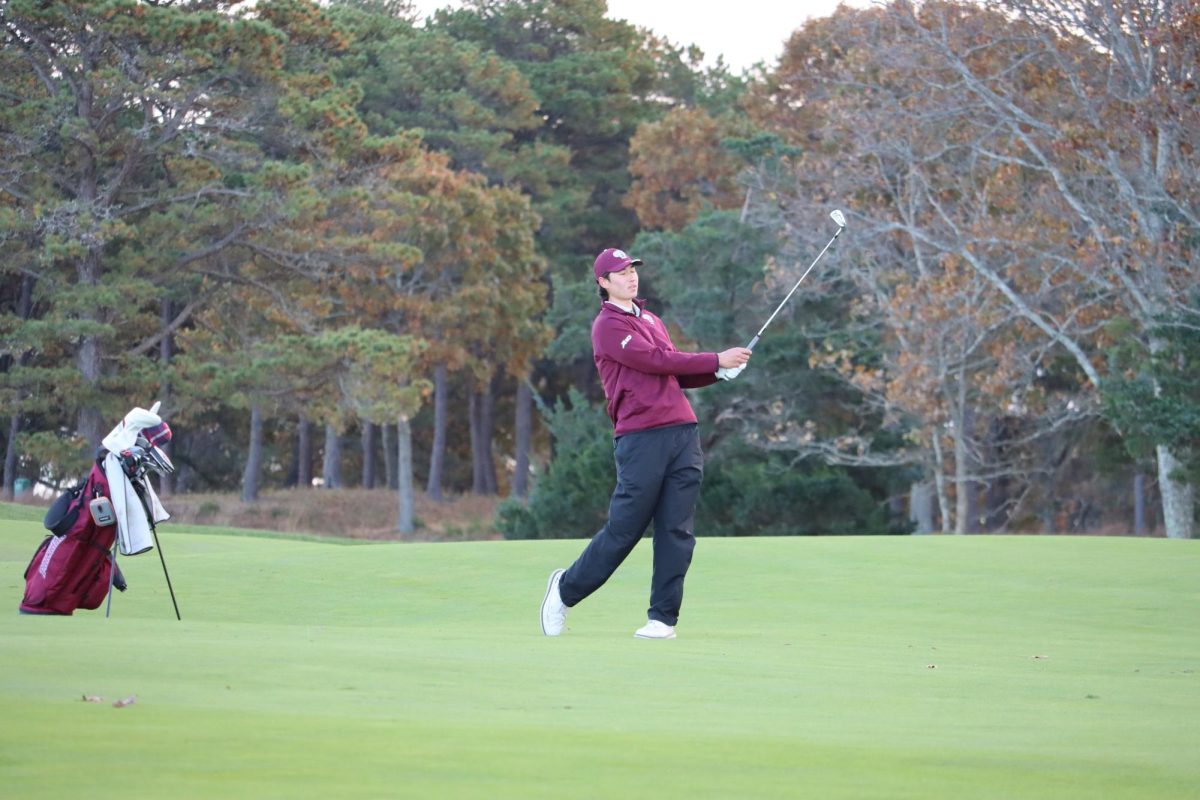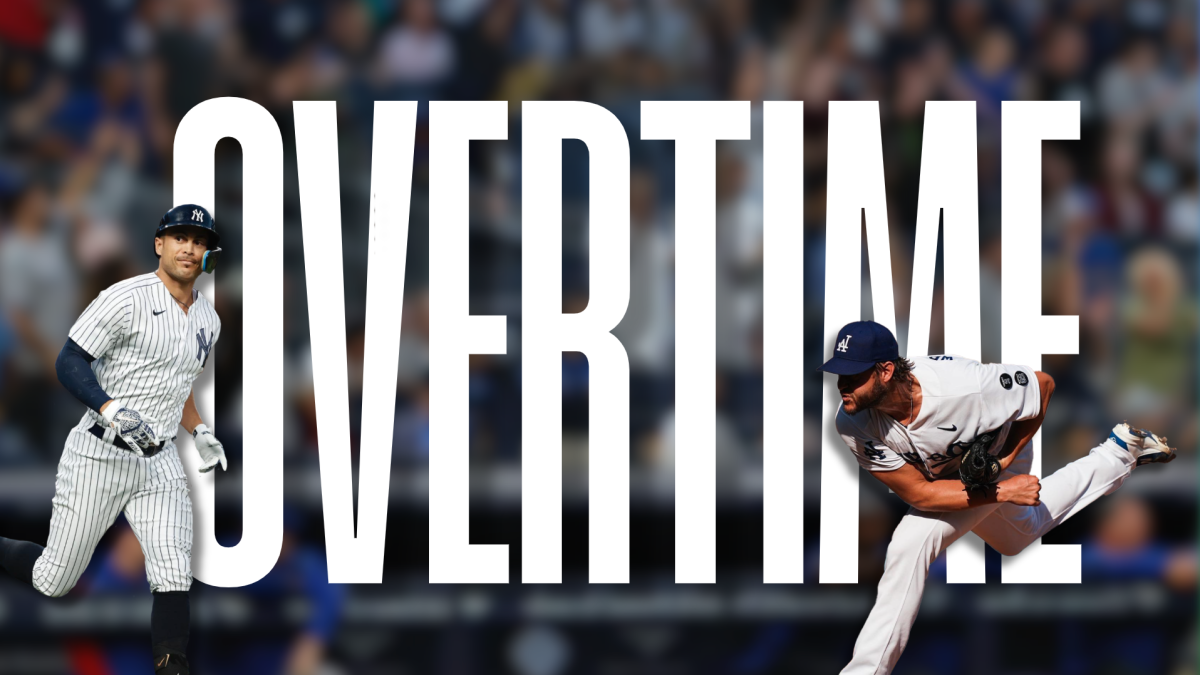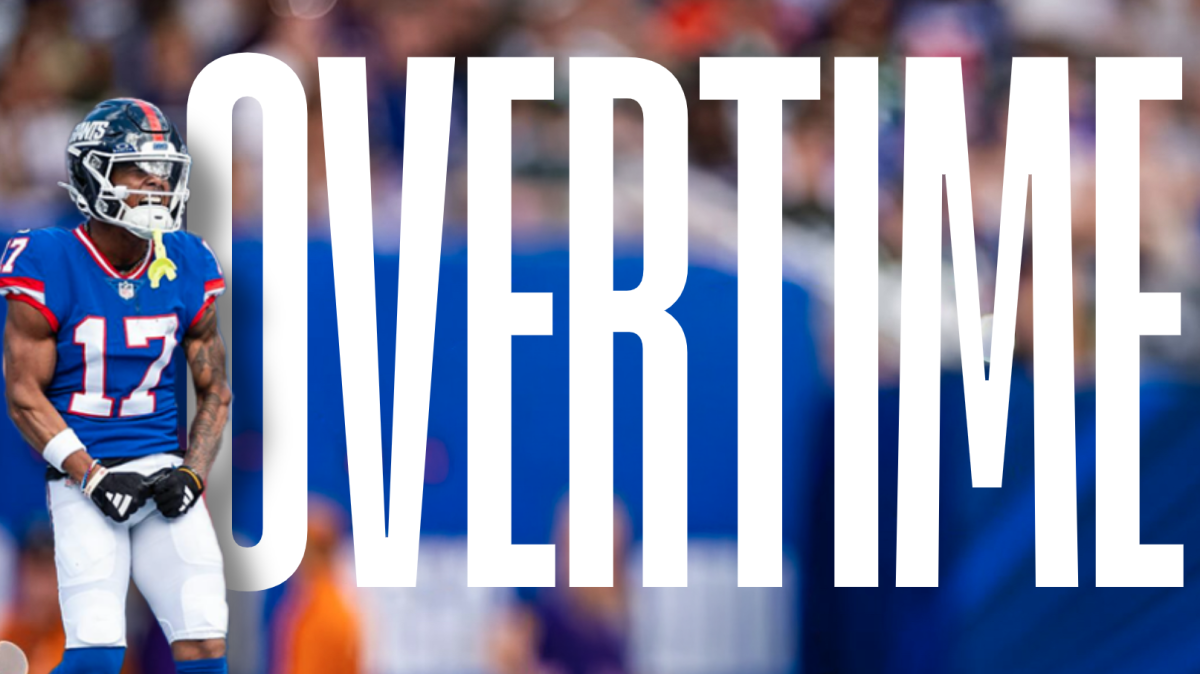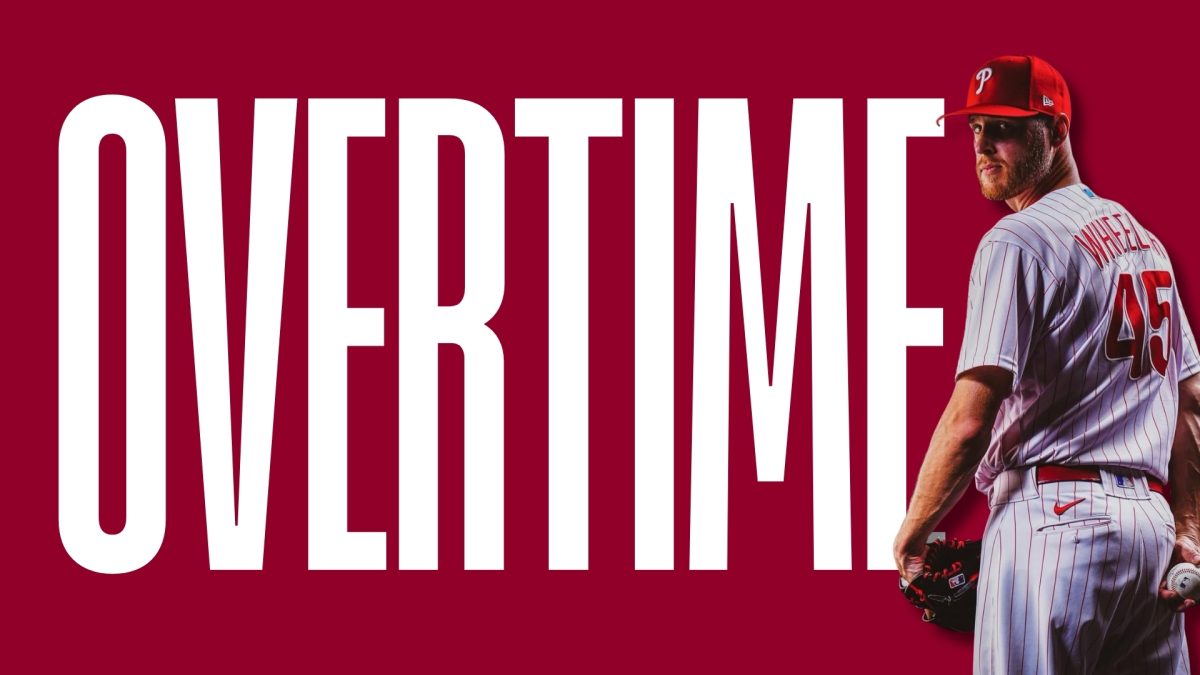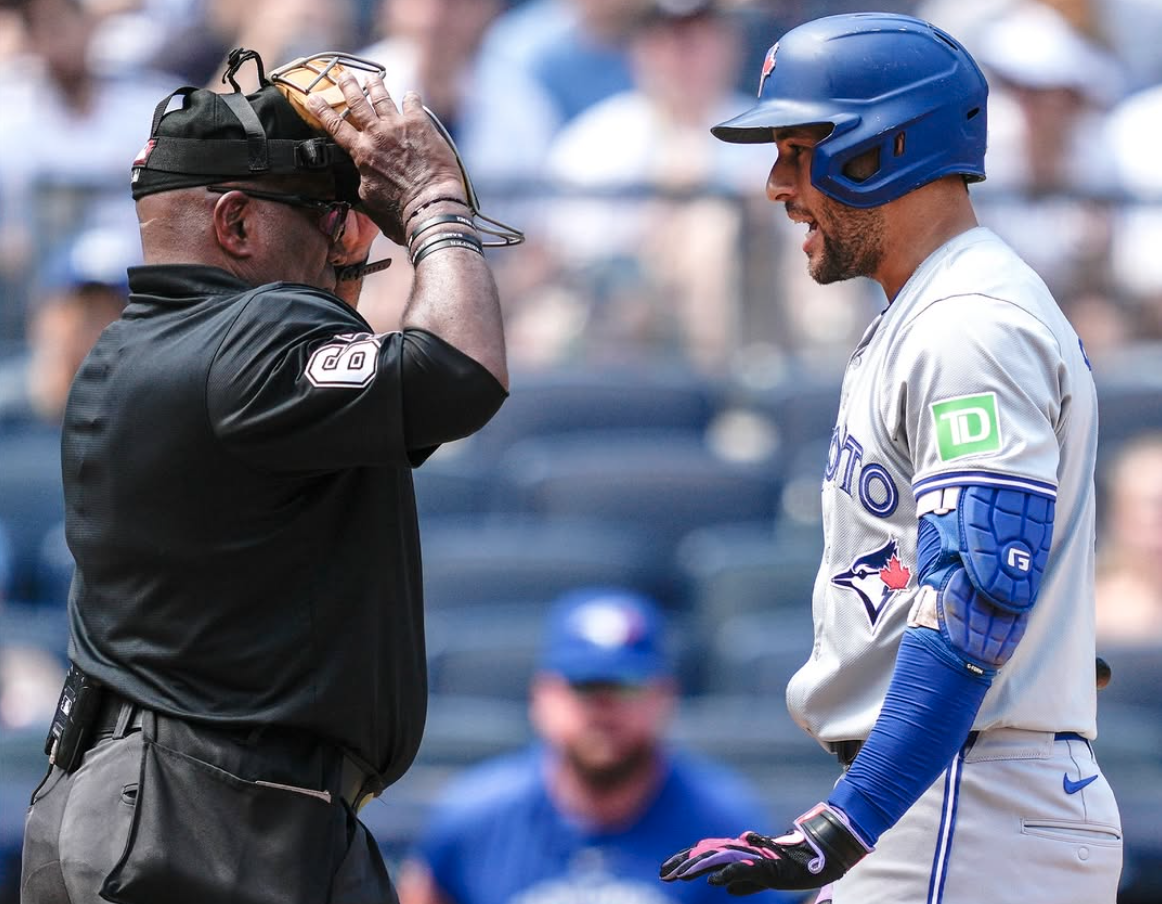In 1876, the first professional umpire called the shots in the first National League game, and back then, teams only paid them $5. Now, with new technology, robotic umpires are checking in for a shift behind the plate for Major League Baseball (MLB).
At the beginning of next season, the MLB will be implementing an Automated Ball and Strike system (ABS) challenge system into the game. Both teams will have two challenges per game that they can keep if they win the challenge. Teams will also get one in extra innings if they have none left.
Challenges can be initiated by the catcher, the batter or pitcher. When a player decides to challenge an umpire’s call, it is initiated when the player taps on the top of their hat or helmet.
The challenge system will now be powered by a system of cameras that will allow the umpires to review the pitch in real time. When a player challenges, it will be reviewed on a video board and judged whether or not it was a ball or strike.
Fans have gotten a taste of this system leading up to next season. It was first tested in the Atlantic League in 2019 and made its way to Triple-A during the 2023 and 2024 seasons. Now, the full ABS system was replaced for the challenge system we have coming next season.
In the beginning of the 2025 season, fans got to see the ABS system in place during spring training and during the All-Star game. These two games were the first time the MLB was able to show off the new technology to a wider audience.
Other sports have been using the same system the MLB has grown to adopt. An ABS system similar to the one used in the MLB is found in tennis and judges whether or not a ball was inside or outside of the lines. This system has been in place in tennis since 2006, almost two decades before baseball made an attempt at similar technology.
The set up for the ABS system will be the width of the home plate, 17 inches. At the top end of the strike zone, there will be 53.5% of a player’s height and at the bottom of the strike zone, it will make up 27% of a player’s height. This new way to track pitches will also track the length of home plate, 8.5 inches.
Even though this ruling seems positive, it did not pass unanimously. The MLB Competition Committee brought up some concerns that the Players Association (PA) has about the system.
The MLB Competition Committee was made up of six MLB-appointed members, four active players and one active umpire, so input was key throughout the whole process.
“I think with any sort of technology, there’s not 100% certainty of the accuracy of the system,” said Yankees outfielder Austin Slater, one of the members of the committee.
“I think the same can be said of umpires. So I think it’s just coming to grips with the impact that technology is going to have and whether or not we were willing to live with that error that was associated with the system, even if the error is very, very miniscule,” he said.
According to the UmpScore card, when Major League umpires call pitches, they are 94% accurate. The MLB also says that the addition of robot umps will cut down on ejections — 61.5% of ejections last season were over ball and strike calls.
The questions around the system also brings up concerns about framing pitches, and having that element removed from the game entirely with the new challenging system.
San Francisco Giants catcher Patrick Bailey feels like this will emphasize the size of the batters strike zone instead of relying solely on framing.
“I think it’s a bummer for catchers across the league,” Bailey told the Athletic. “But I don’t think it’s going to take away the value of framing. You still have to get calls and keep strikes (as) strikes. At the end of the day, I still think it’s going to be really valuable to know the zone.”
While the MLB has not fully committed to the robot umpires just yet, this is just the beginning of new technology implementing itself further into the game.
The new additions of the ABS system will challenge the umpires to be better and call pitches more accurately than before. The players will have to be more responsible when watching out for the right pitches, and knowing what pitch is actually worth the challenge.
In the league’s 288 spring training games where the ABS system was being used, calls got overturned 52.2% of the time; catchers had correctly challenged 56% and were most successful. Batters did not fall far behind, winning 50% while pitchers challenged 41% of the calls successfully.
This ABS system is going to add a new layer to the game. It is going to hold everyone more accountable and make games come down to razor thin margins. That will show who is really paying attention.
Like everything, some fans and players will love the new technology and some will hate it. Whether fans and players like it or not, the game is going to change, and everyone will be pushed to adapt to the changing landscape of the MLB.





